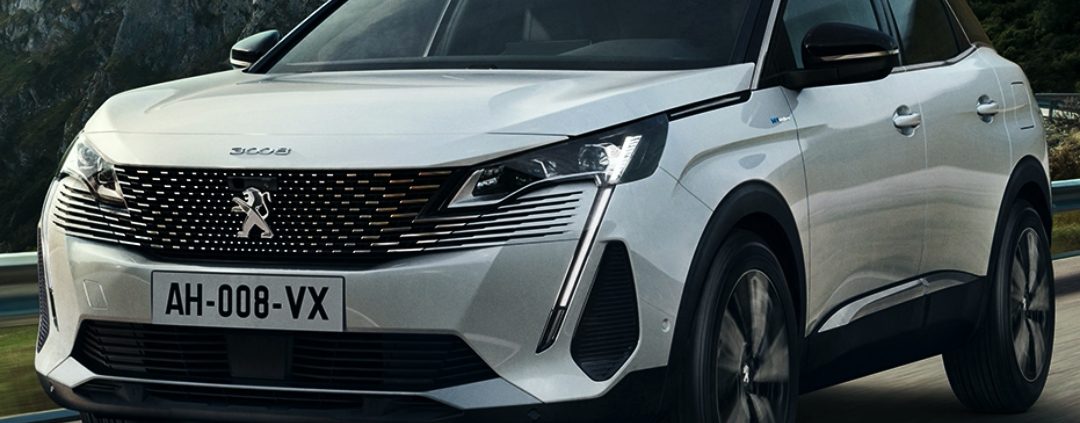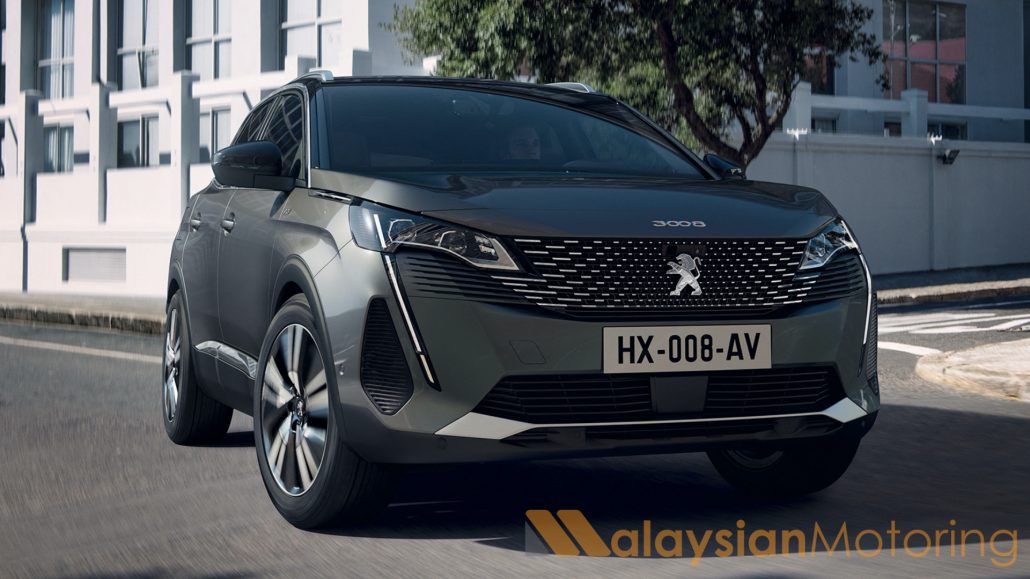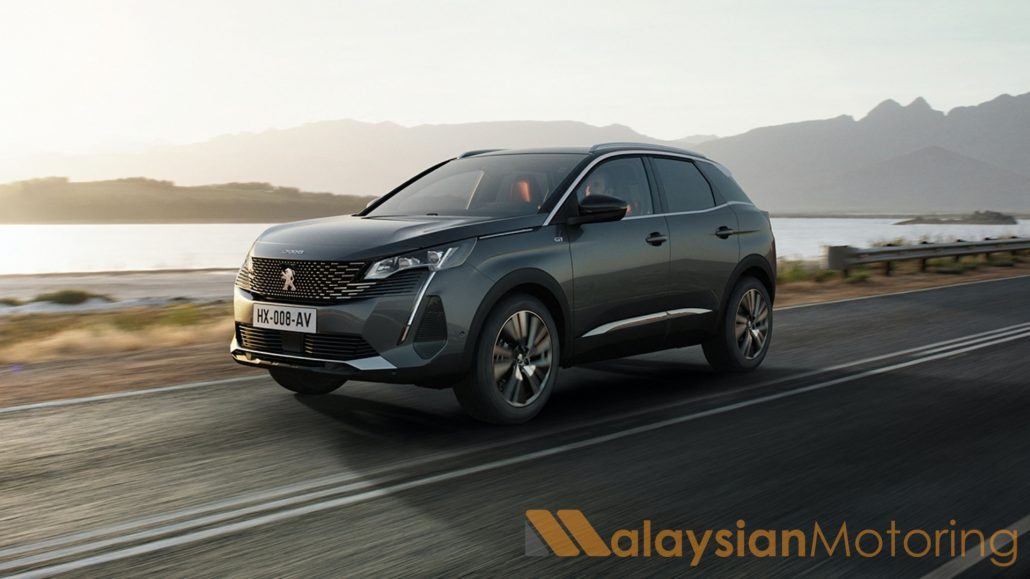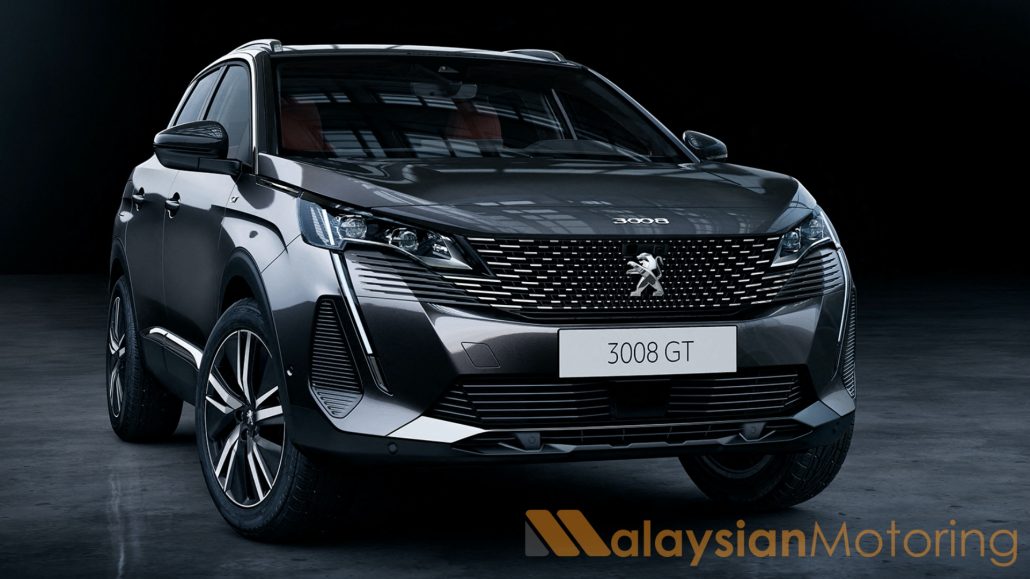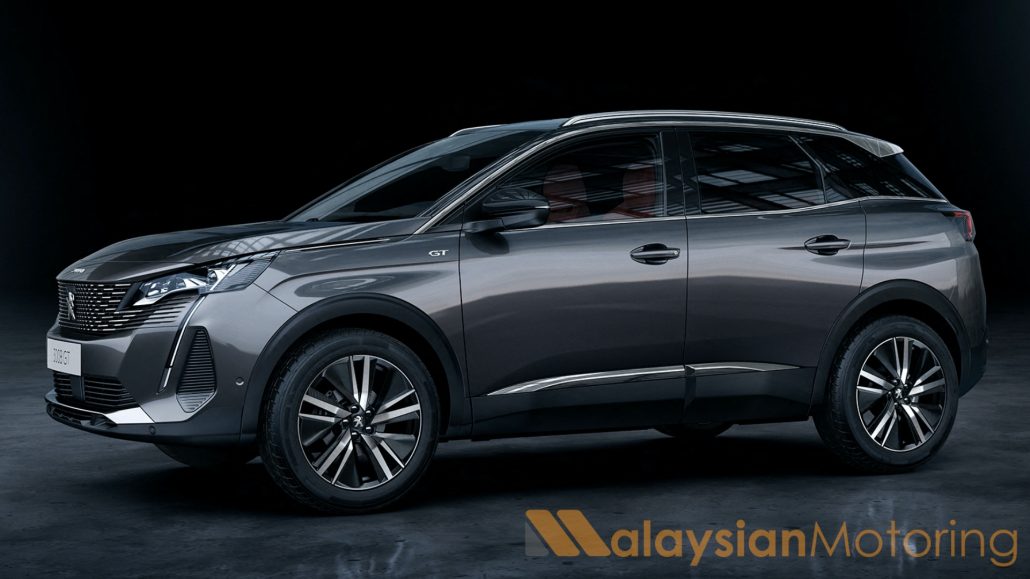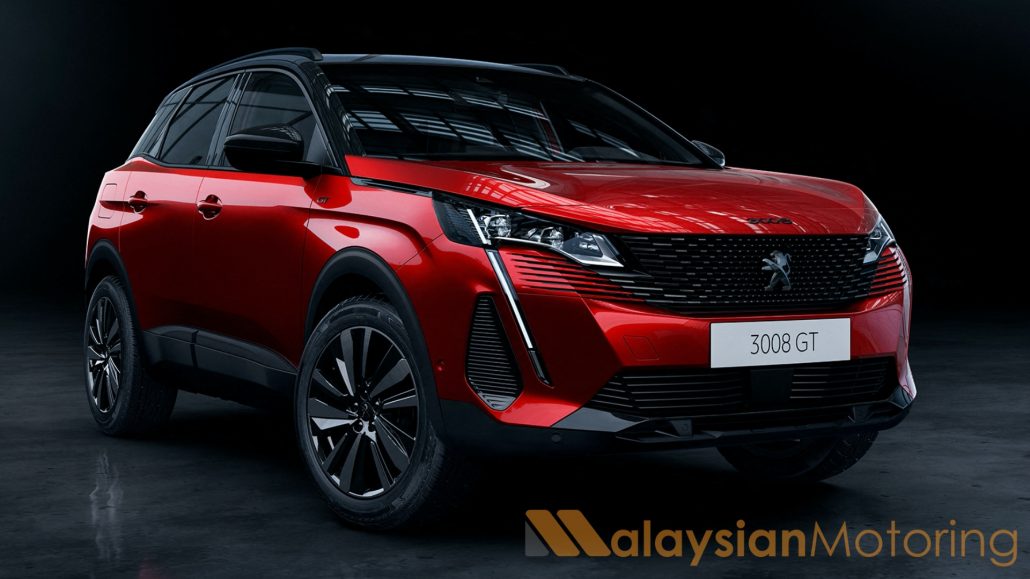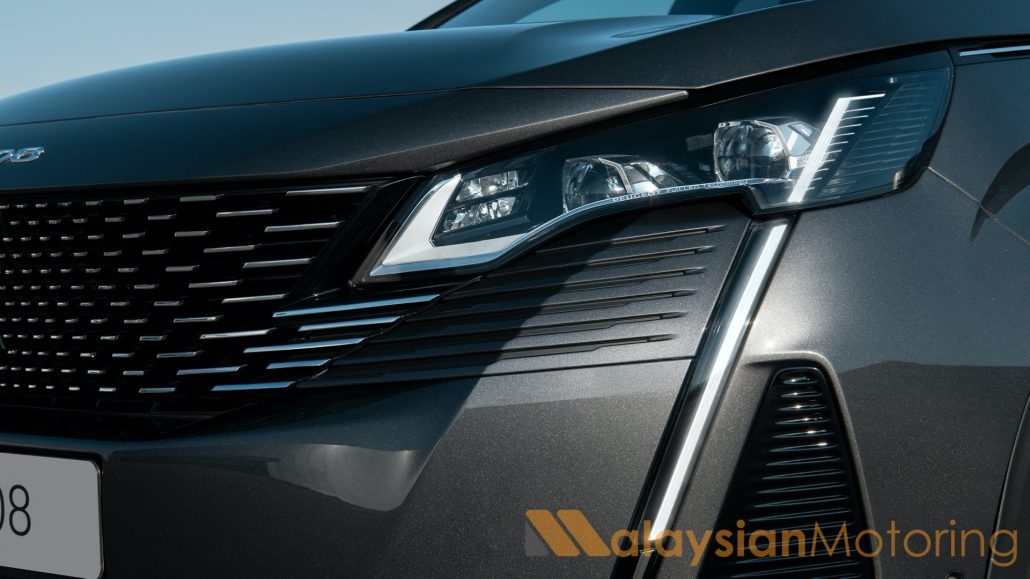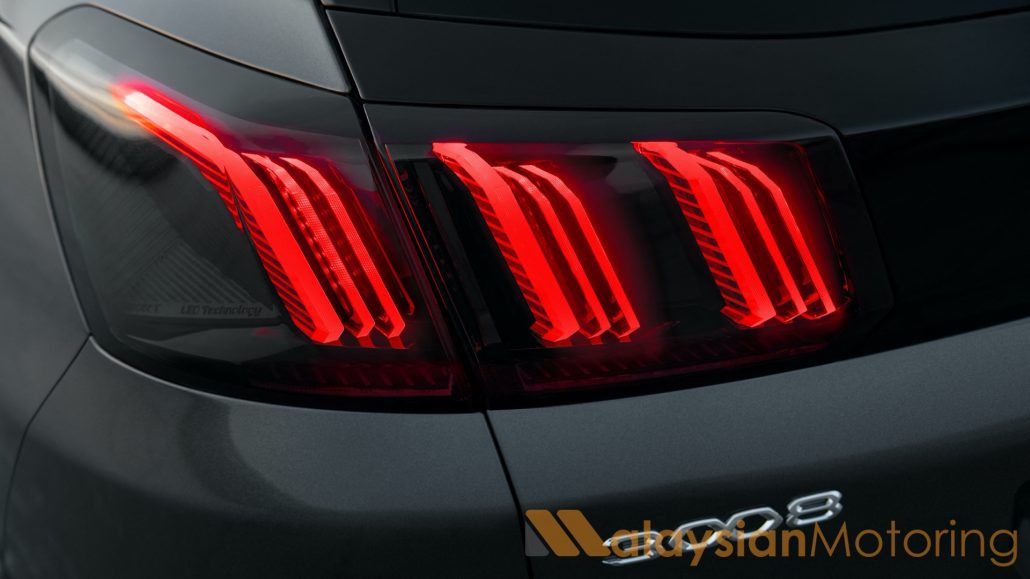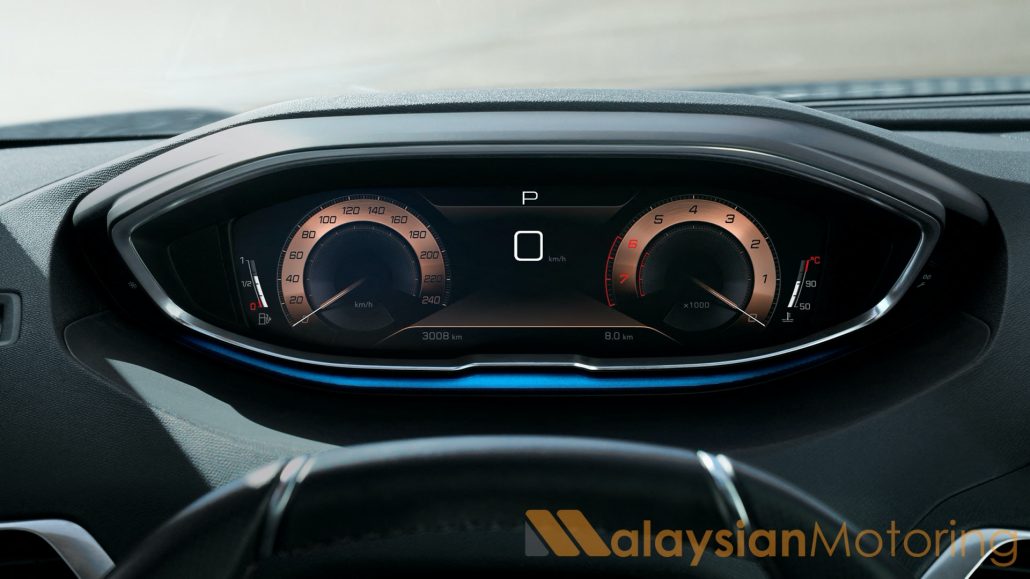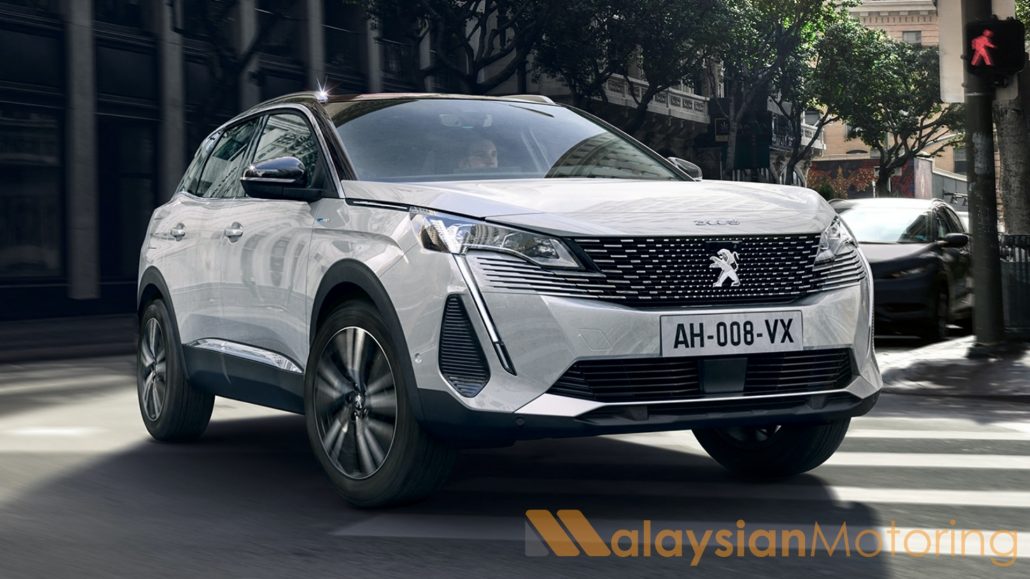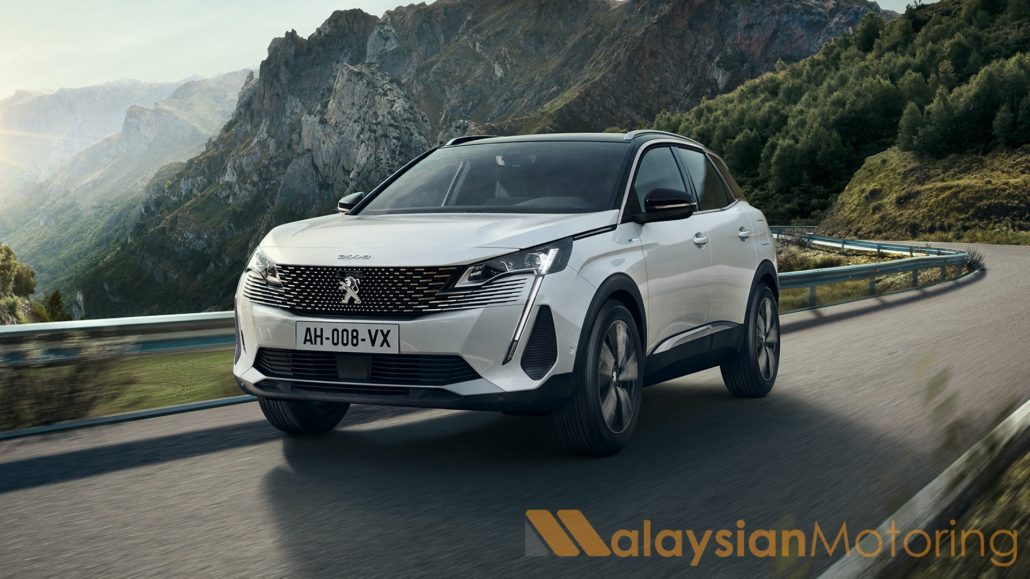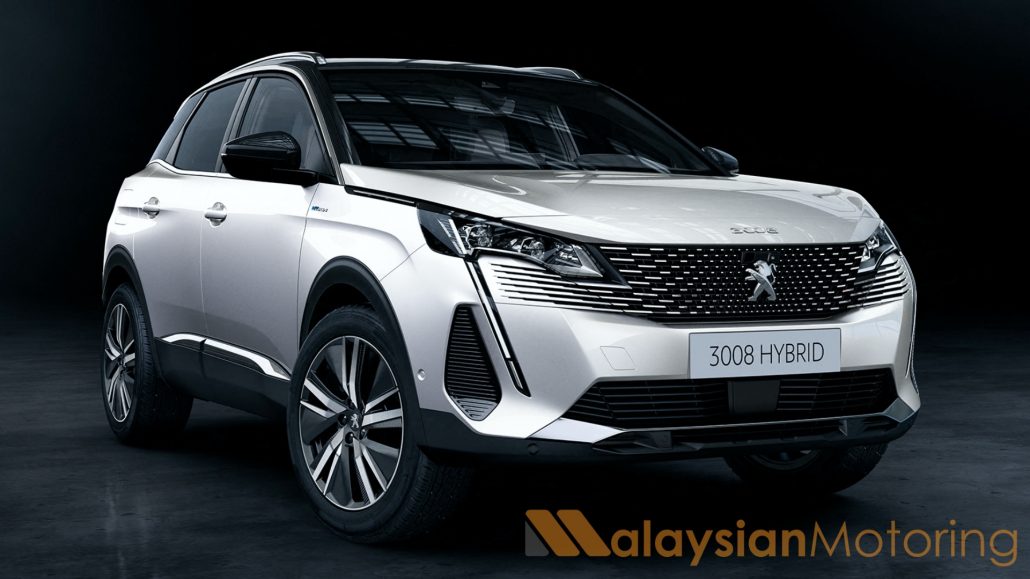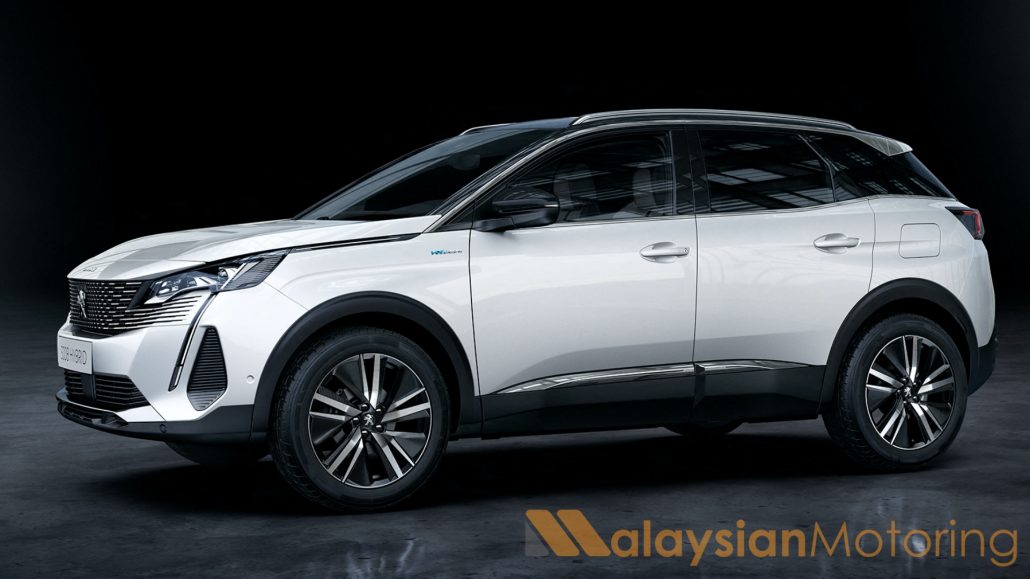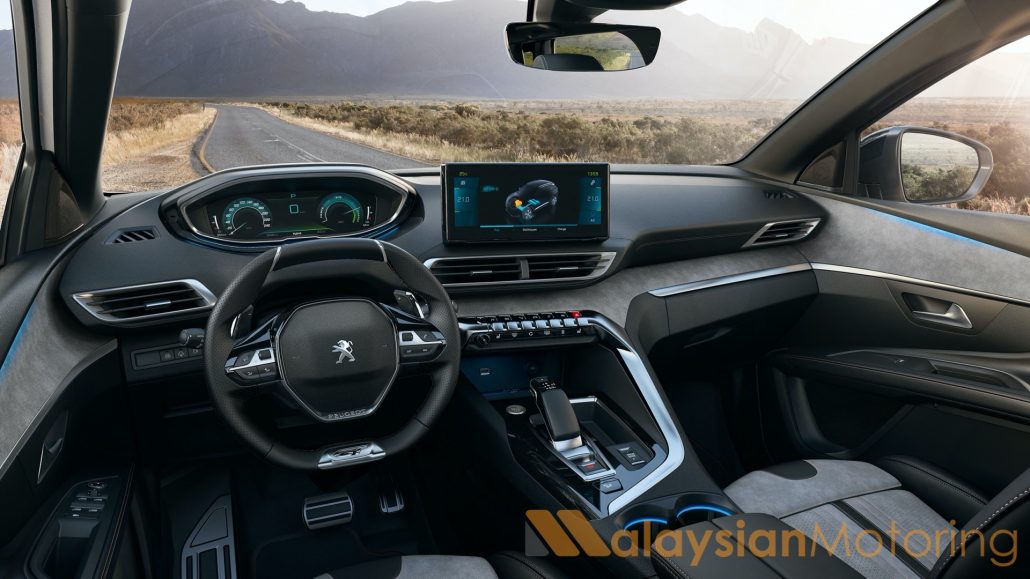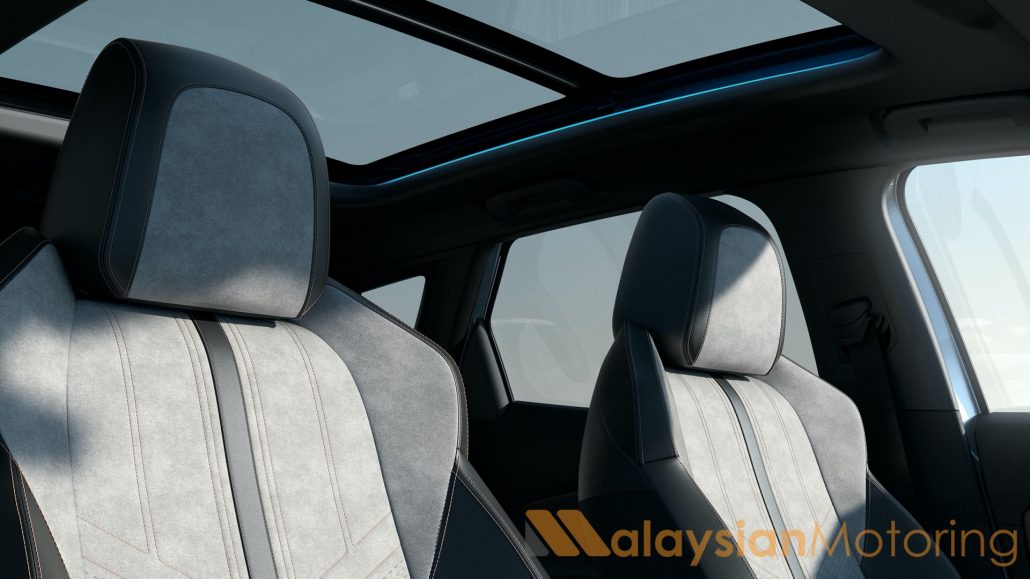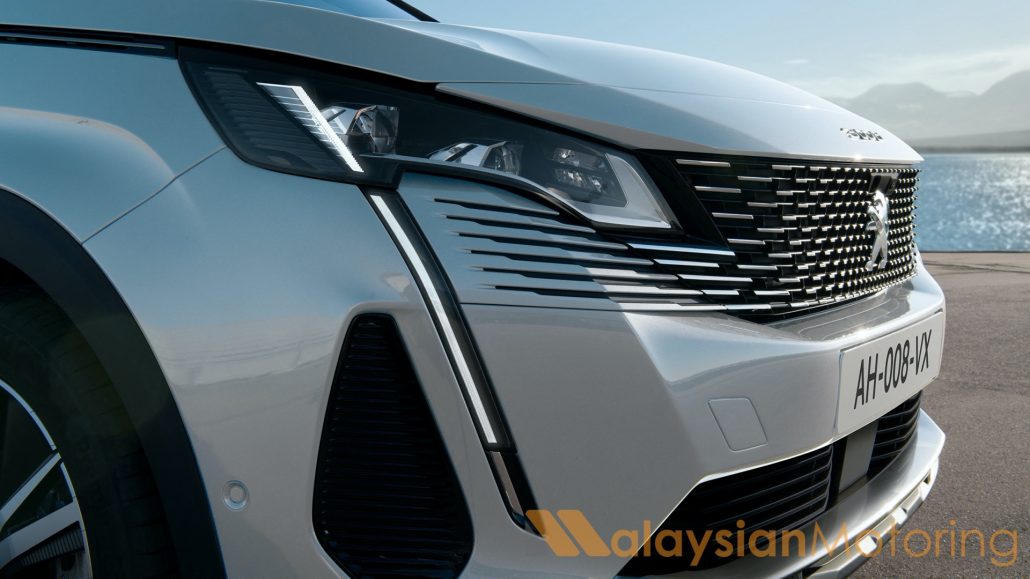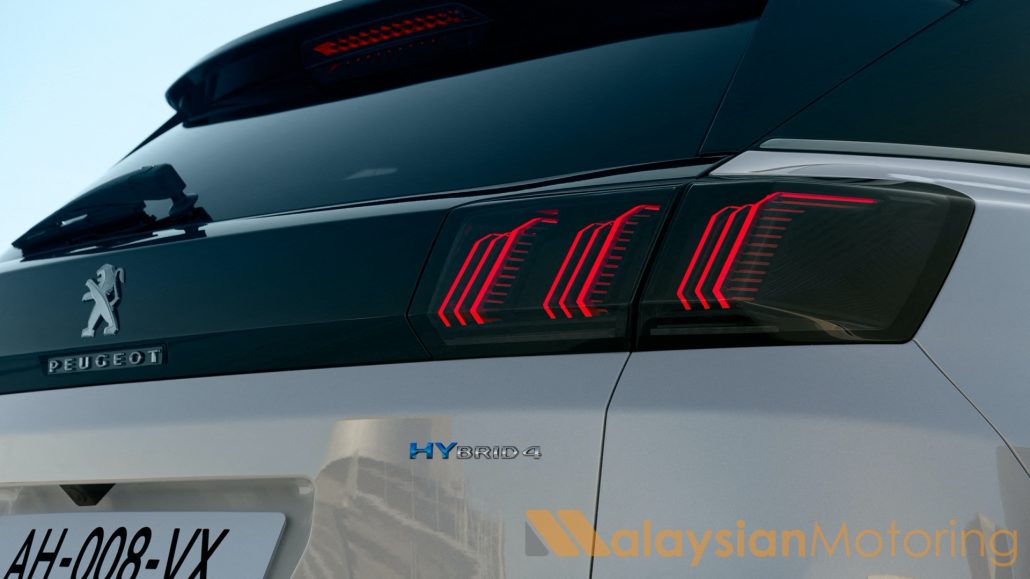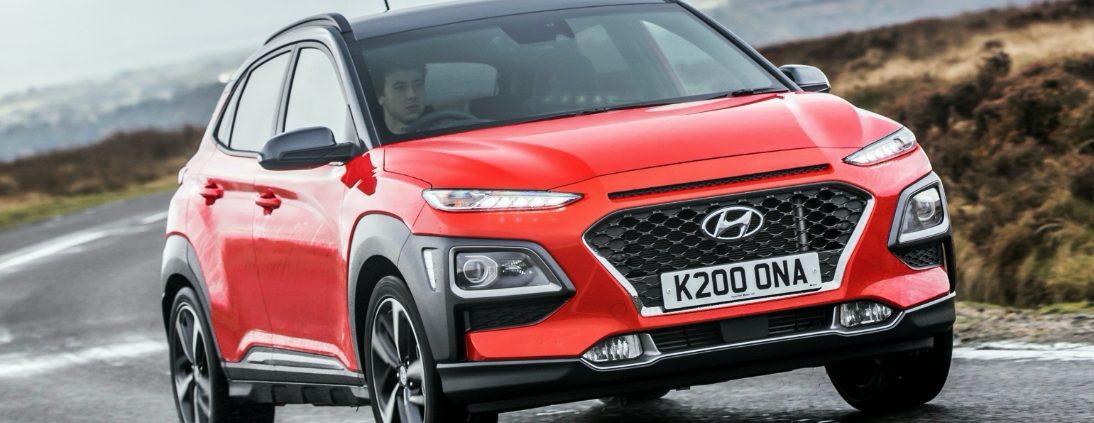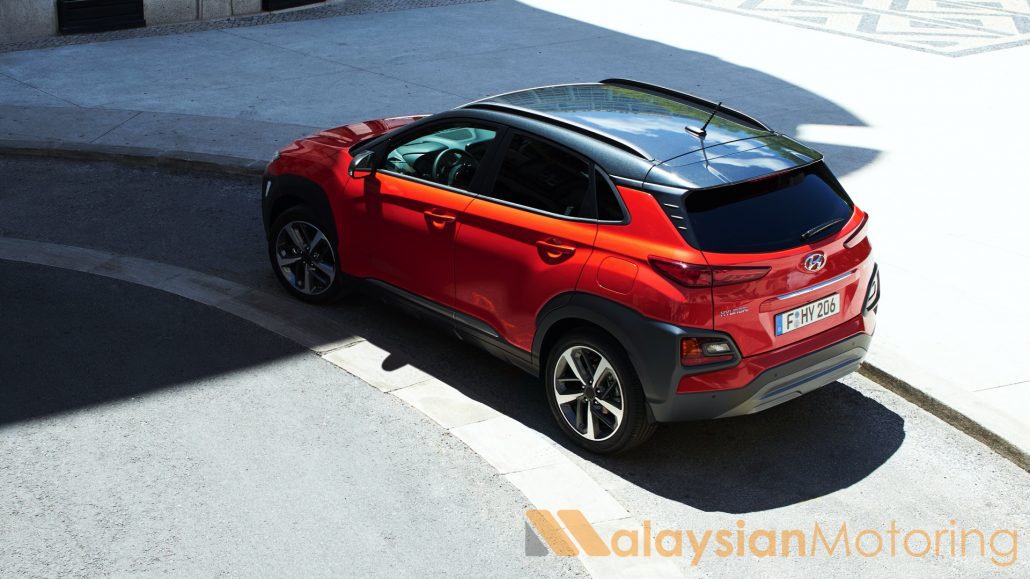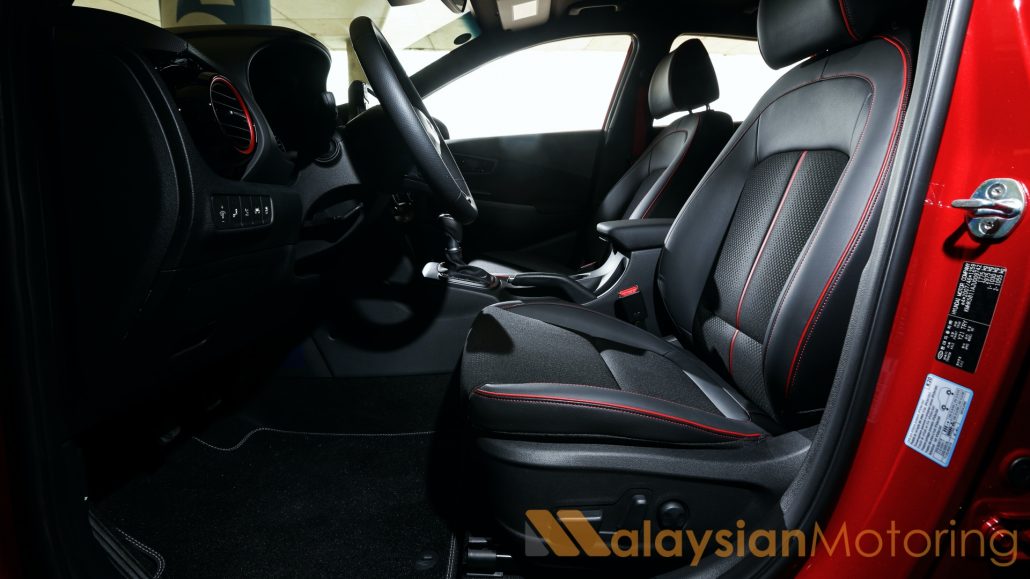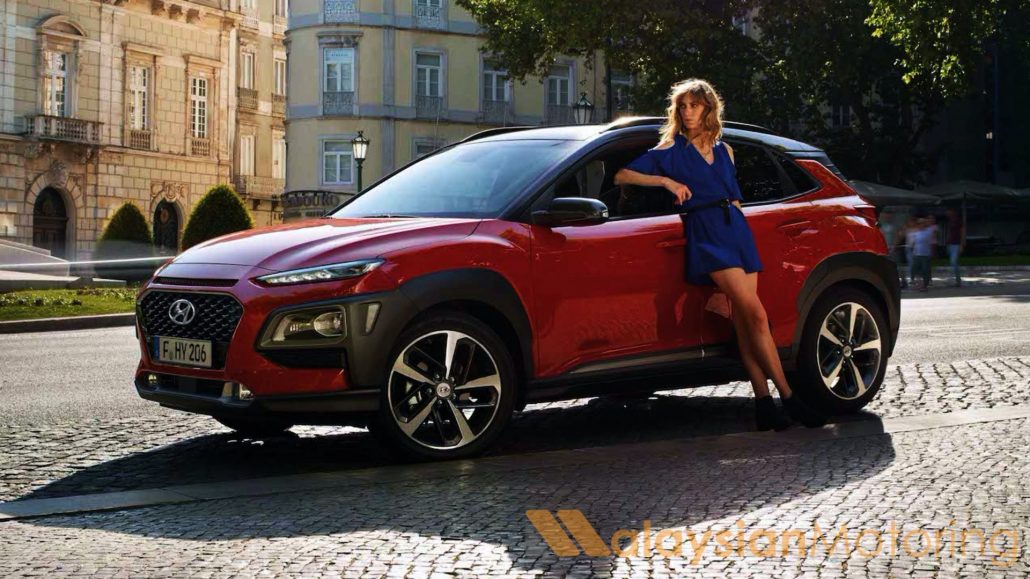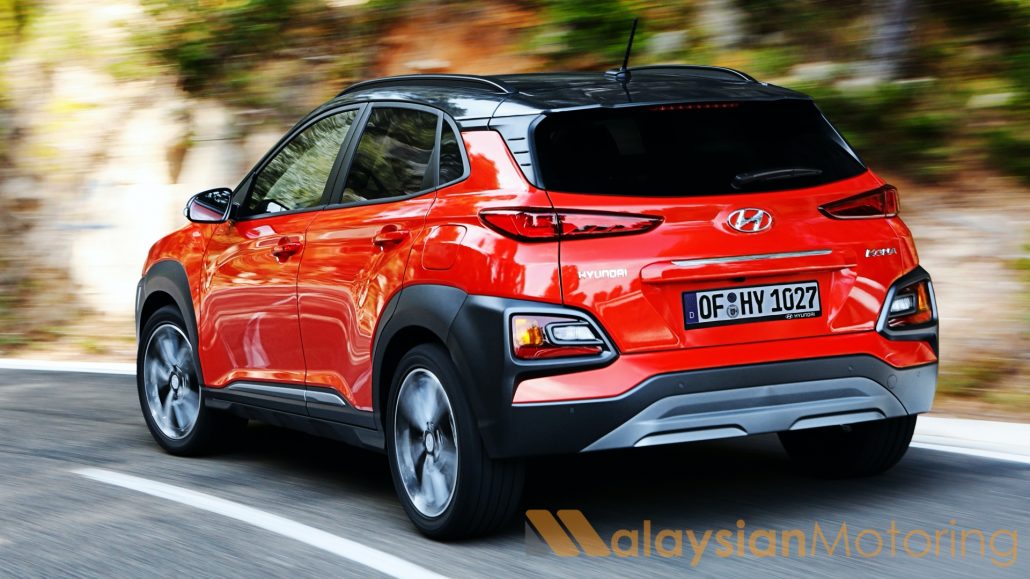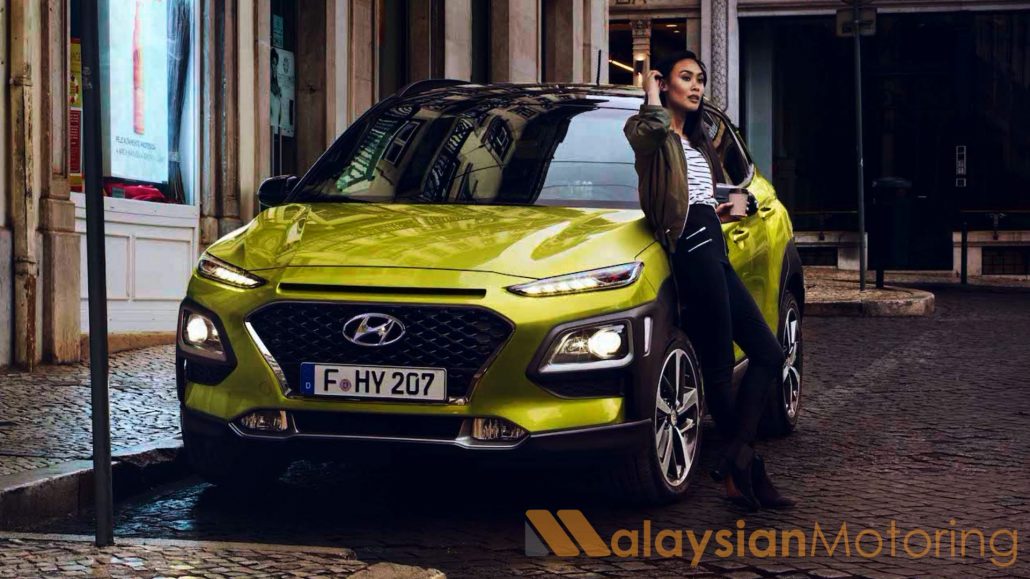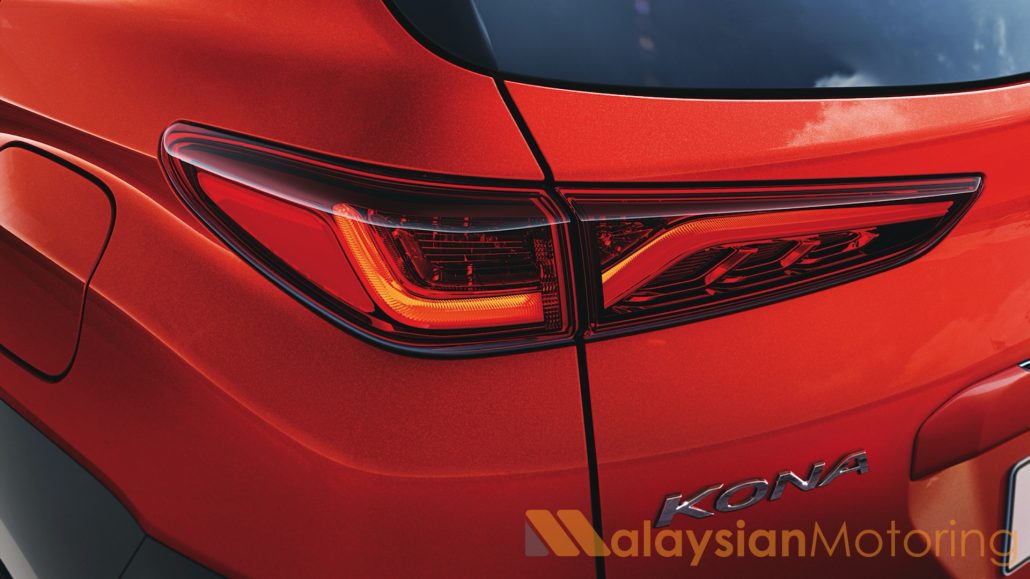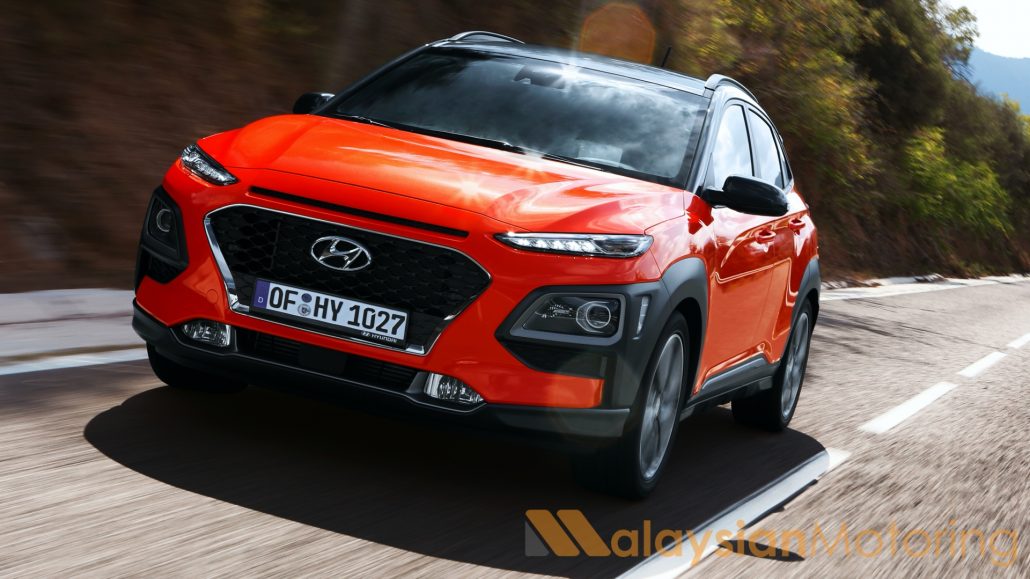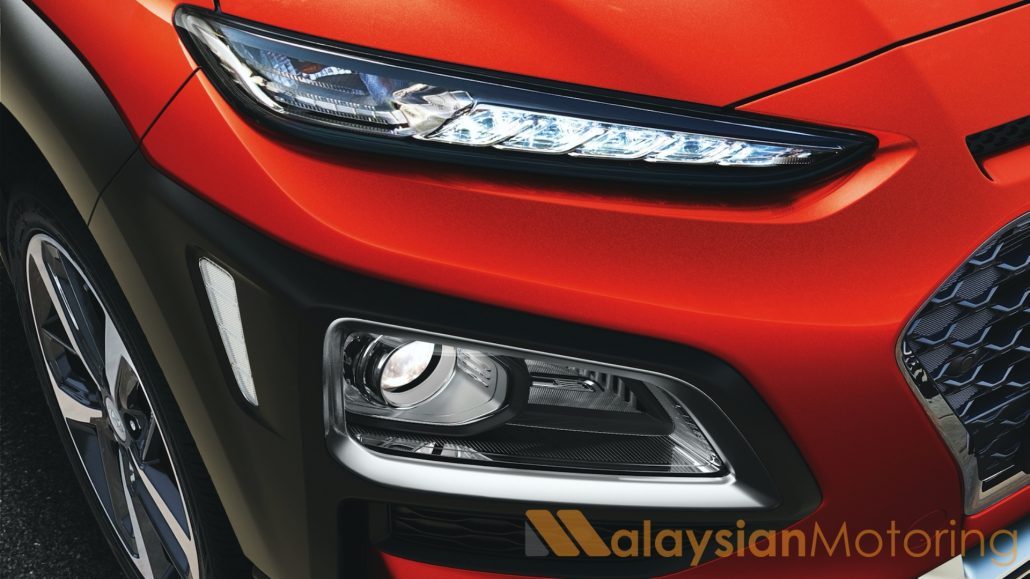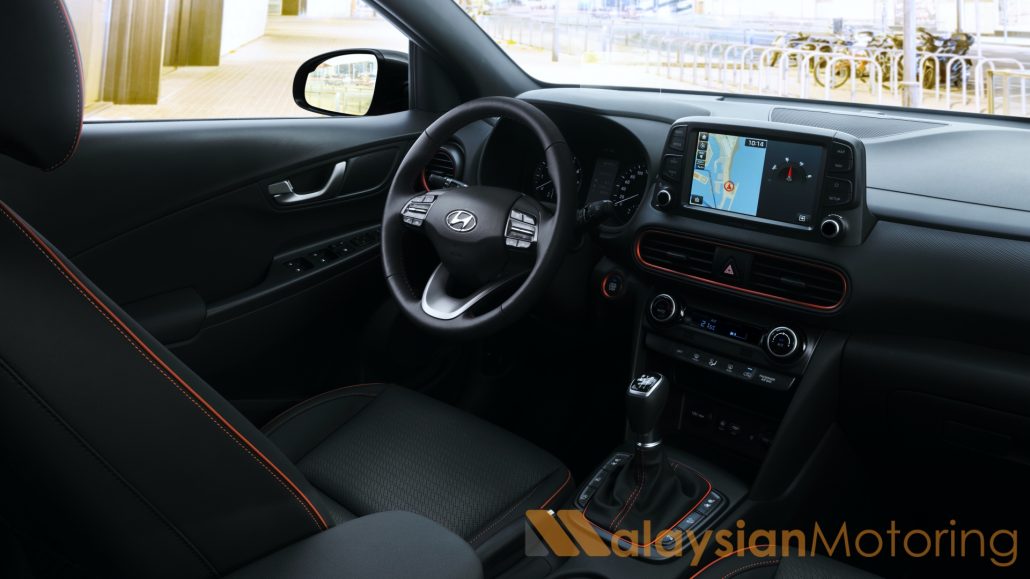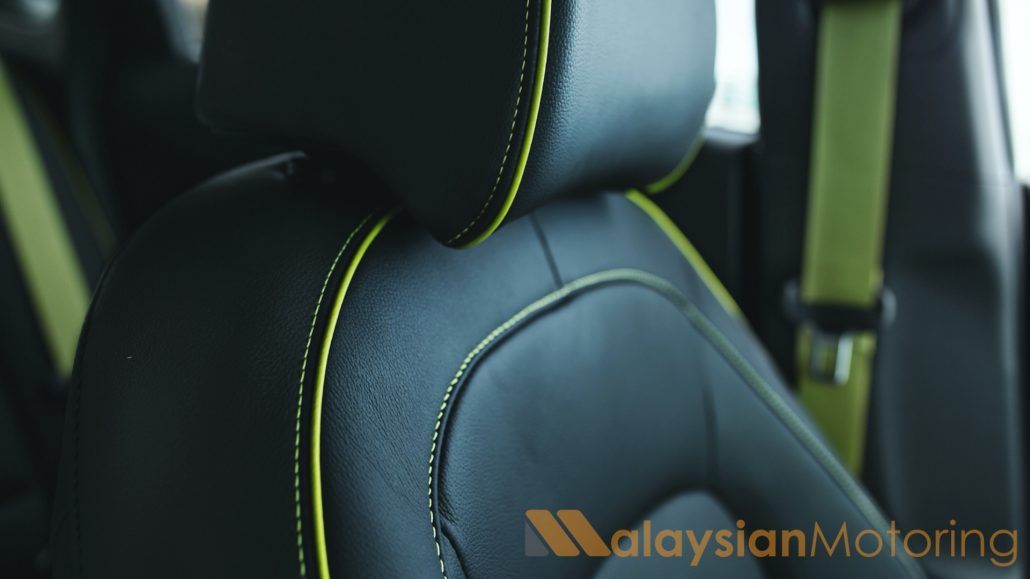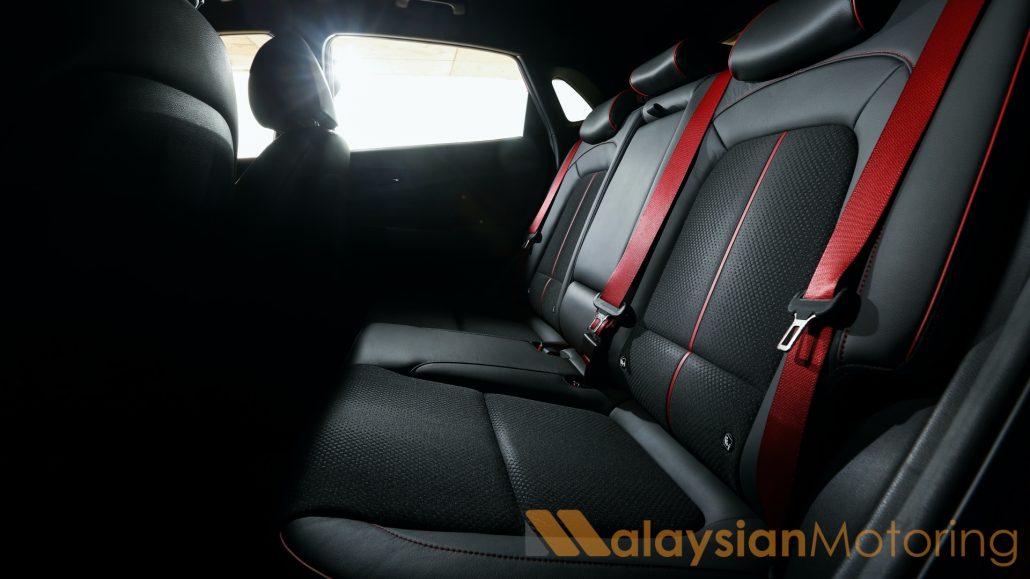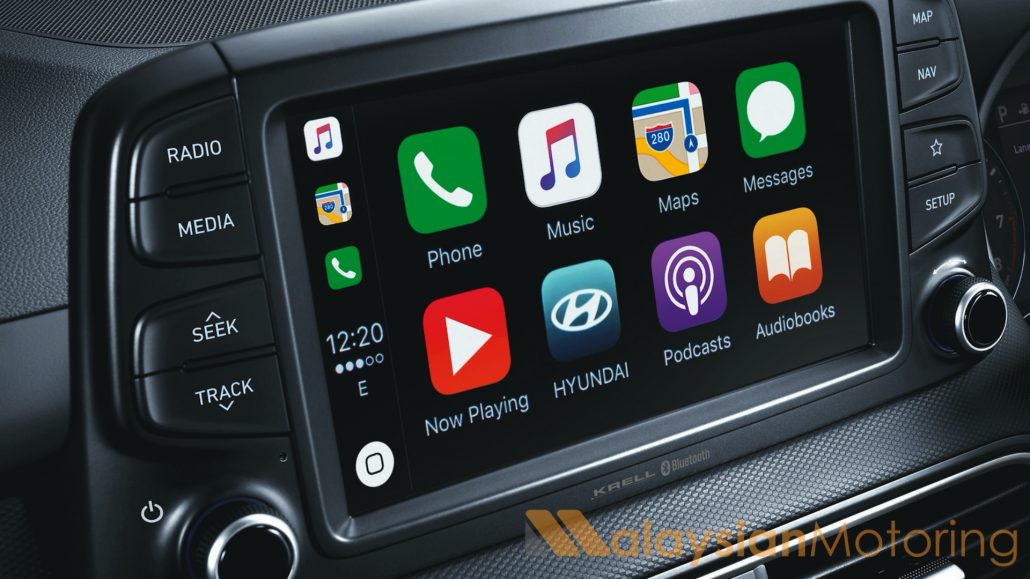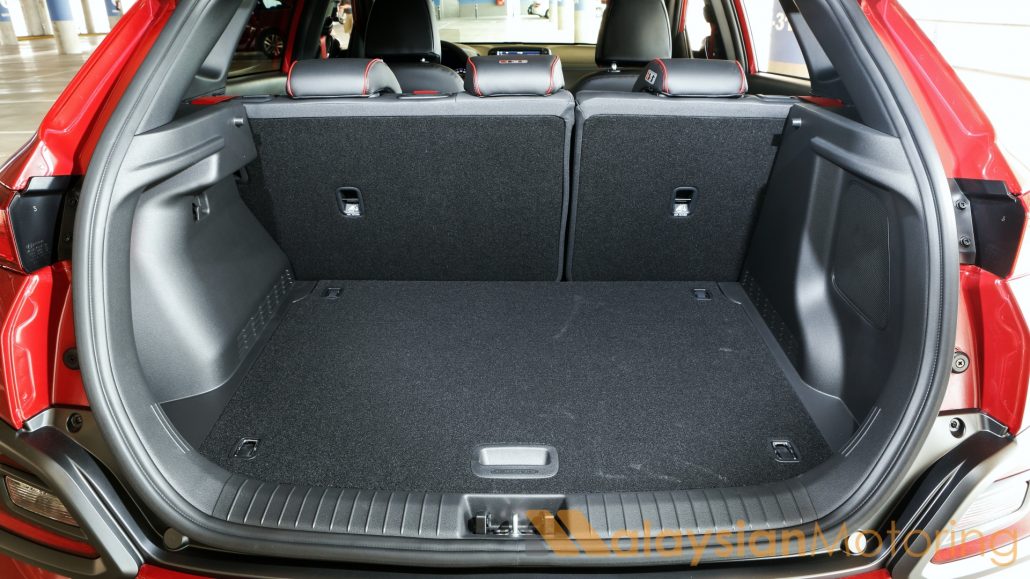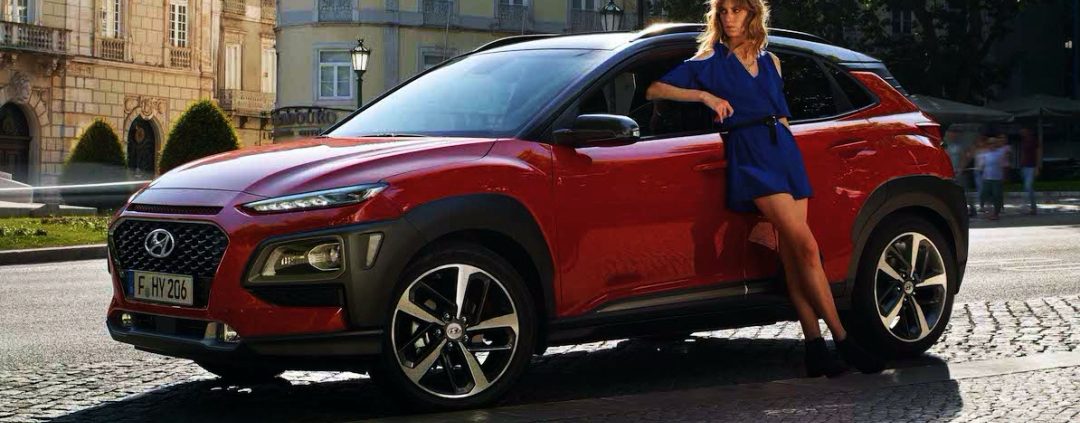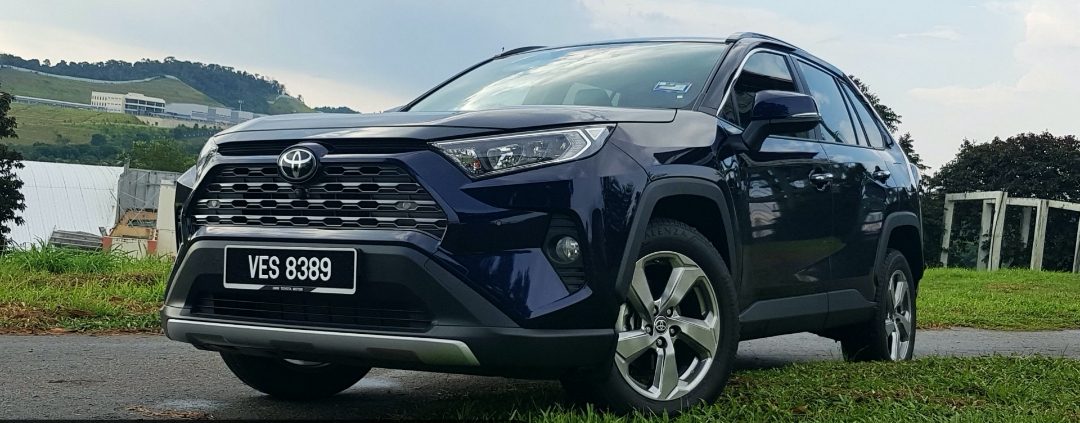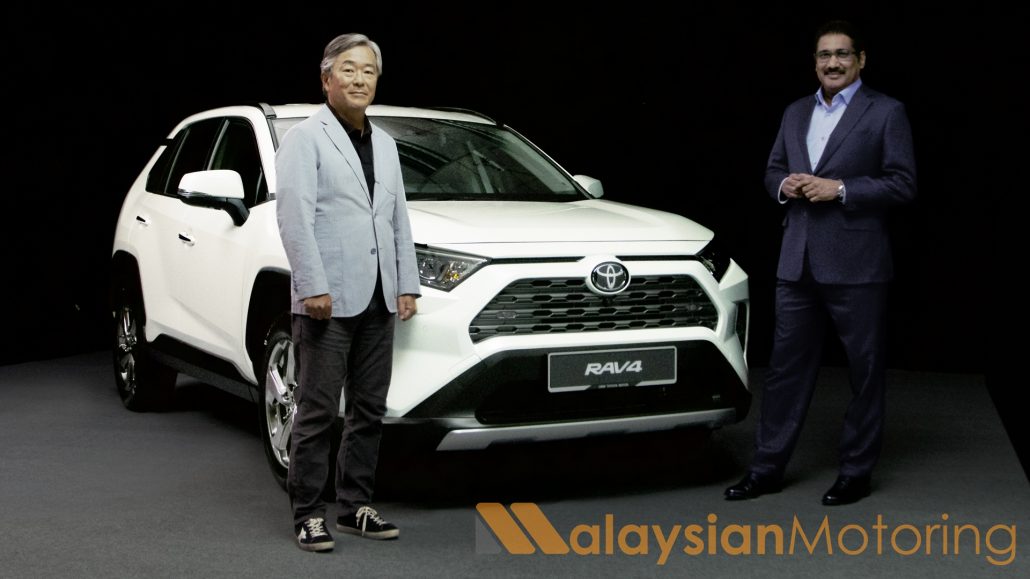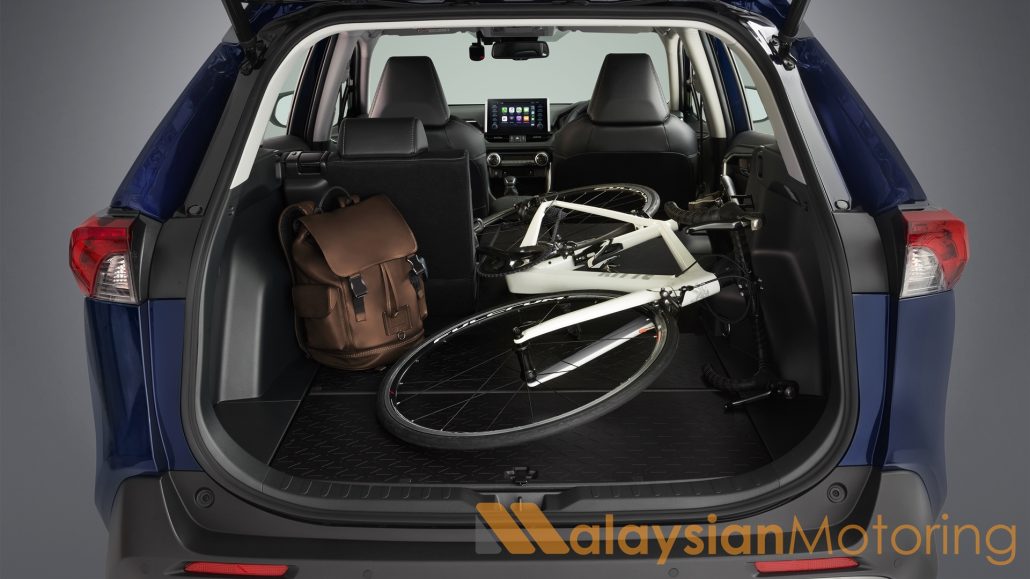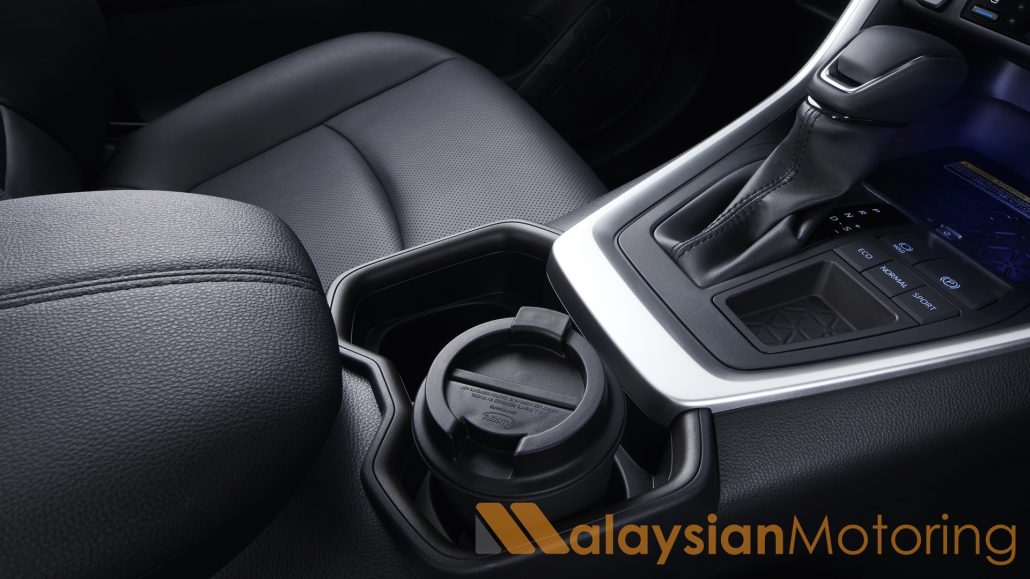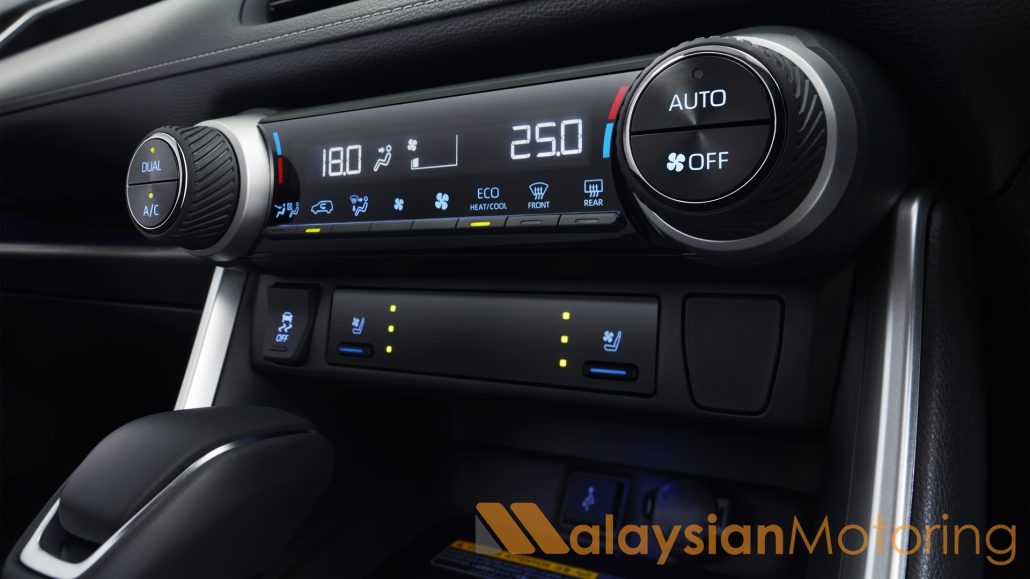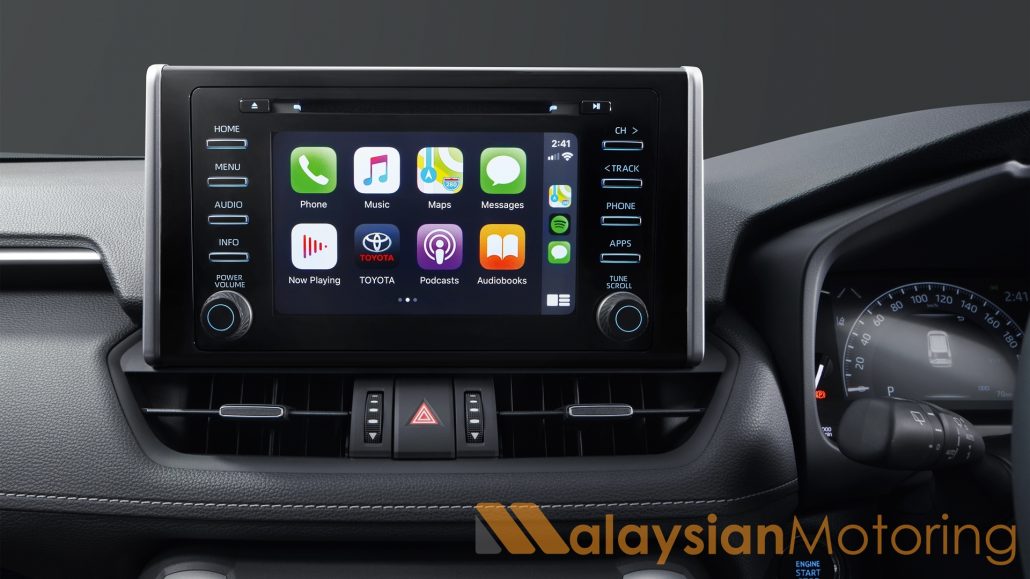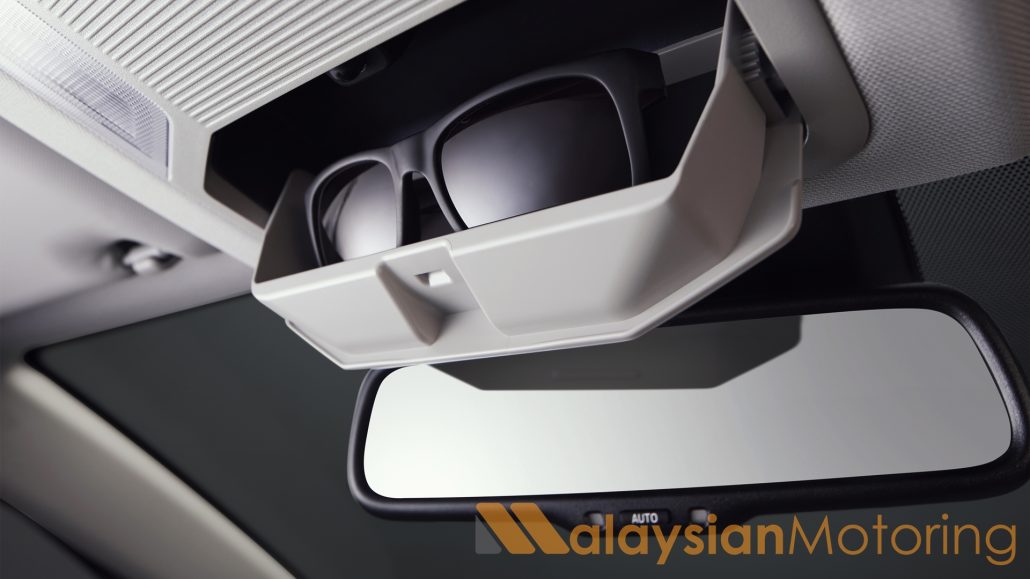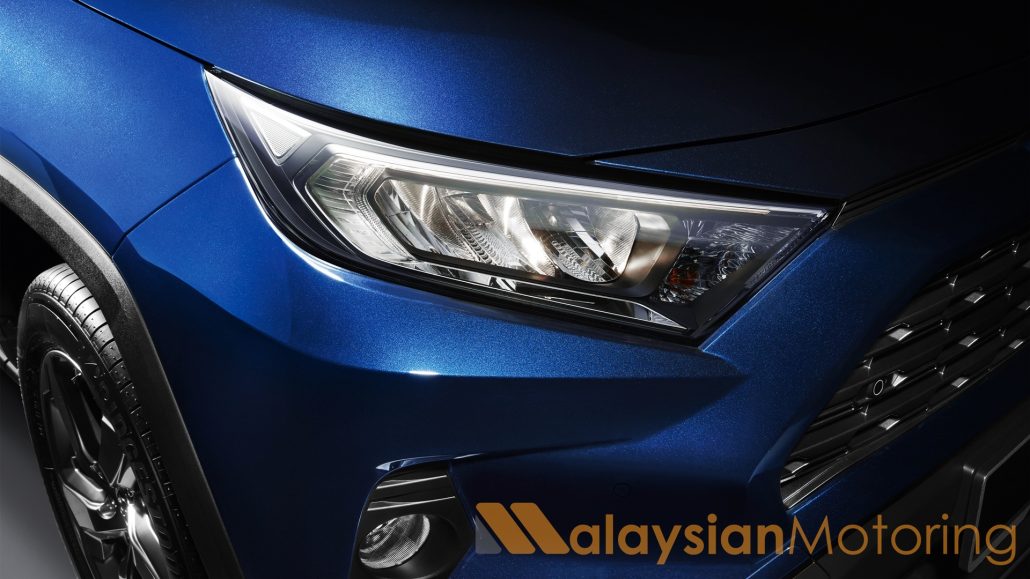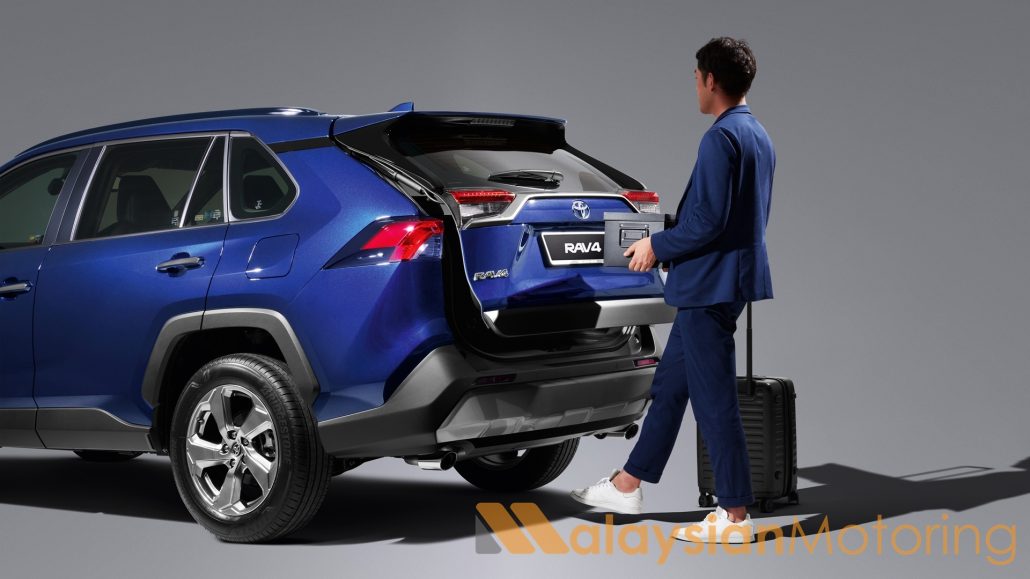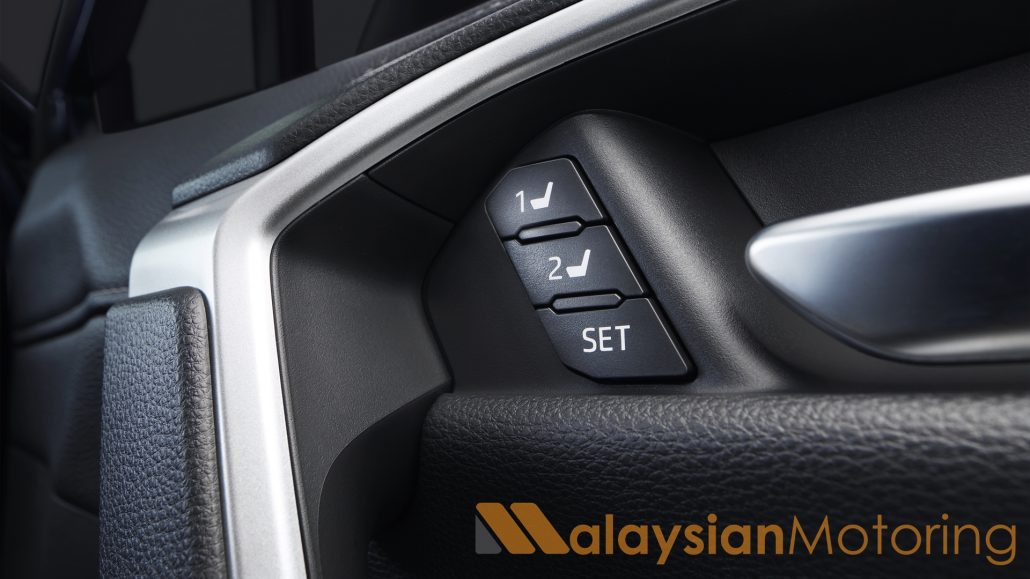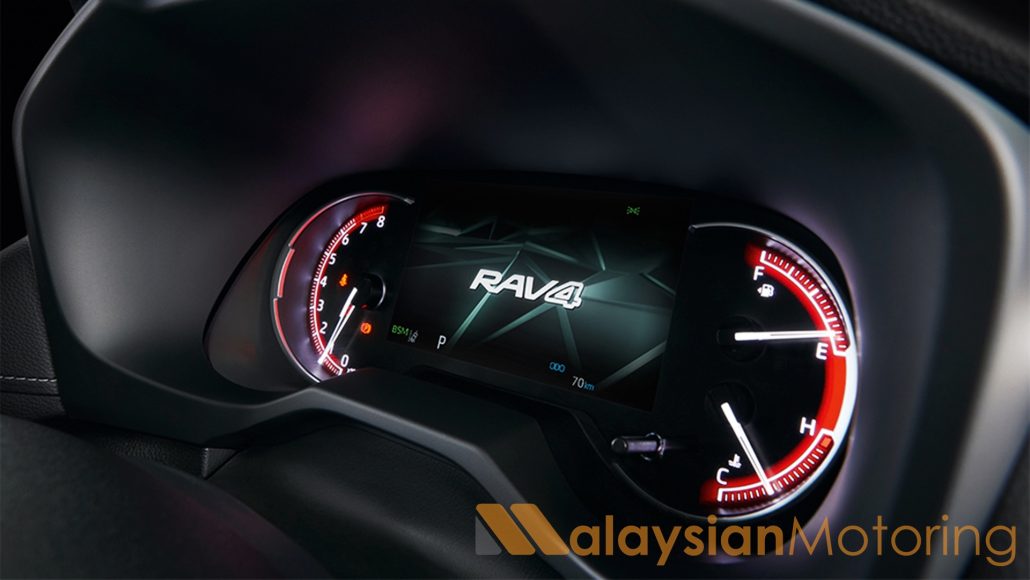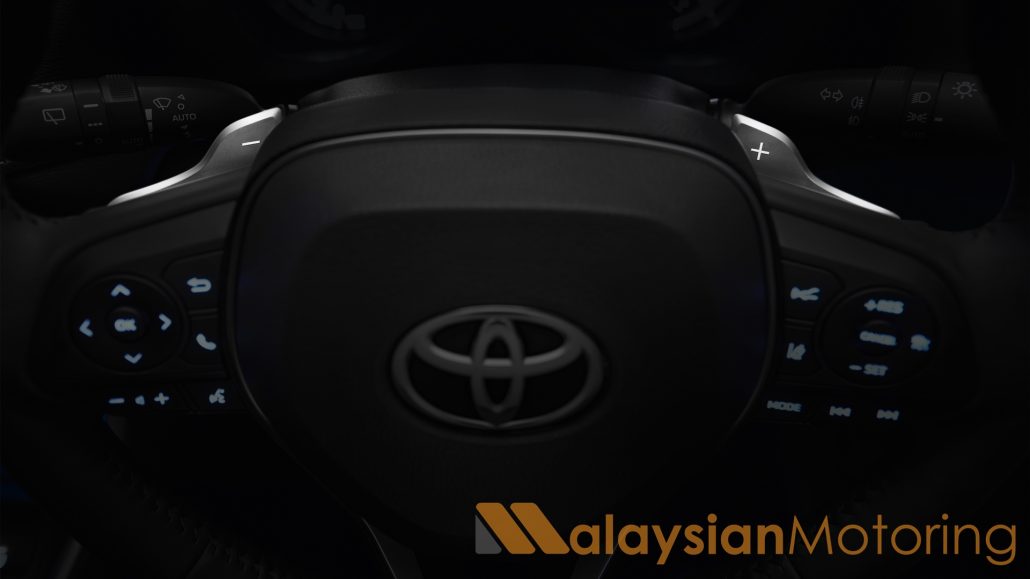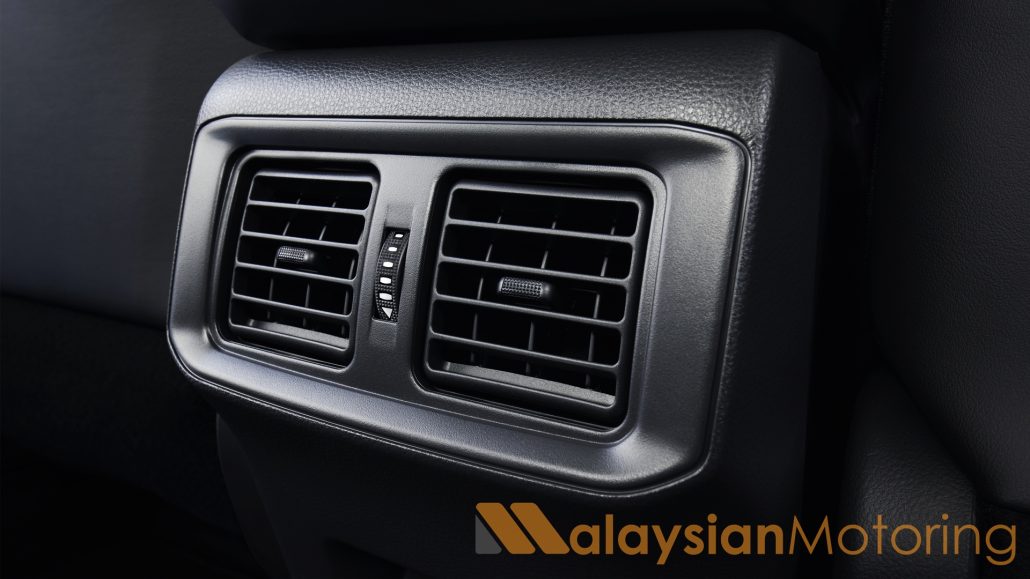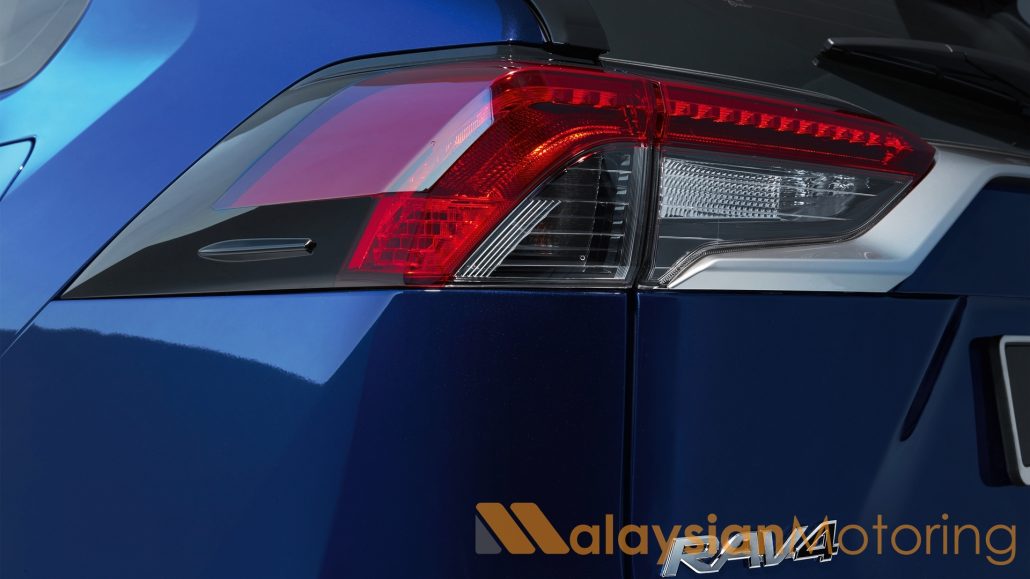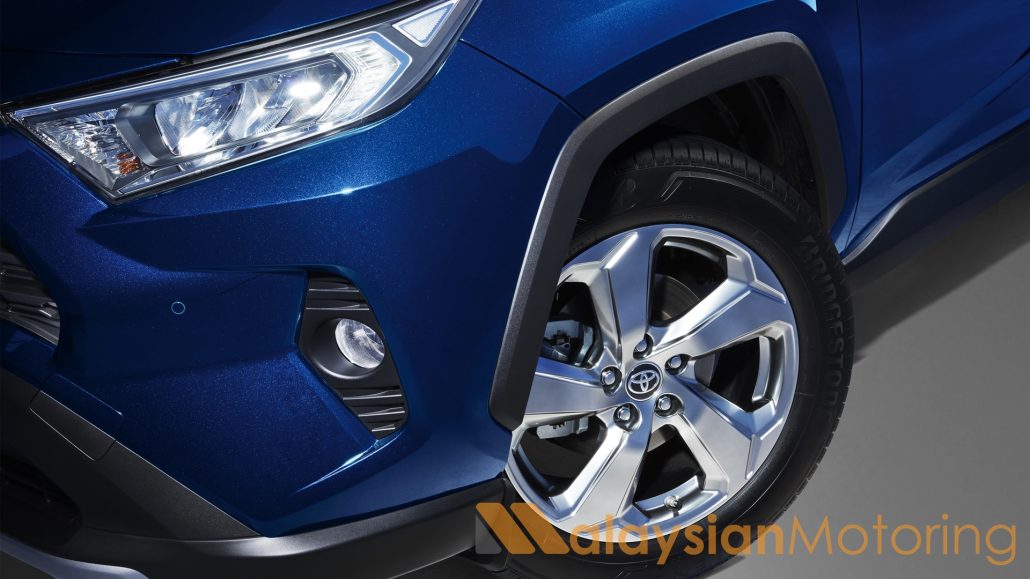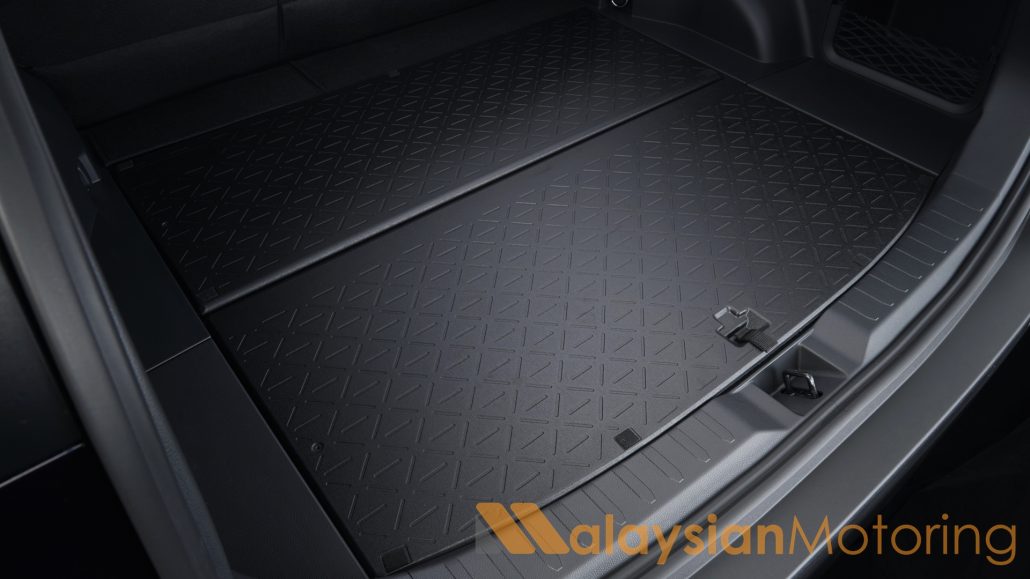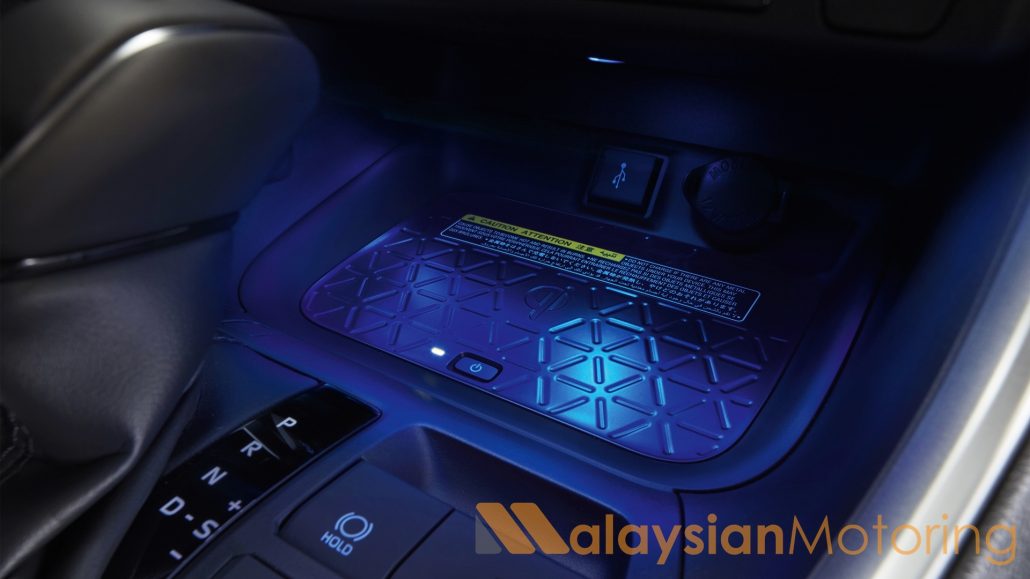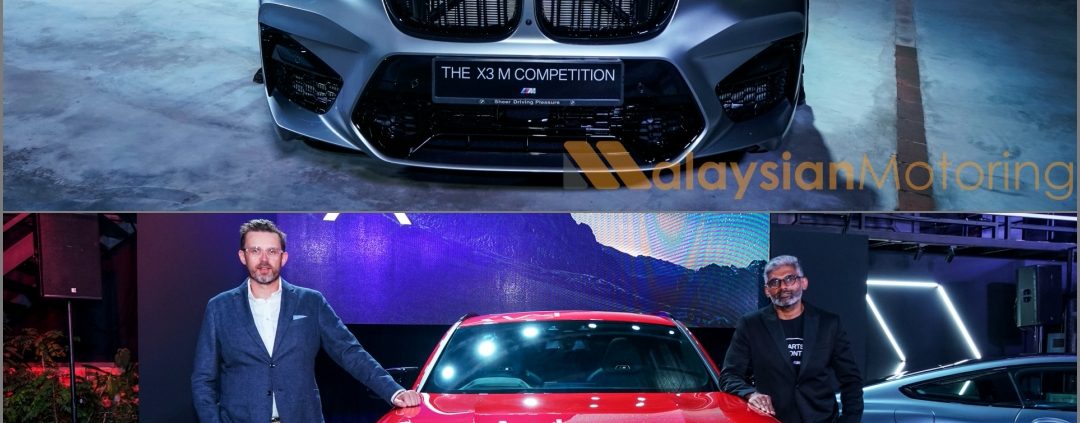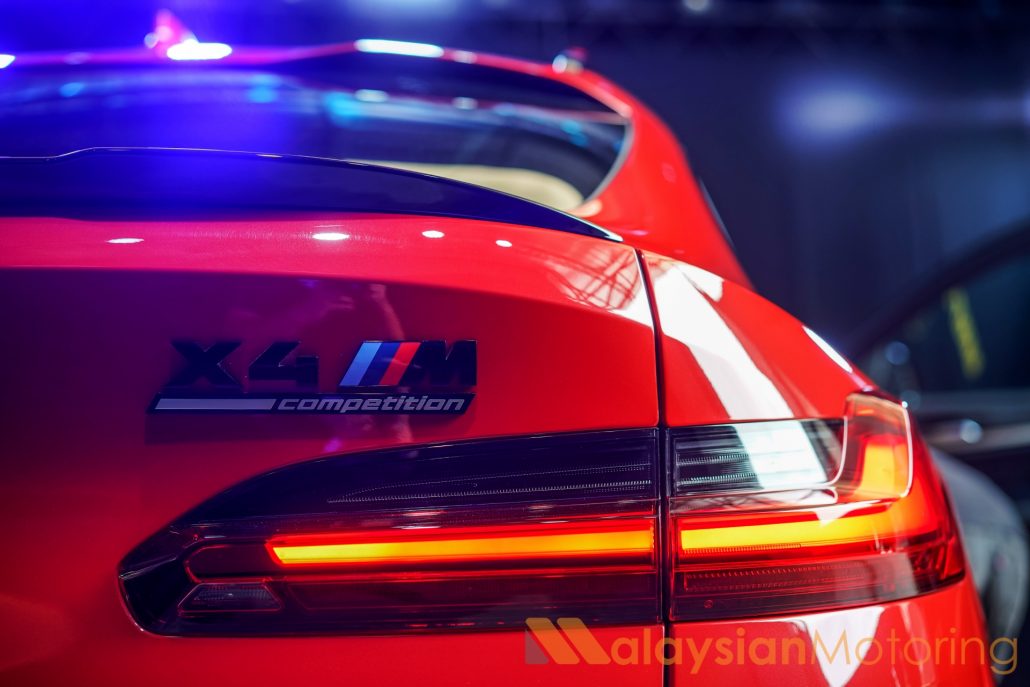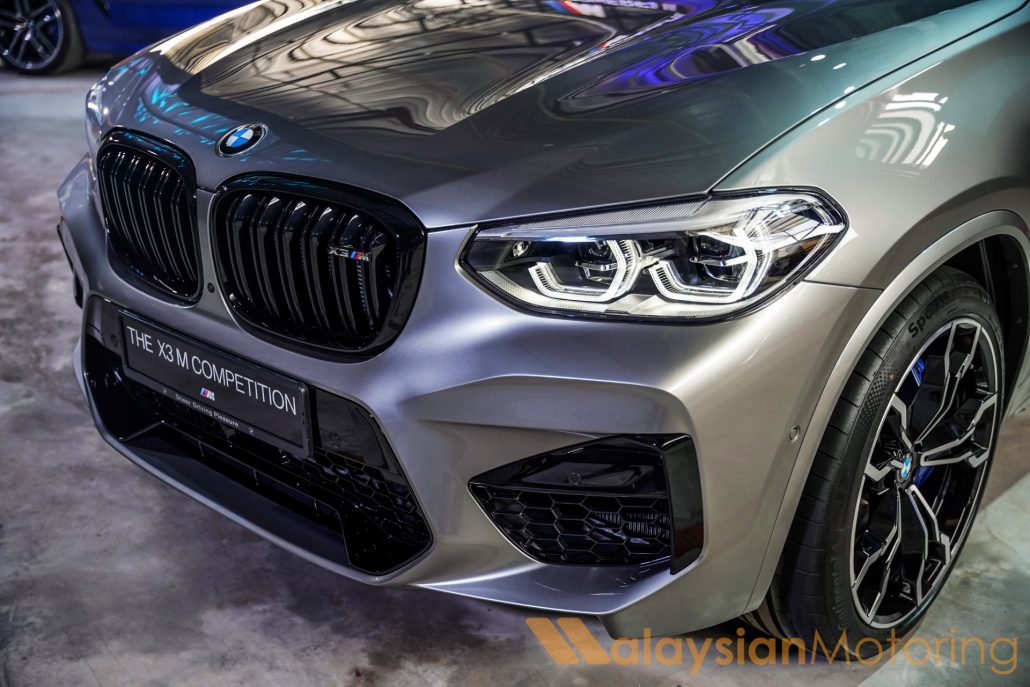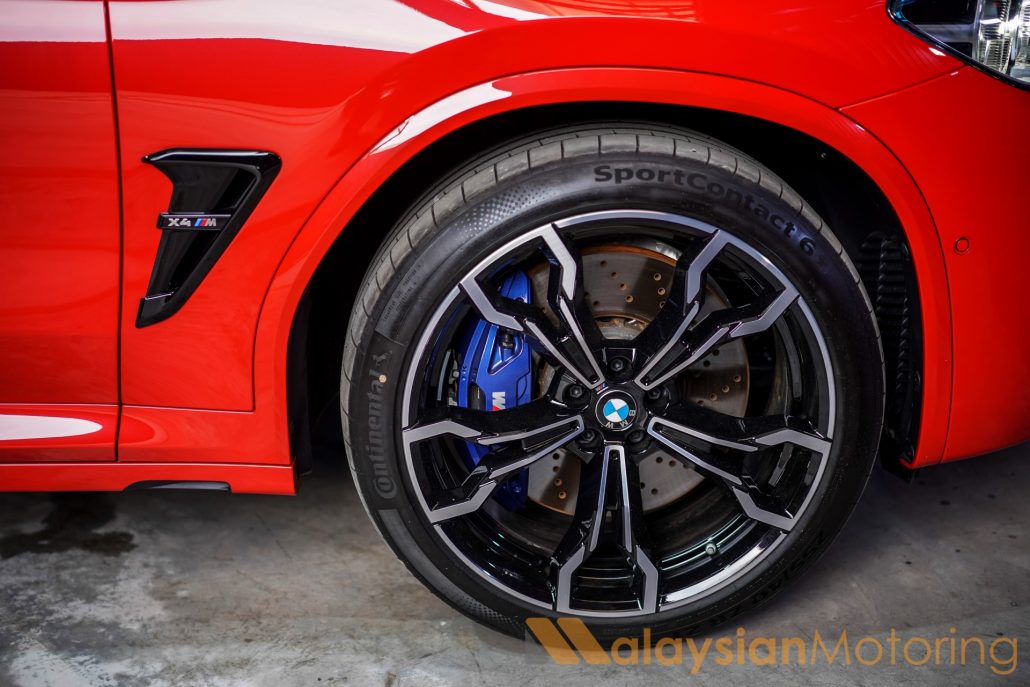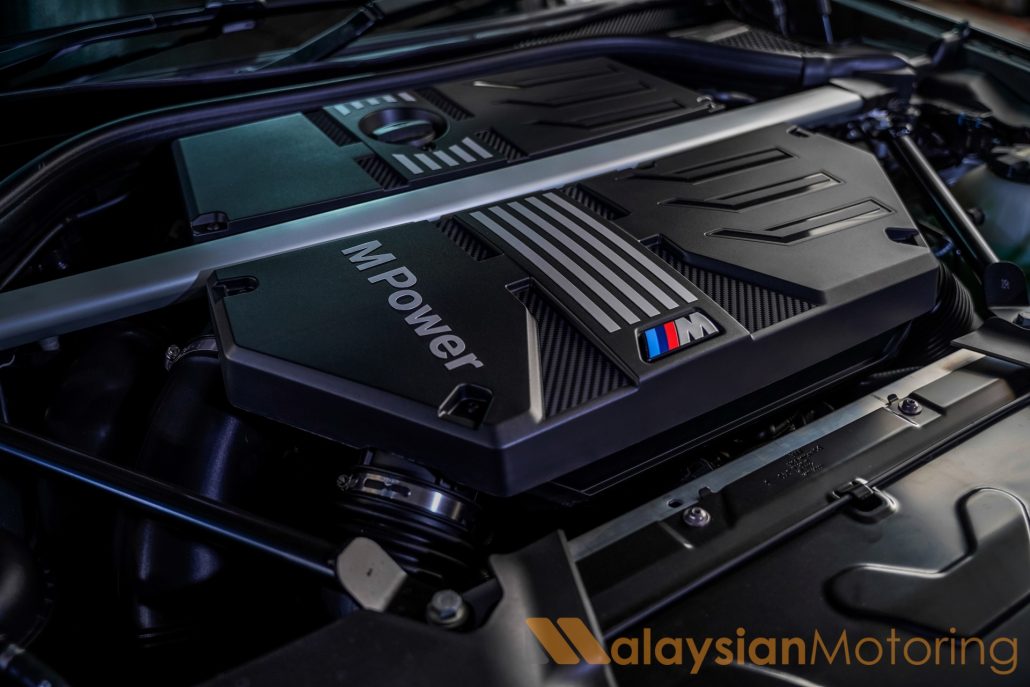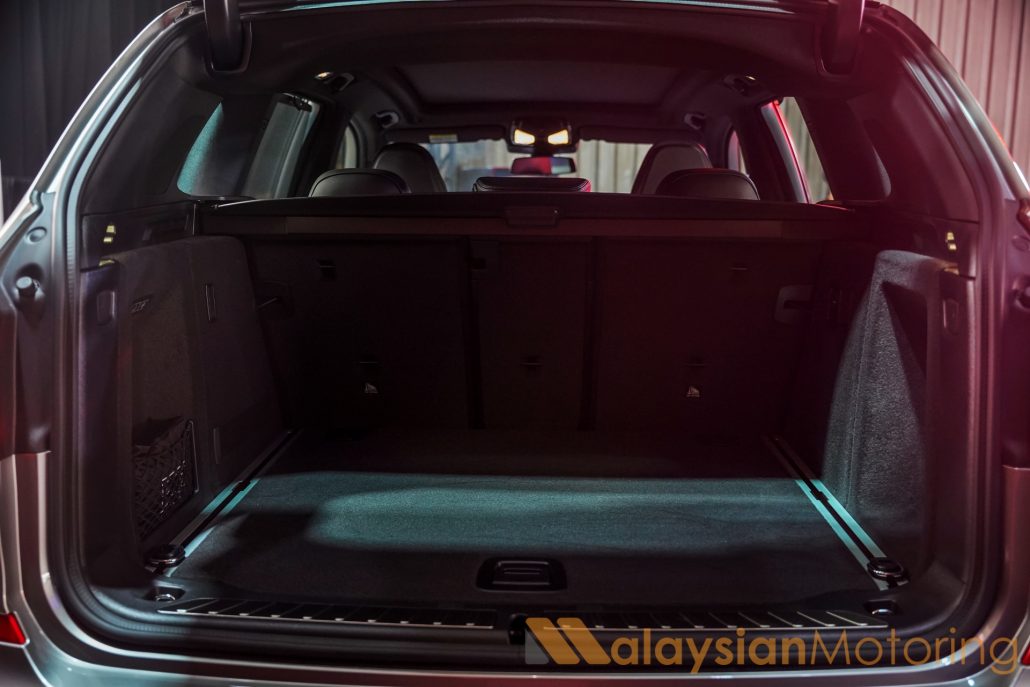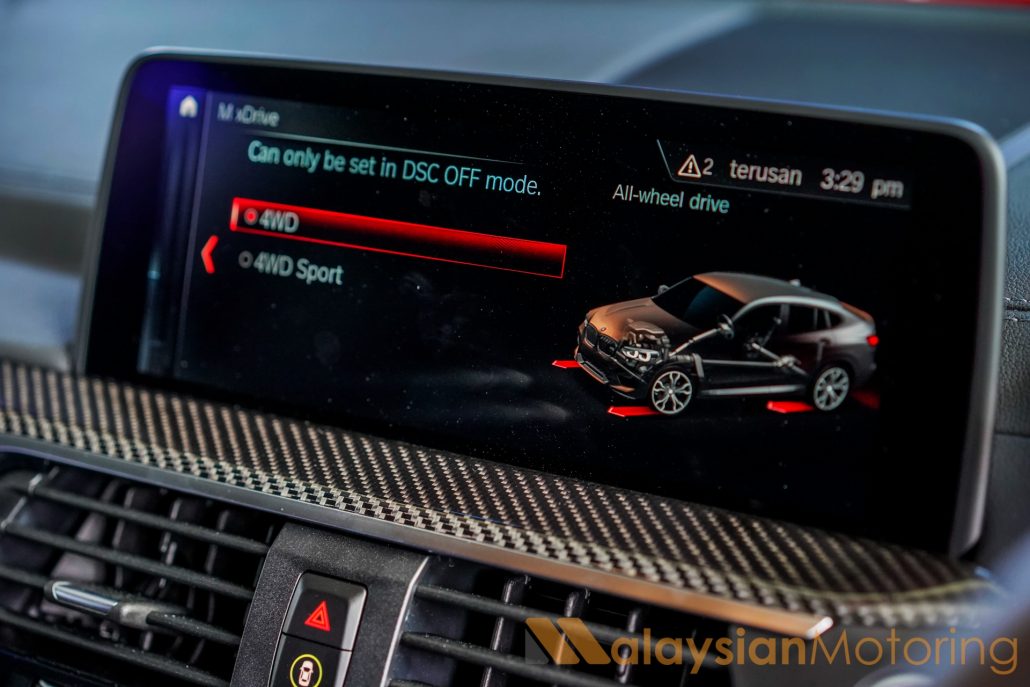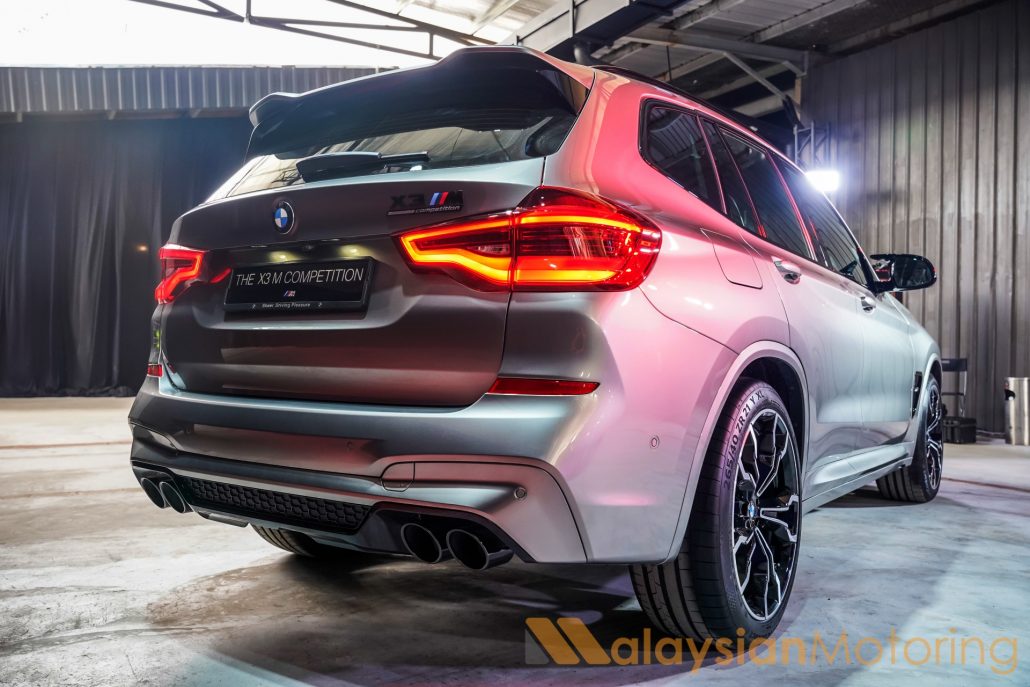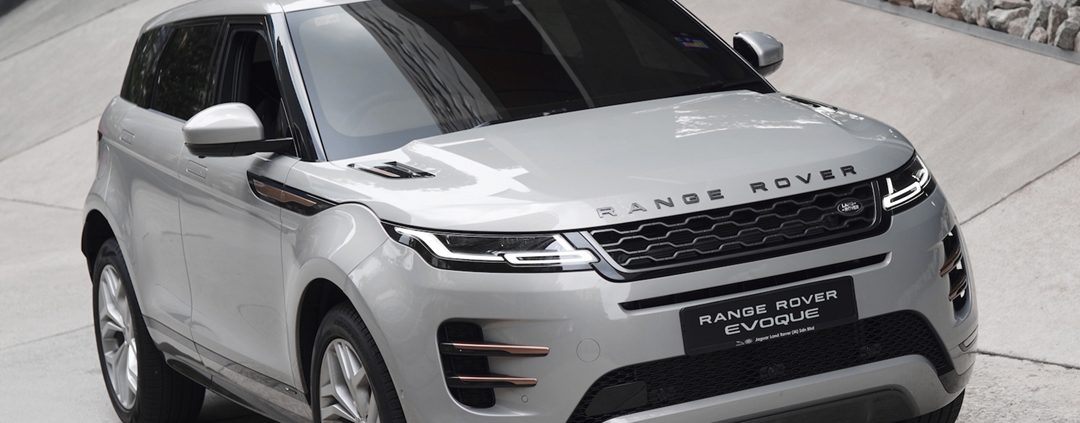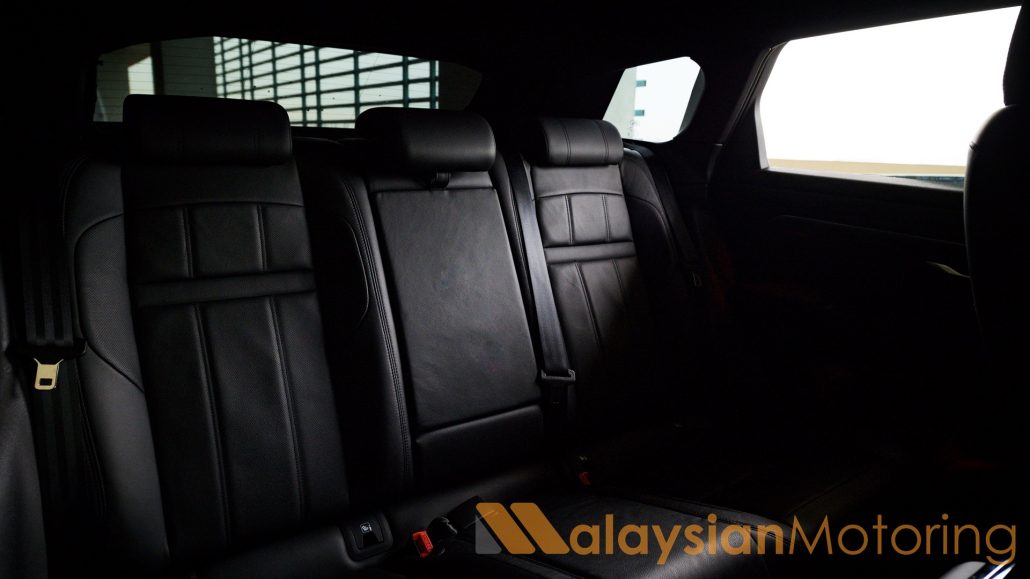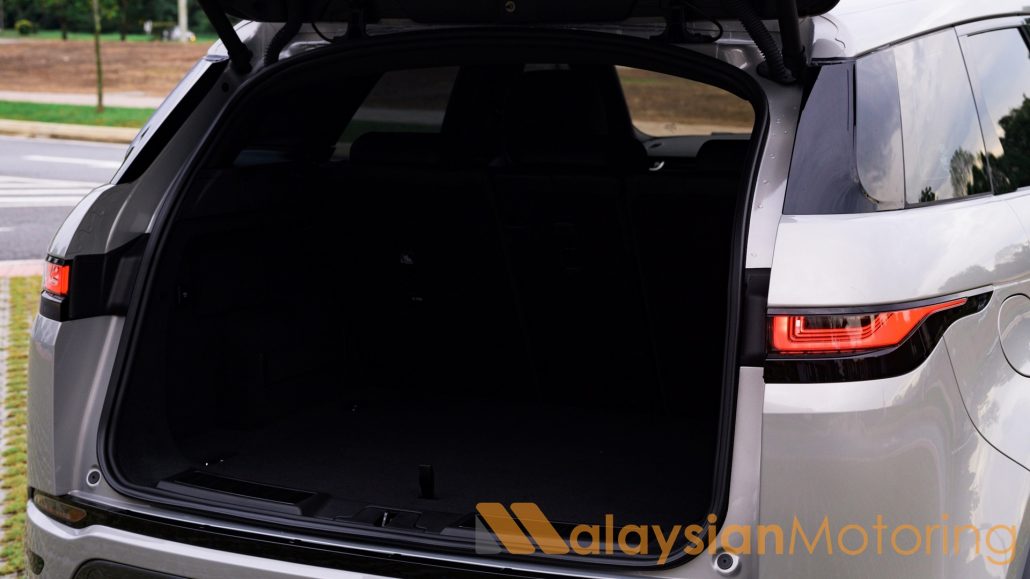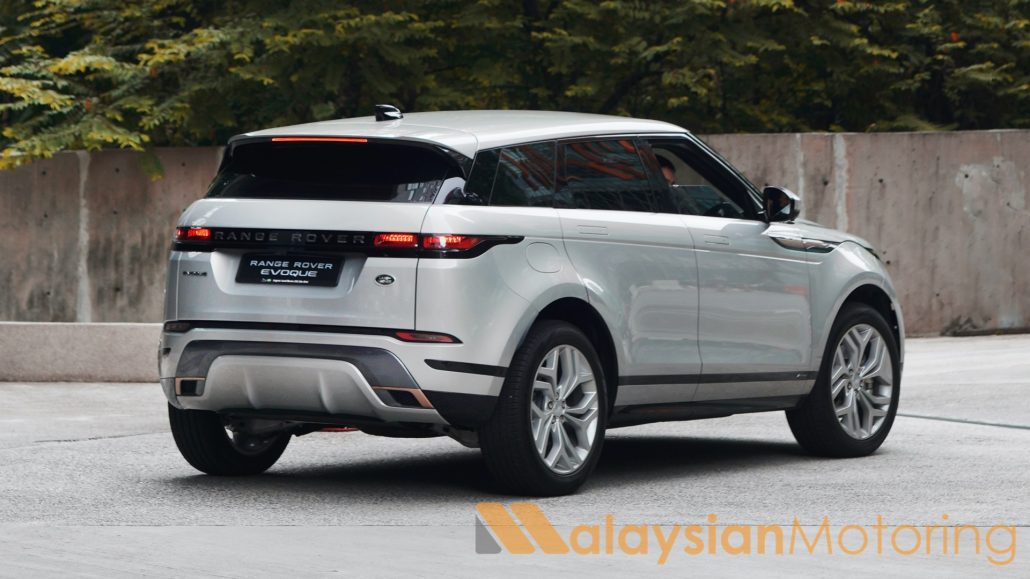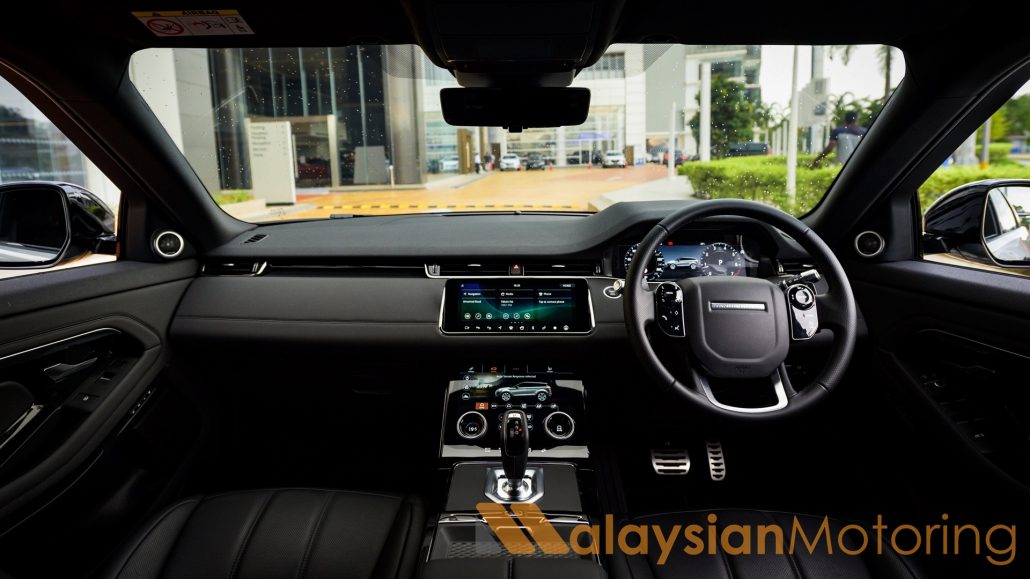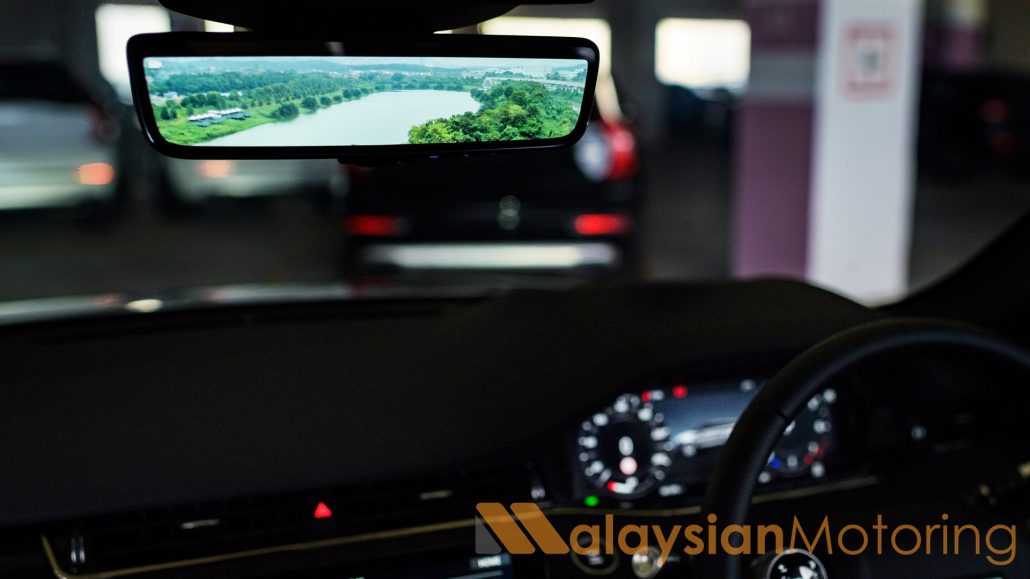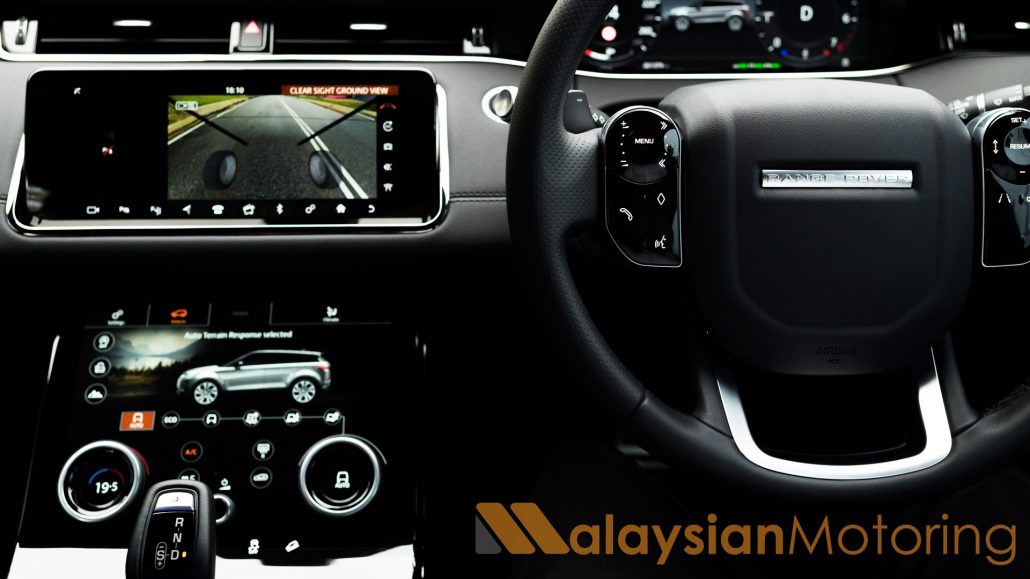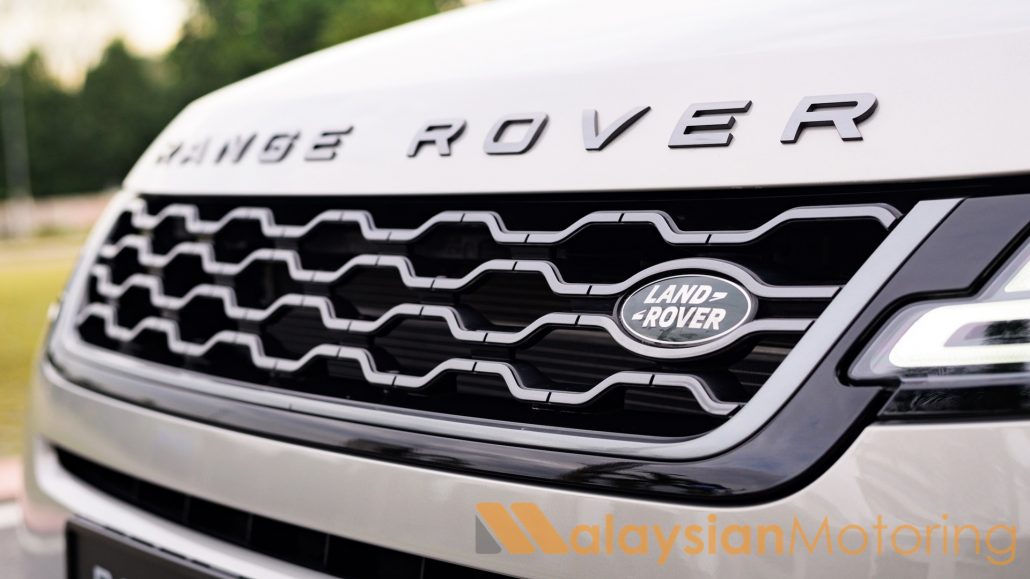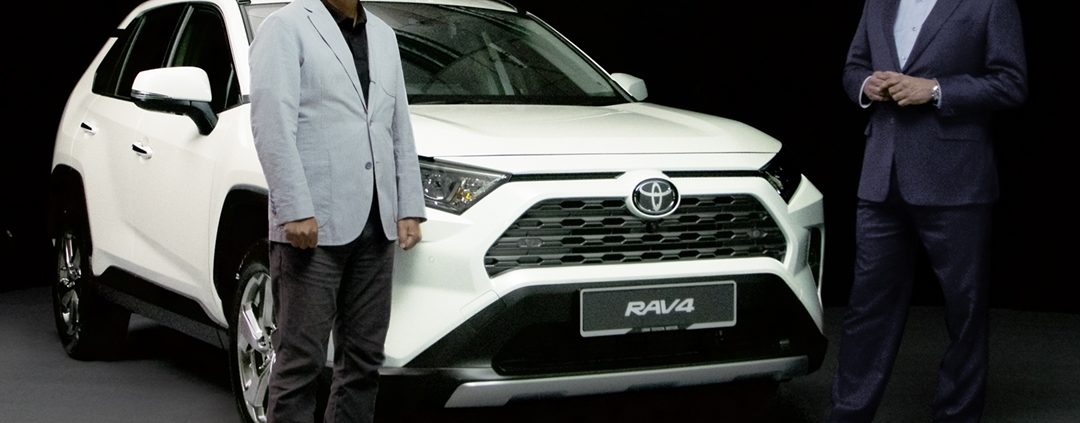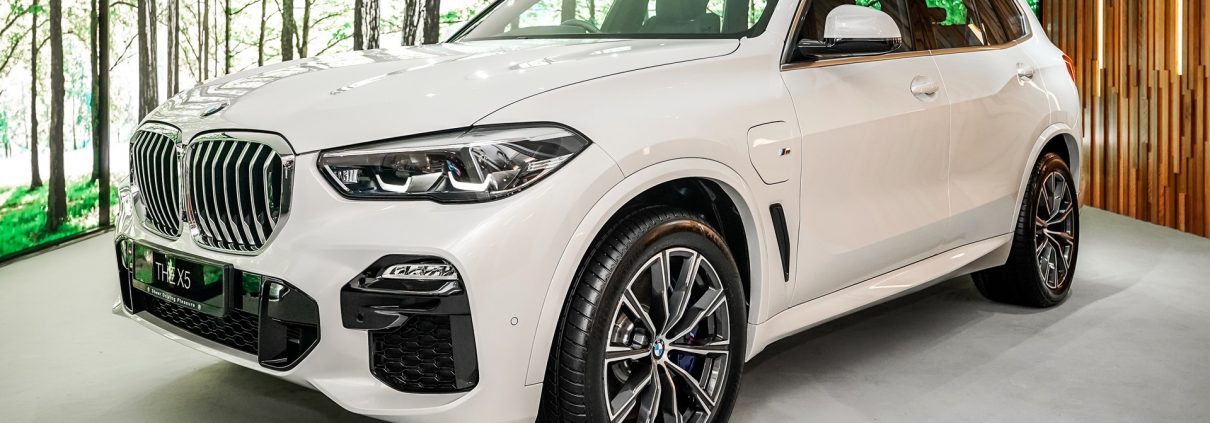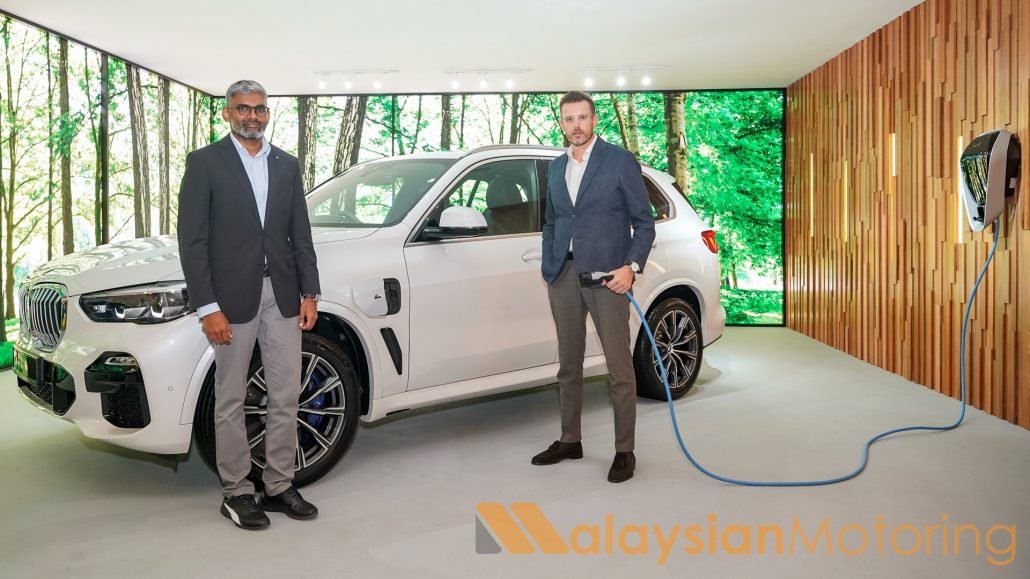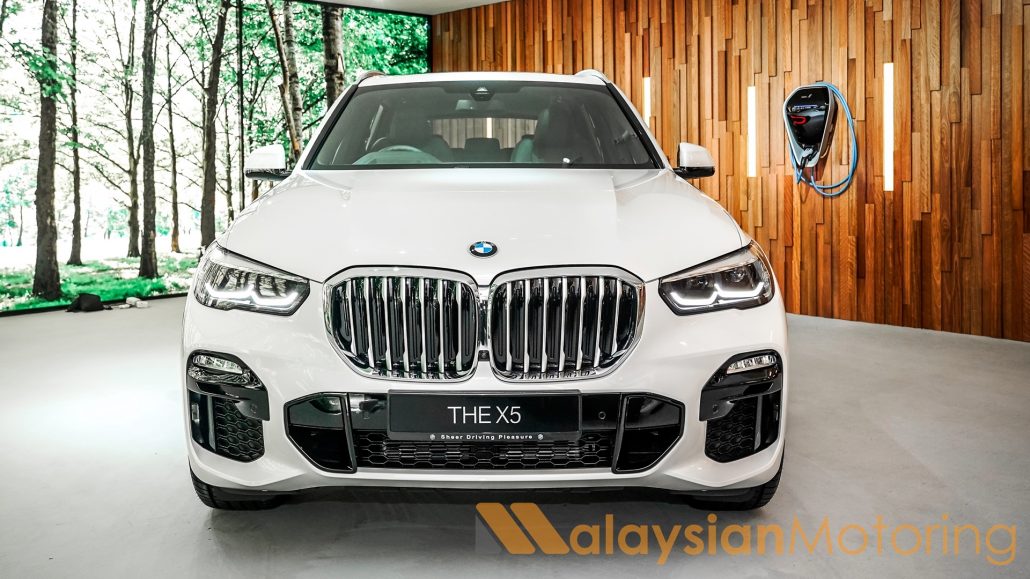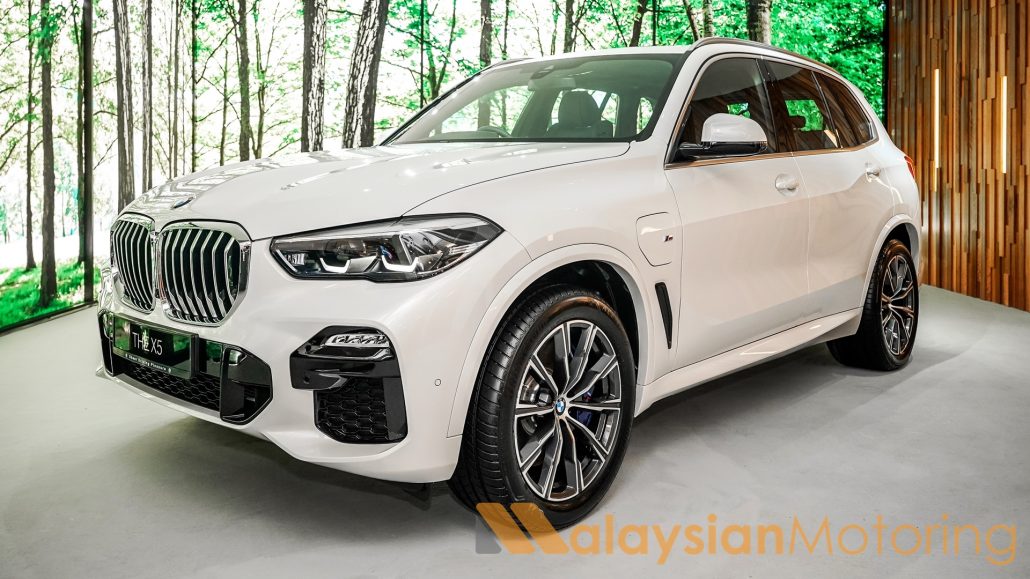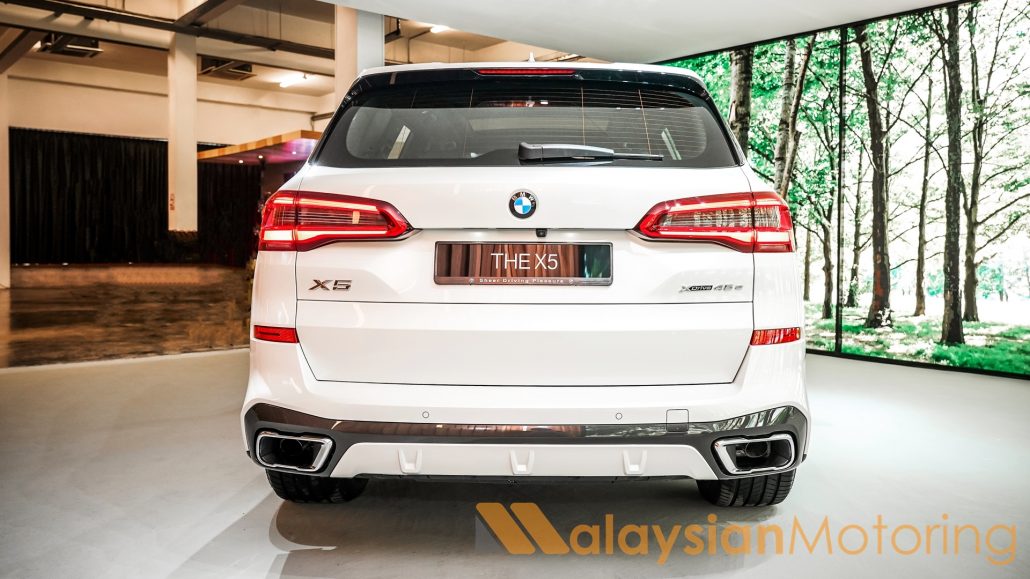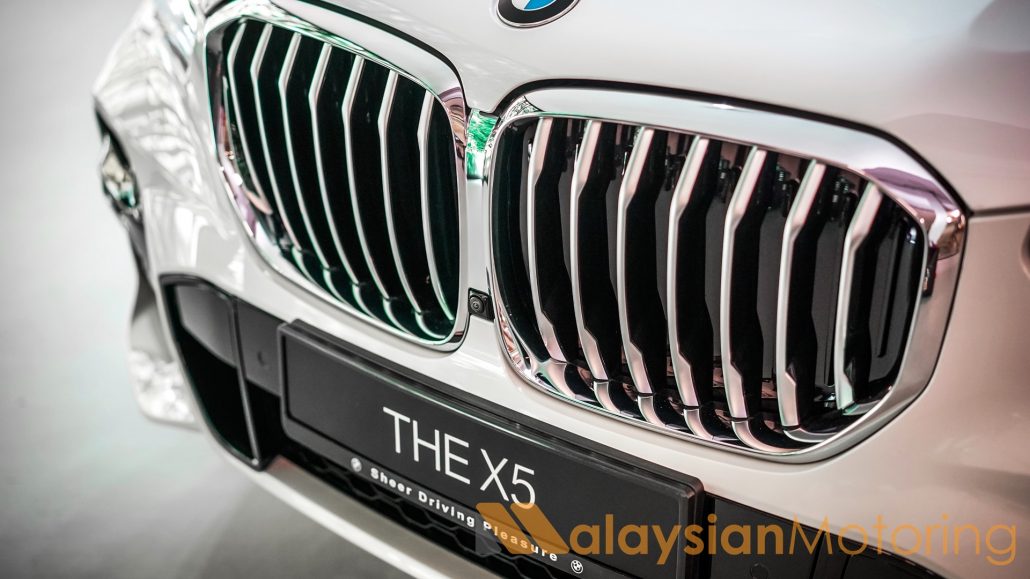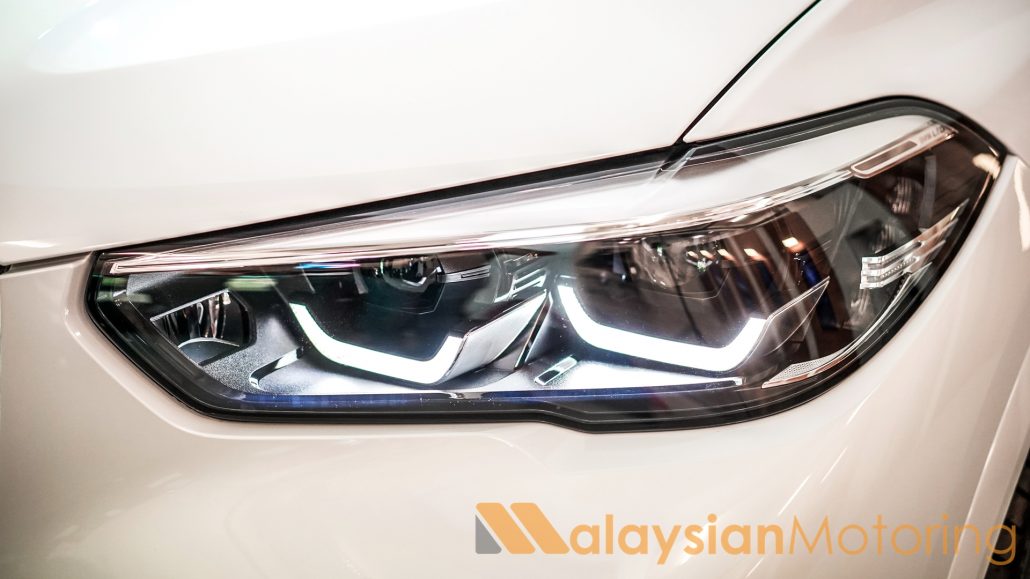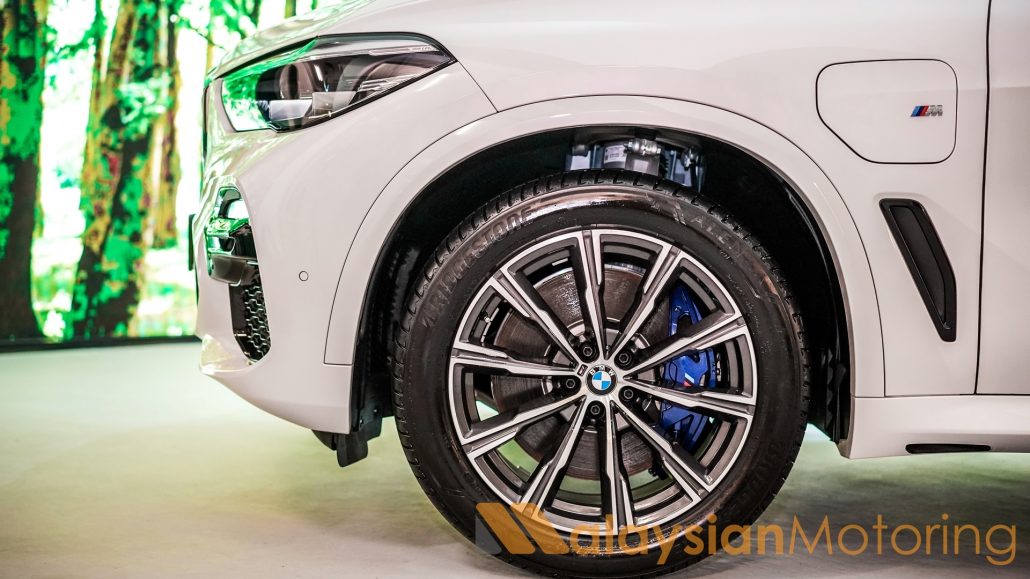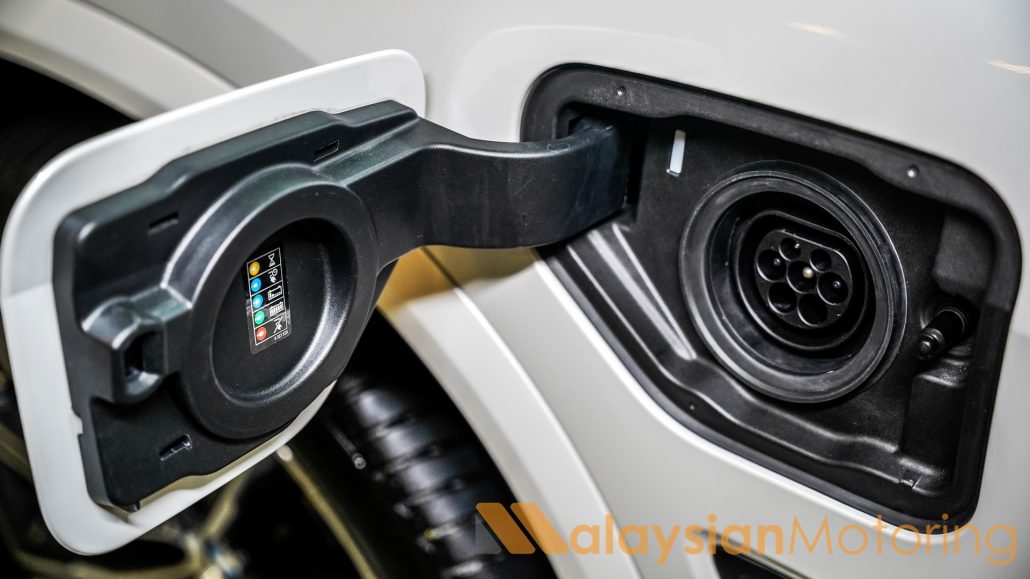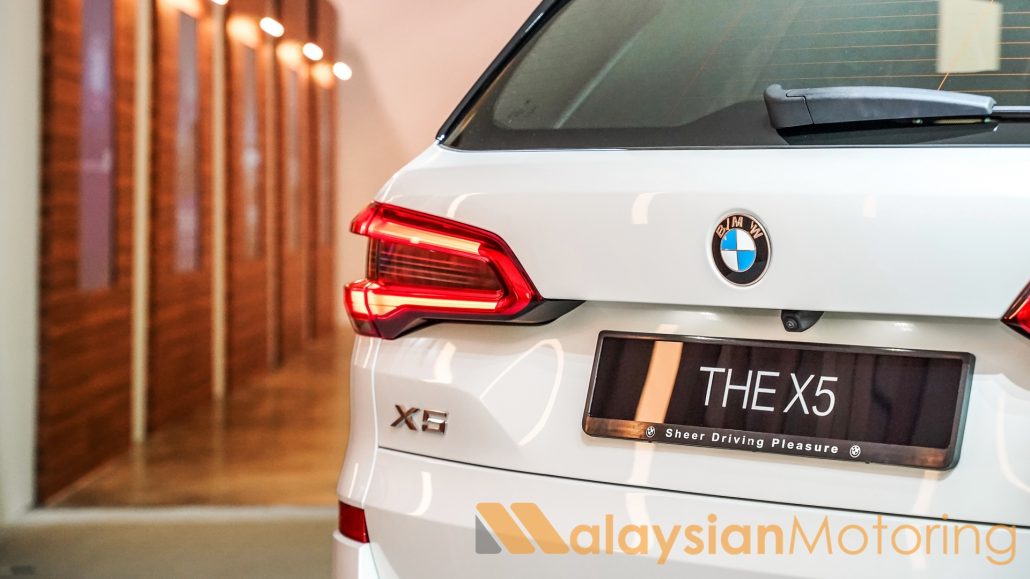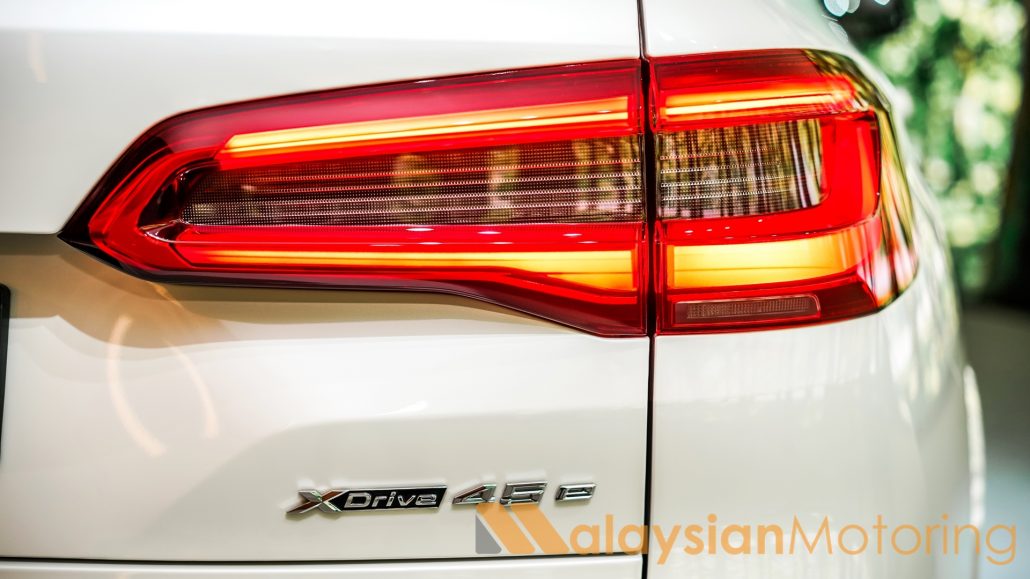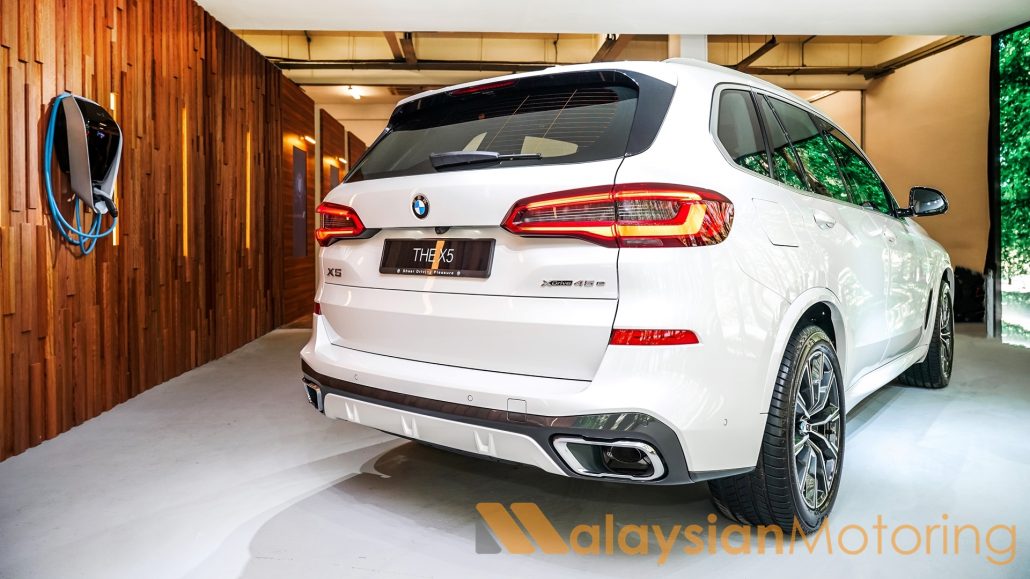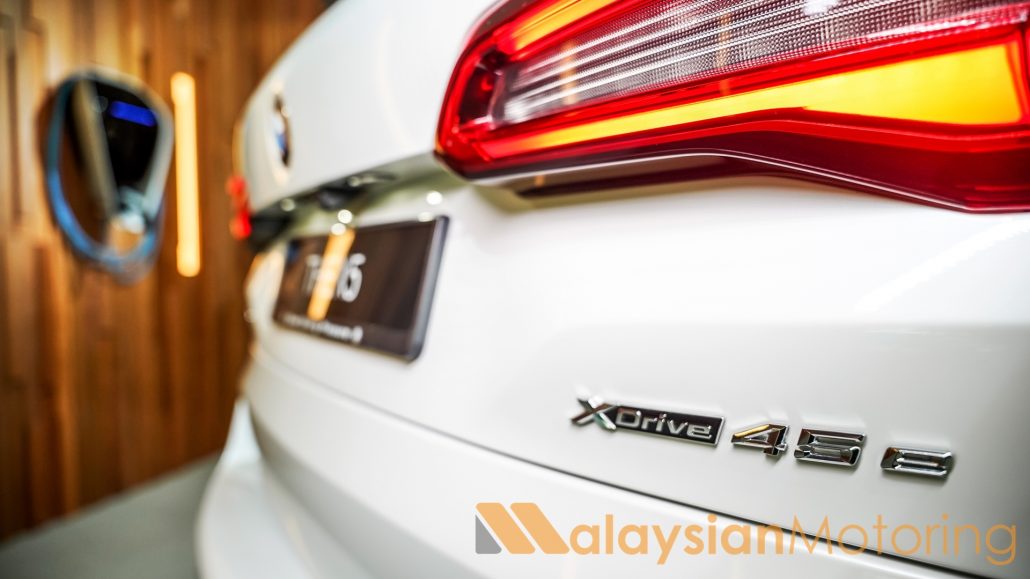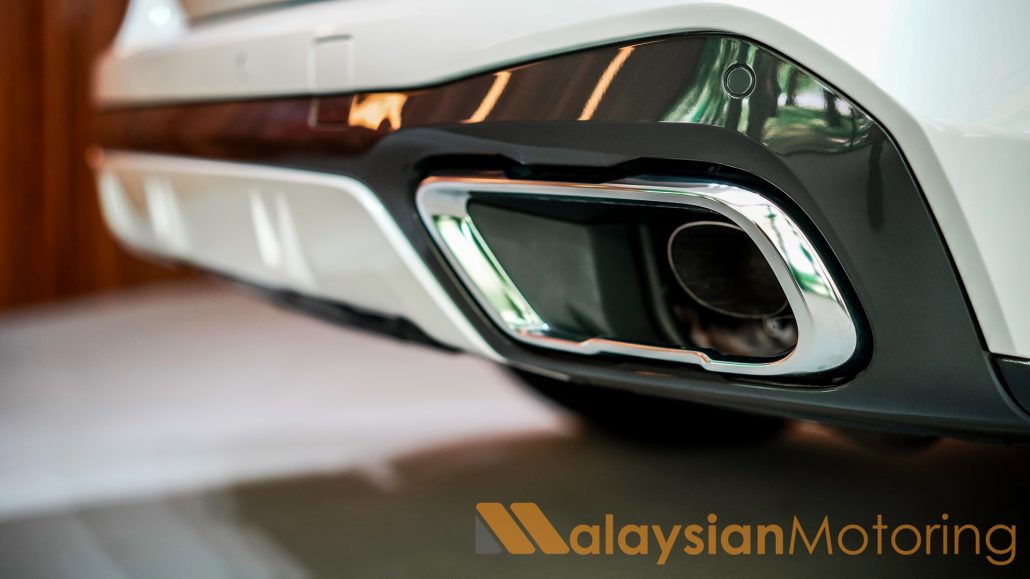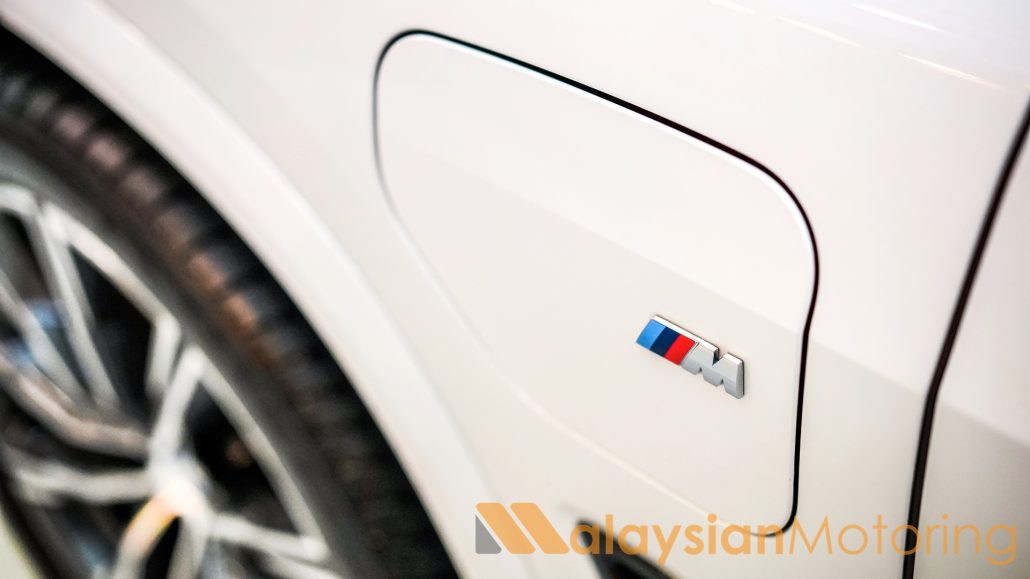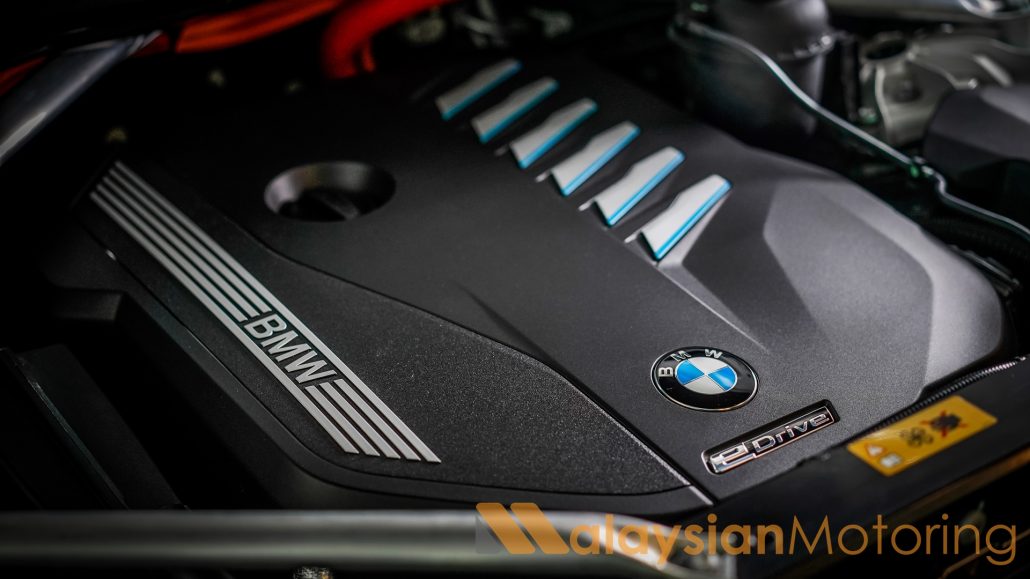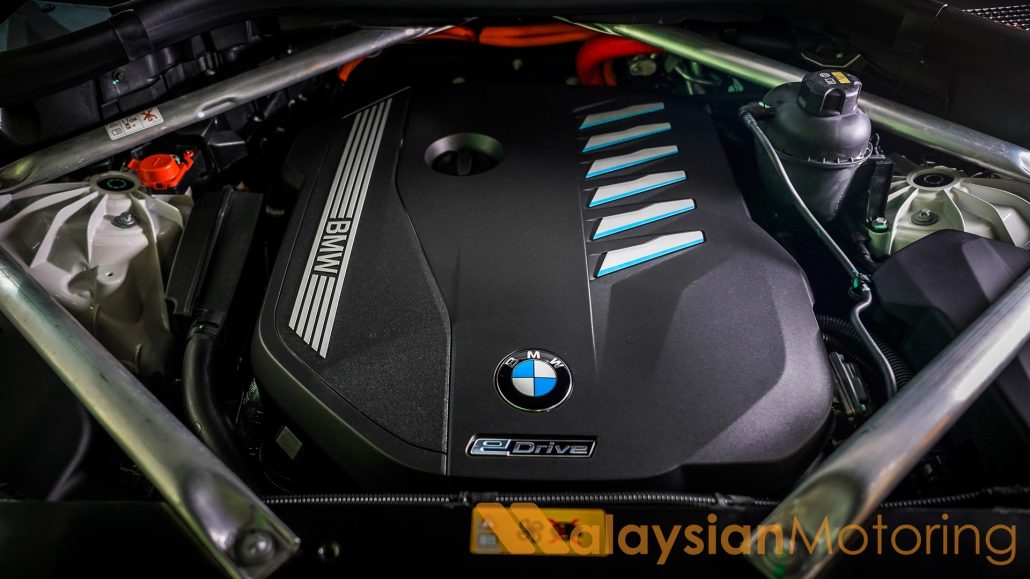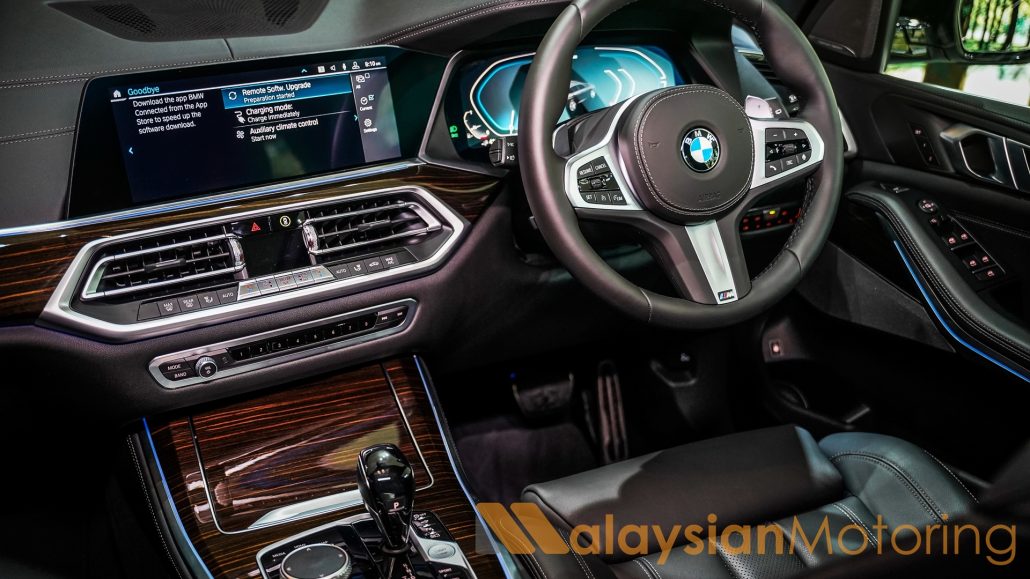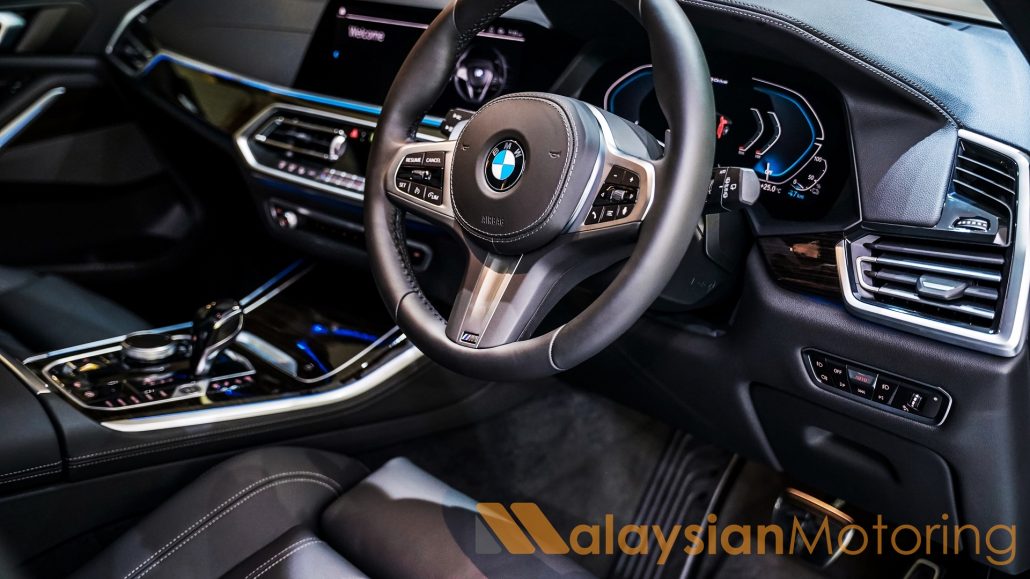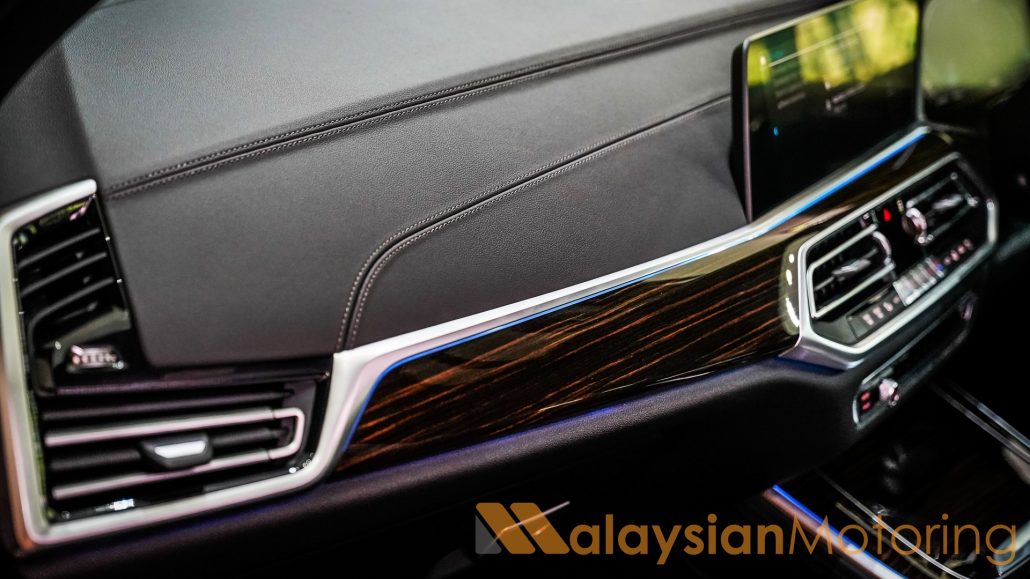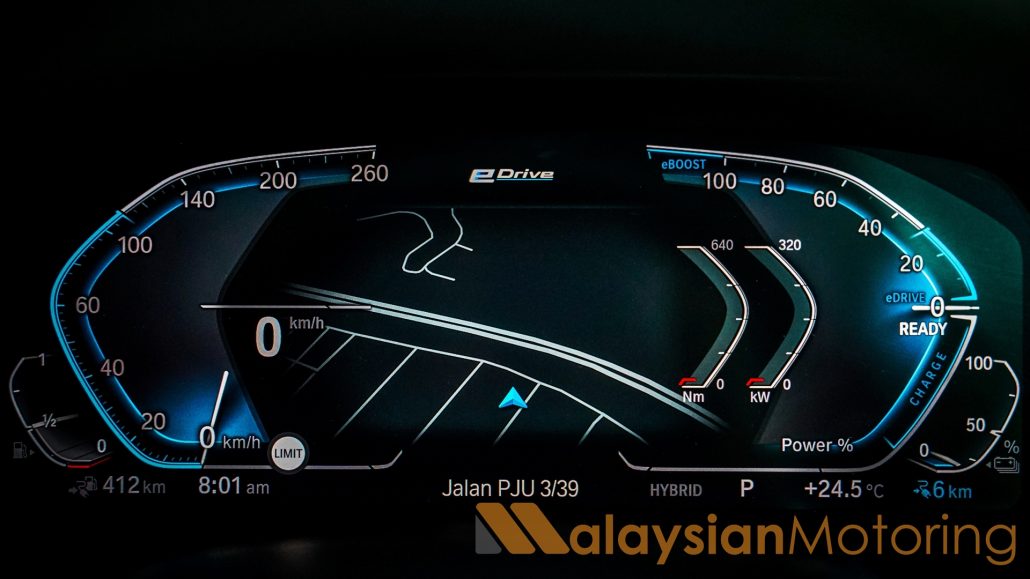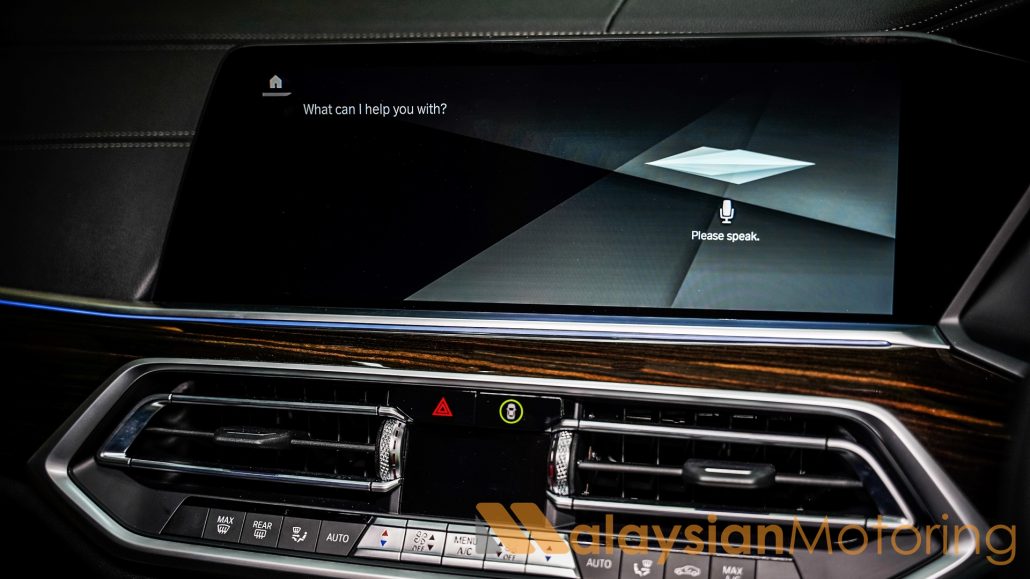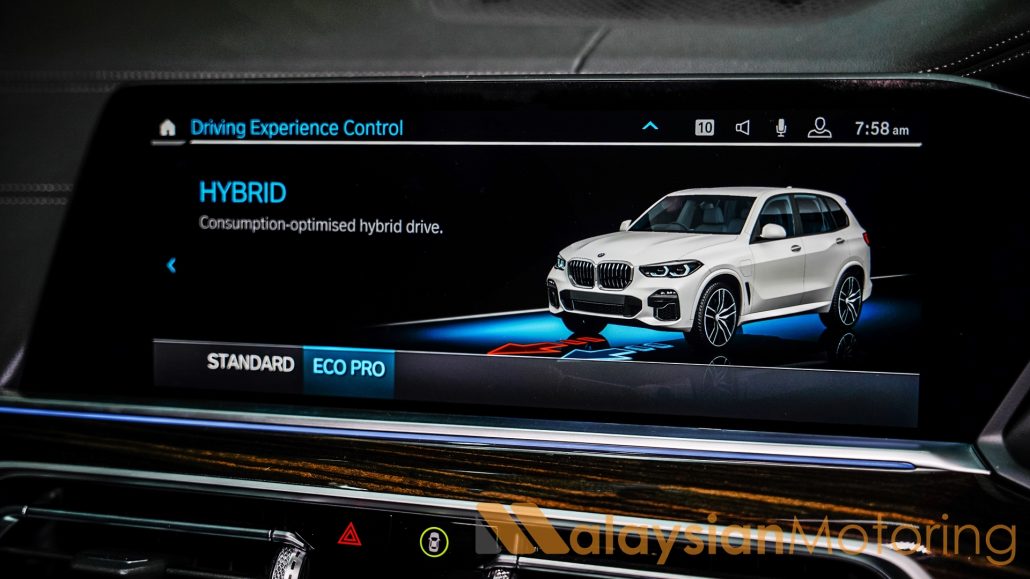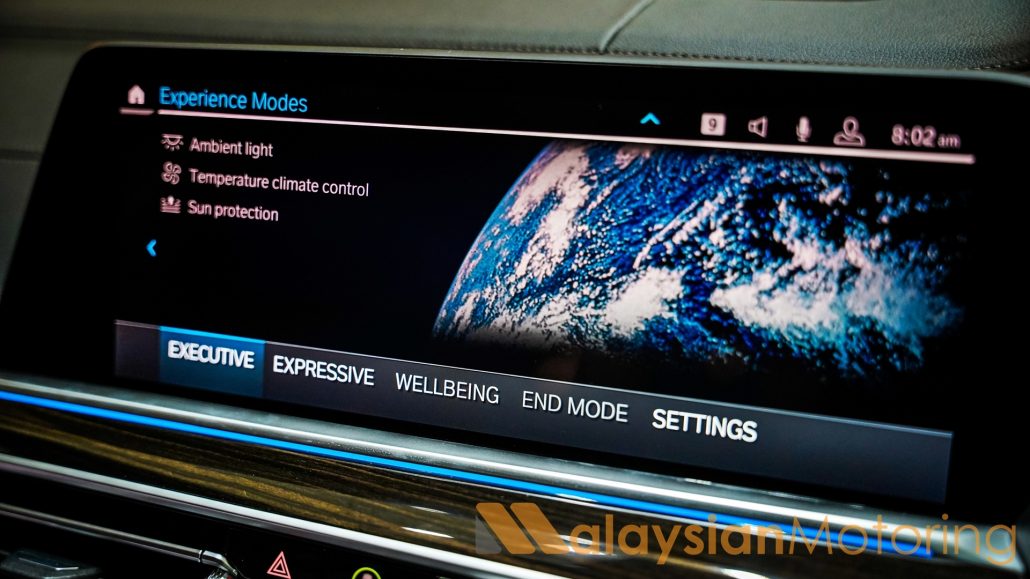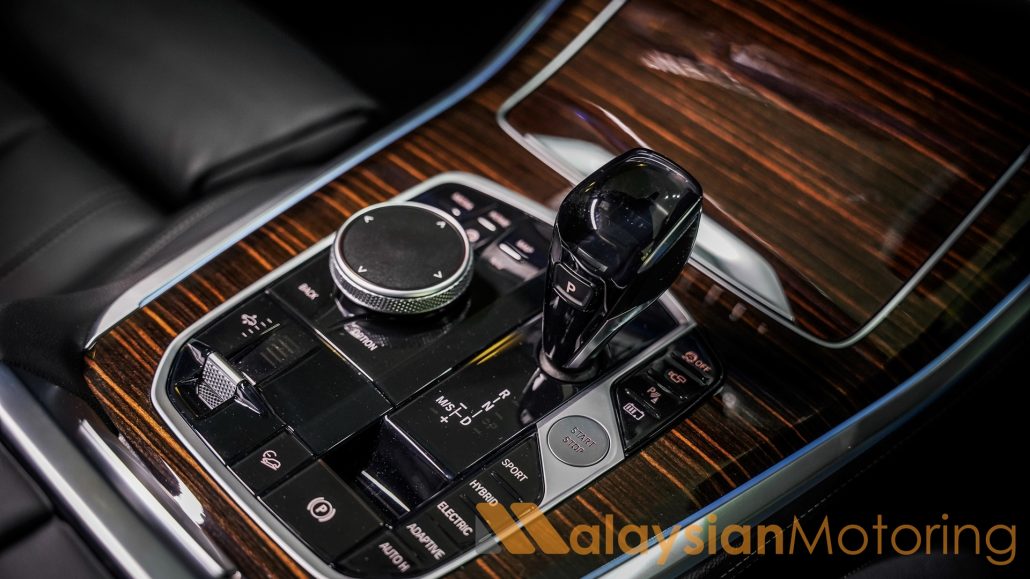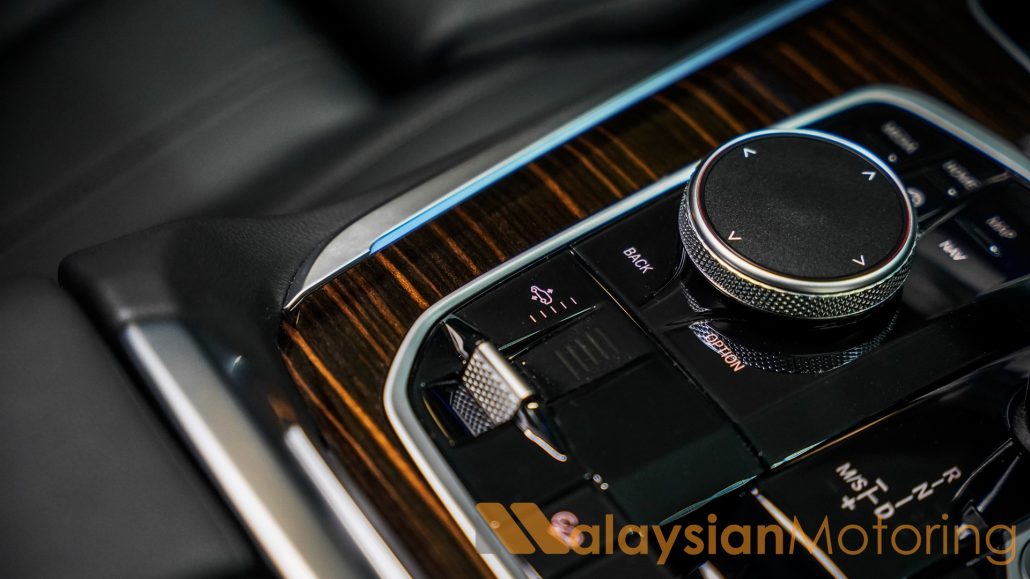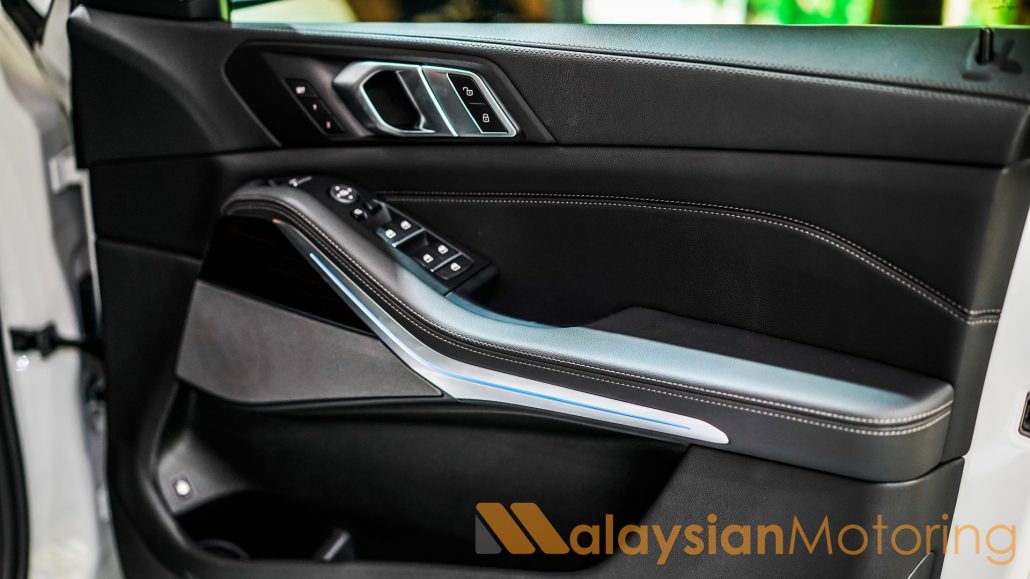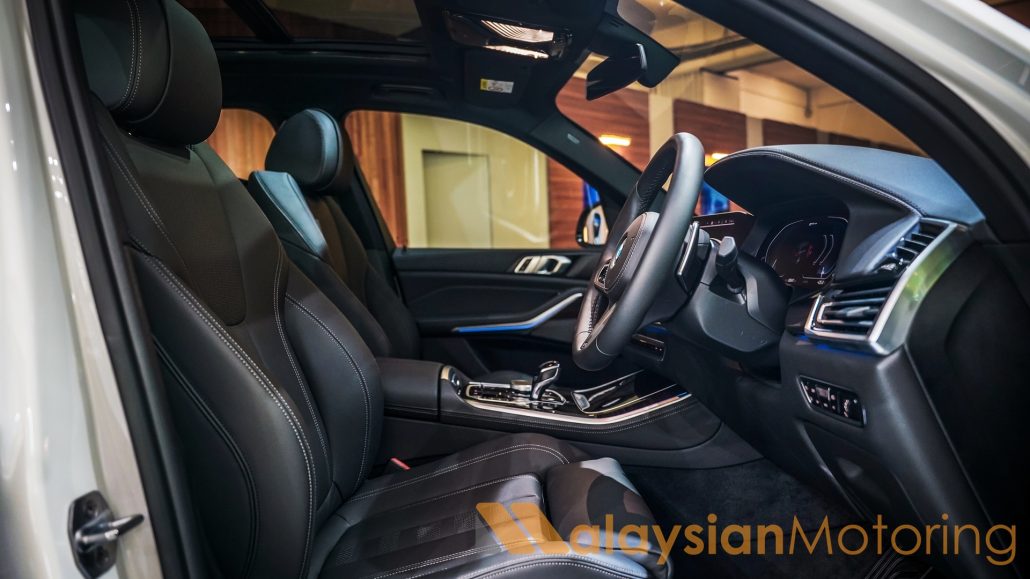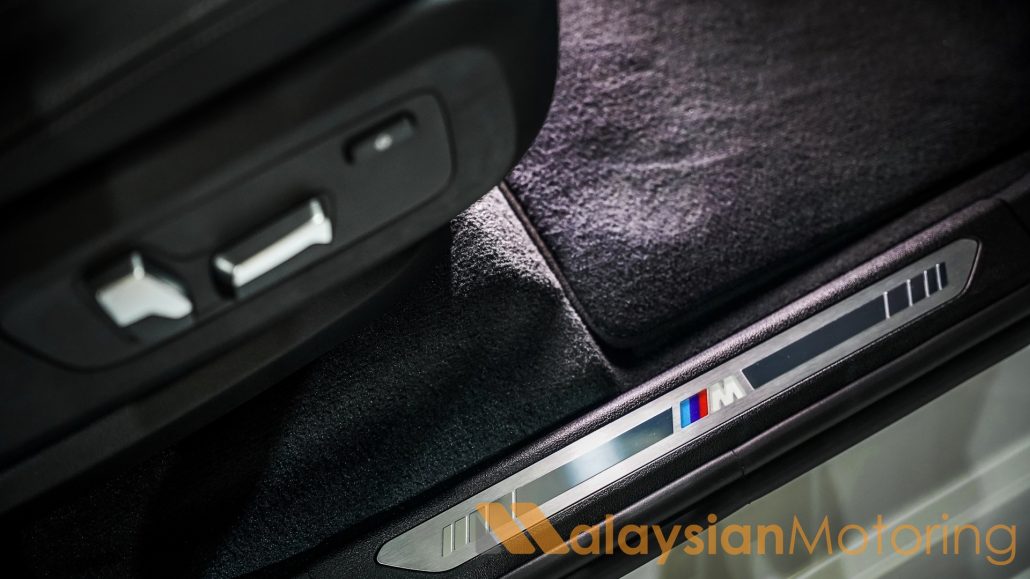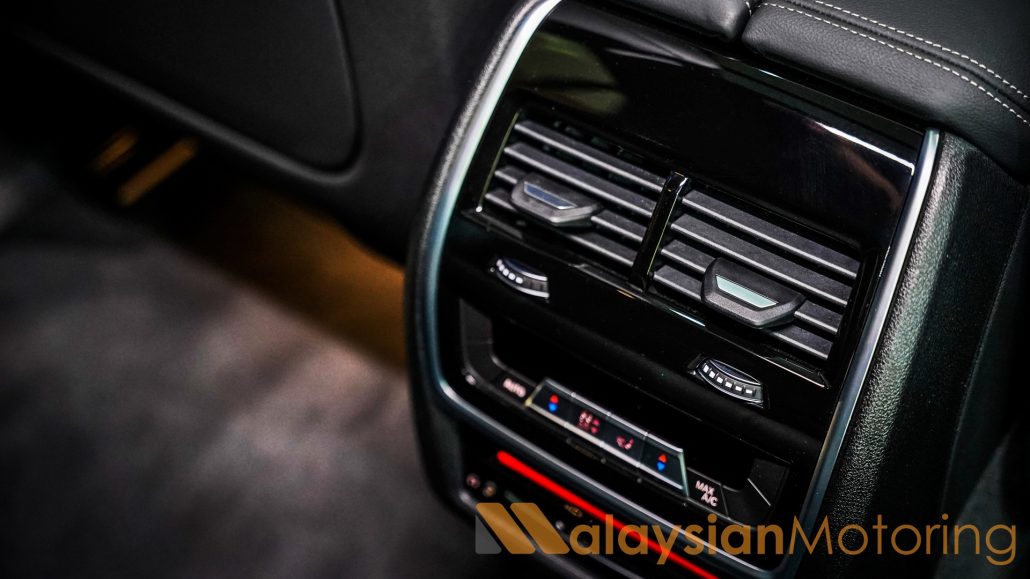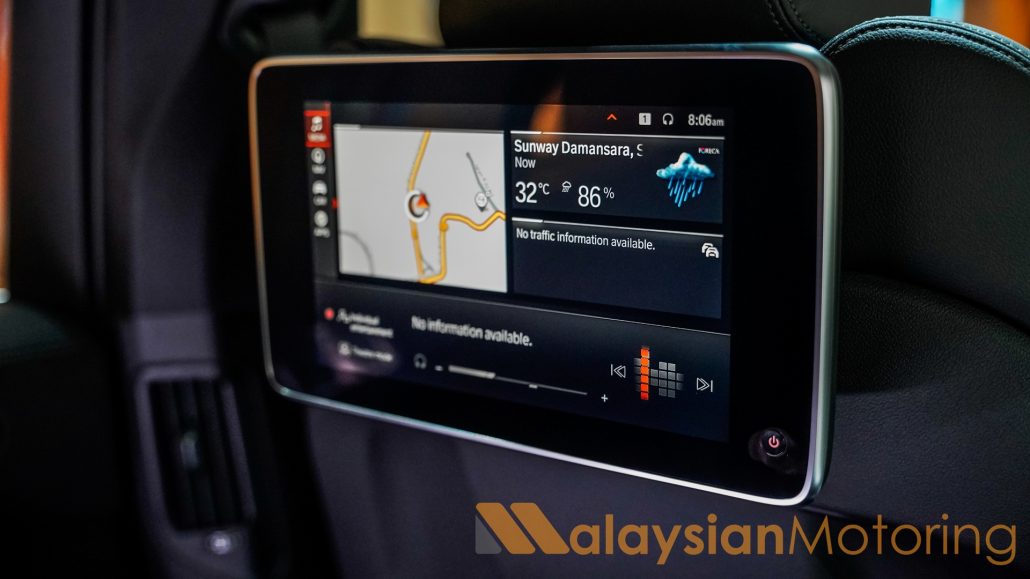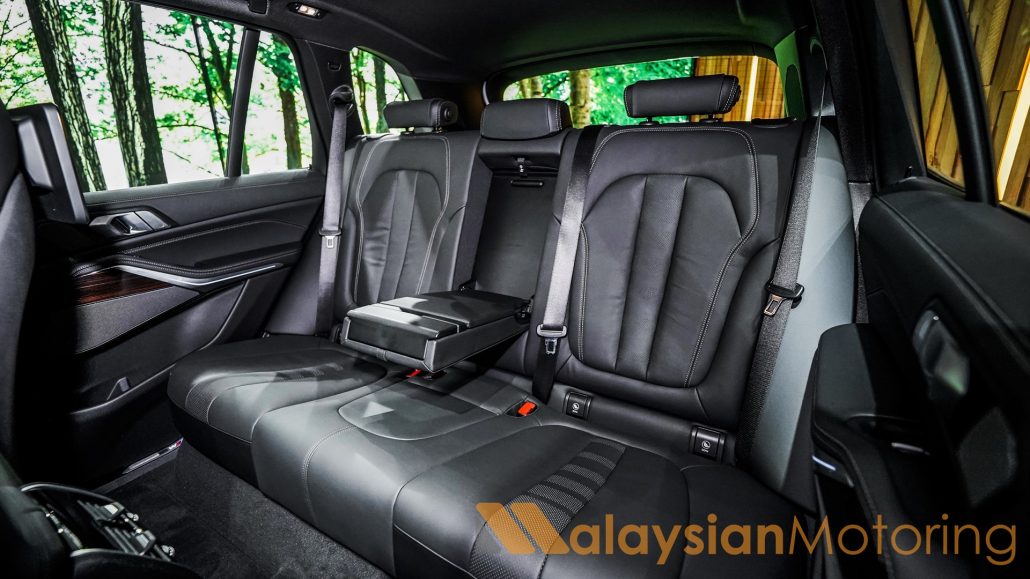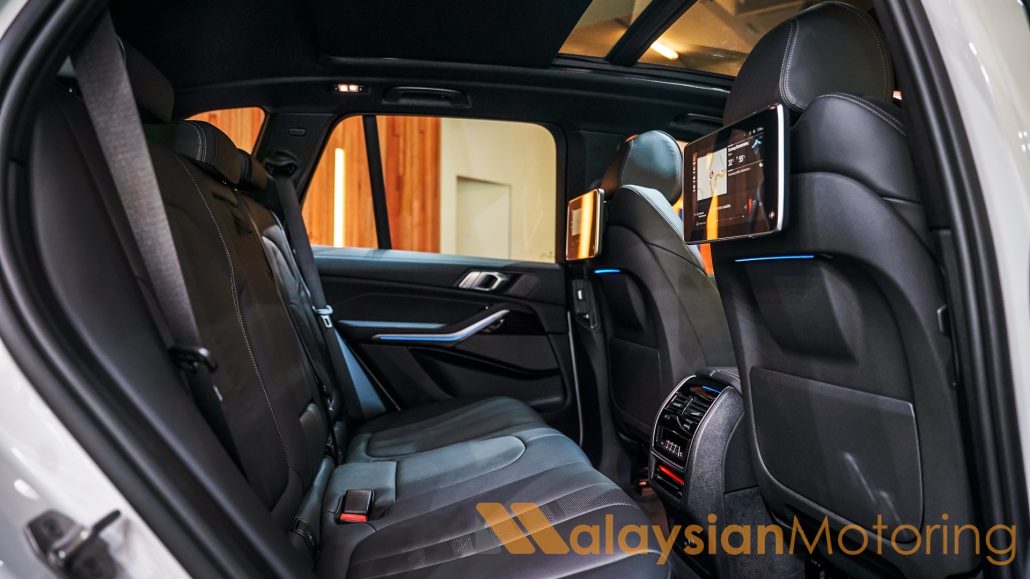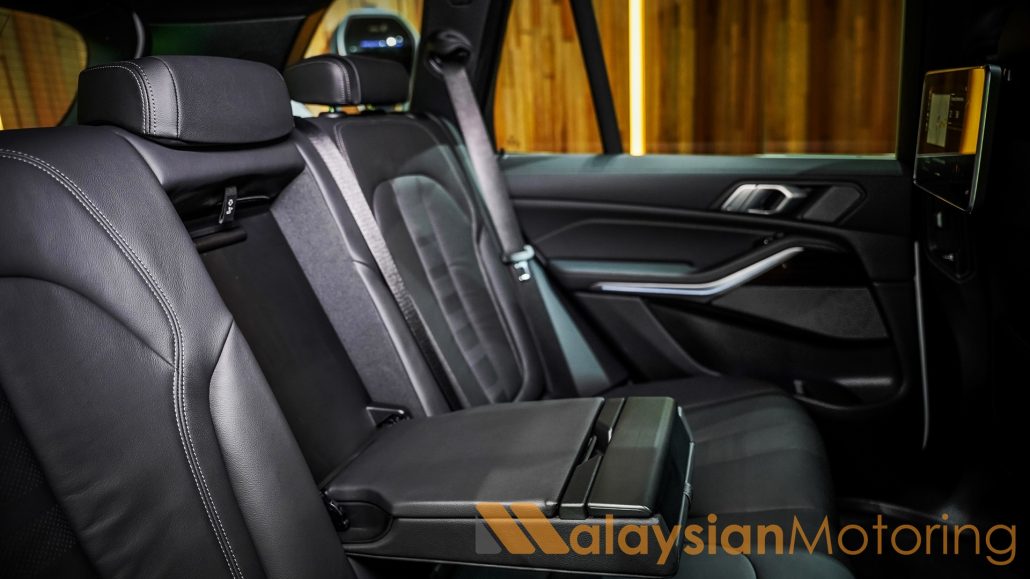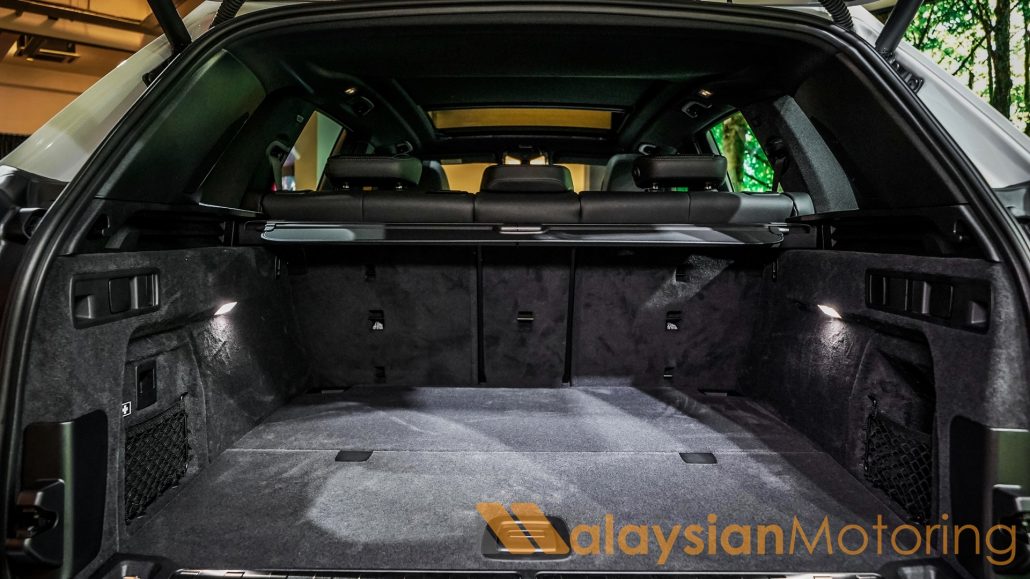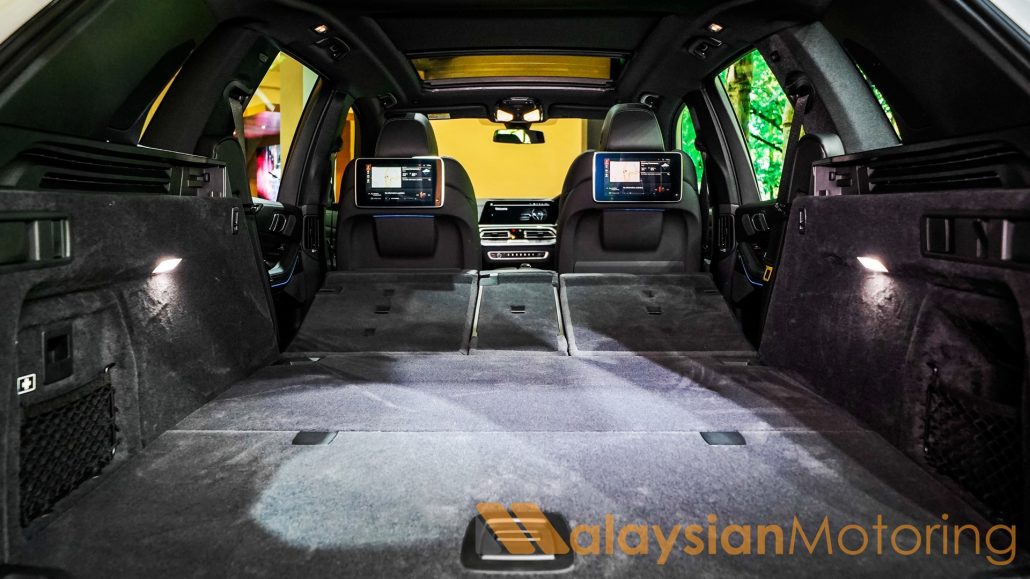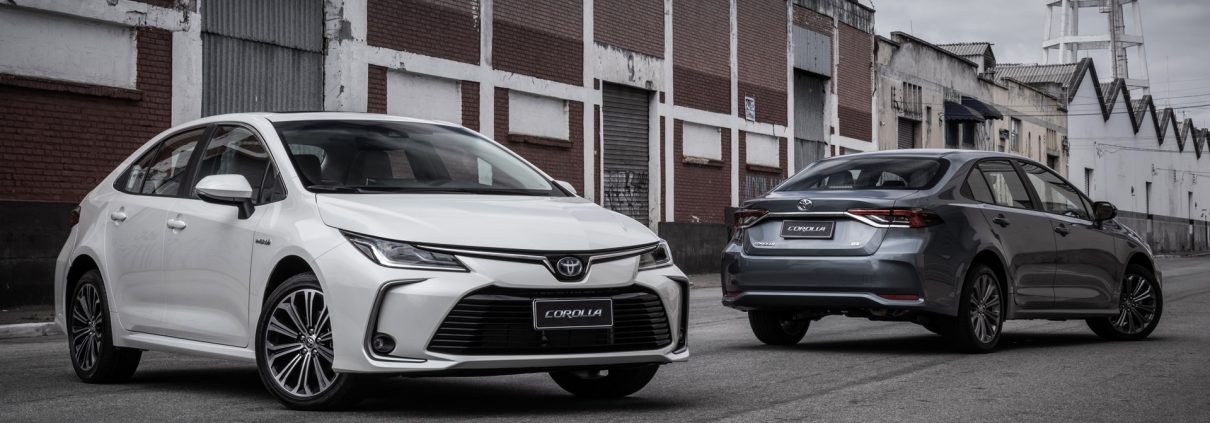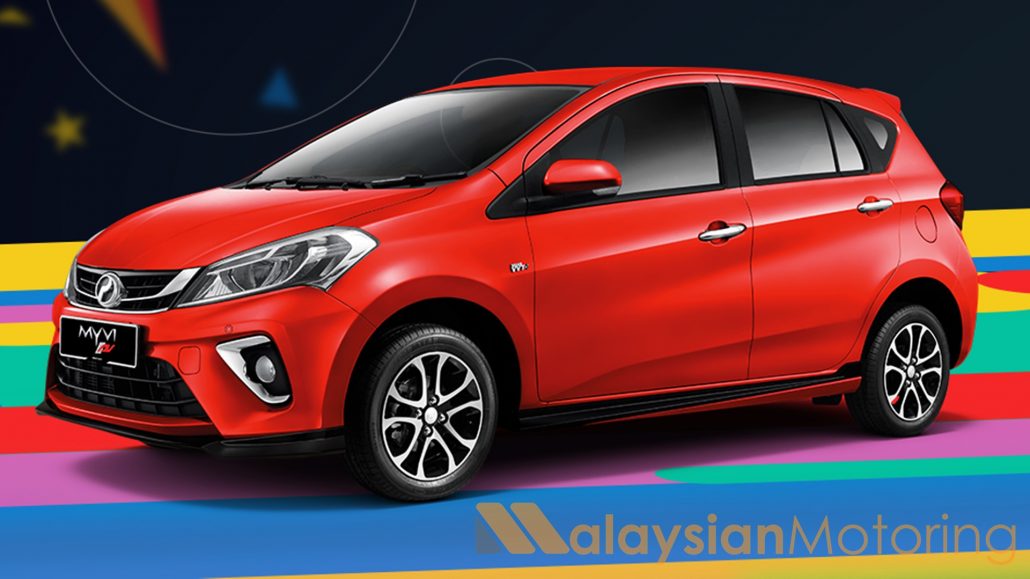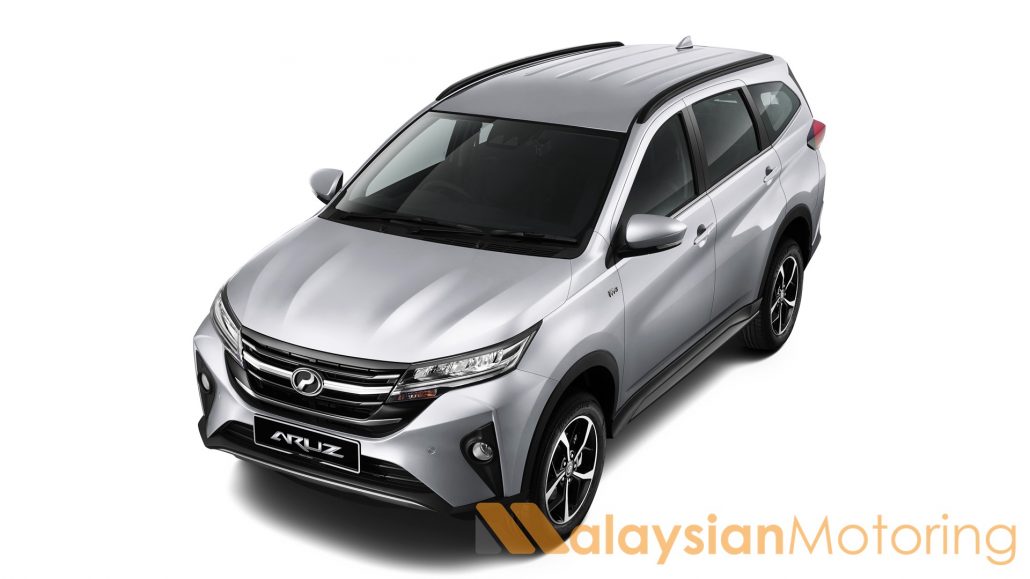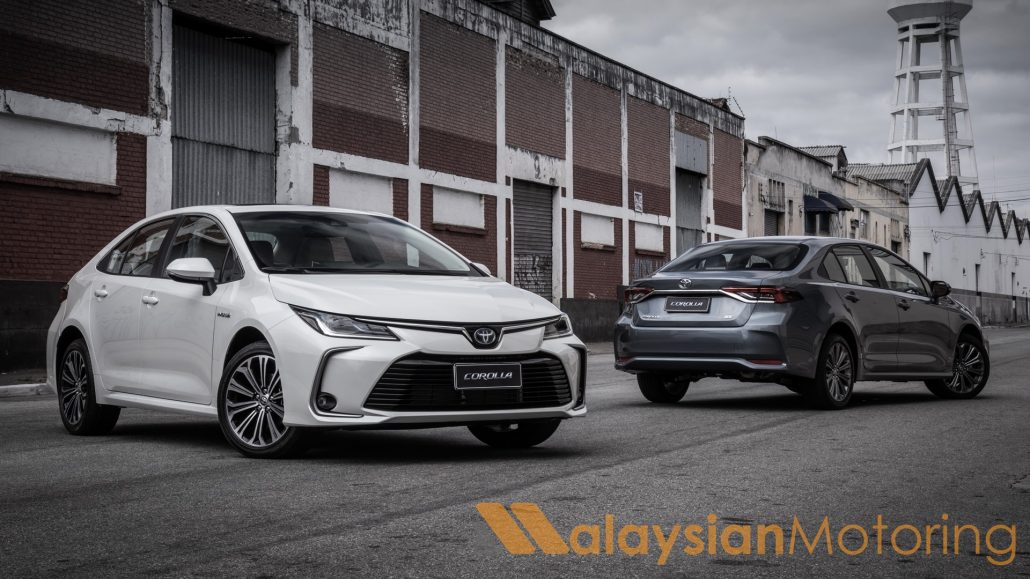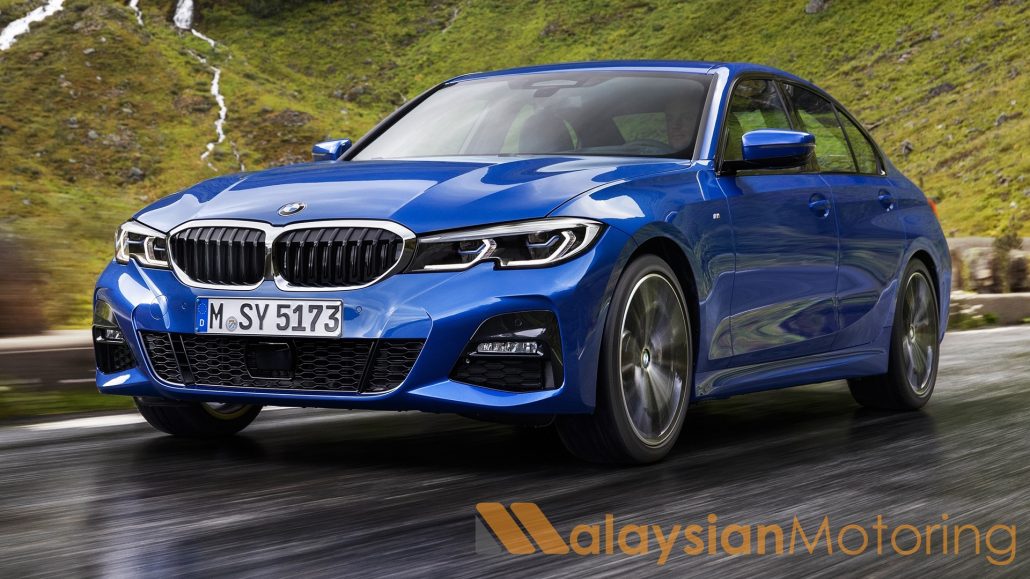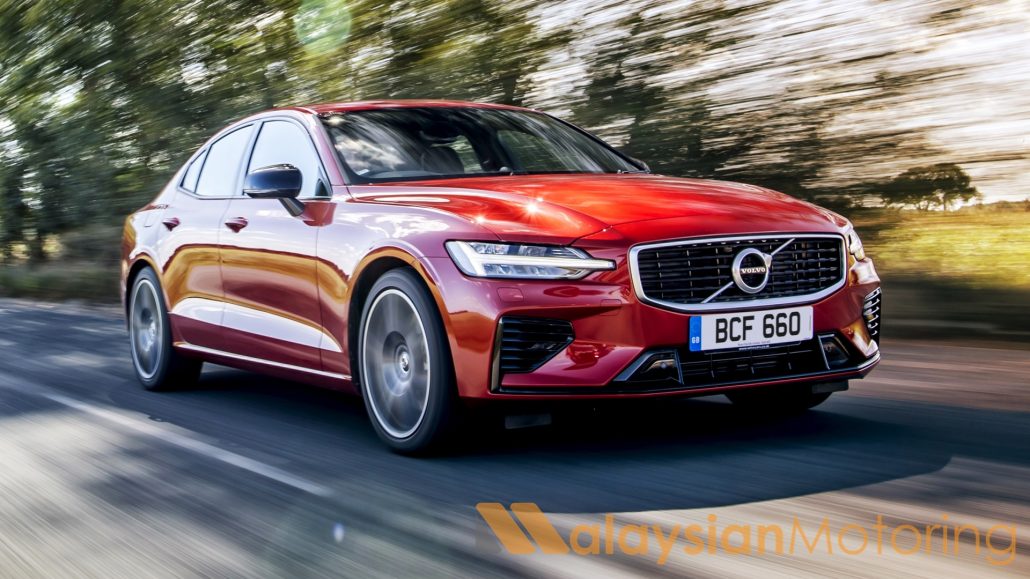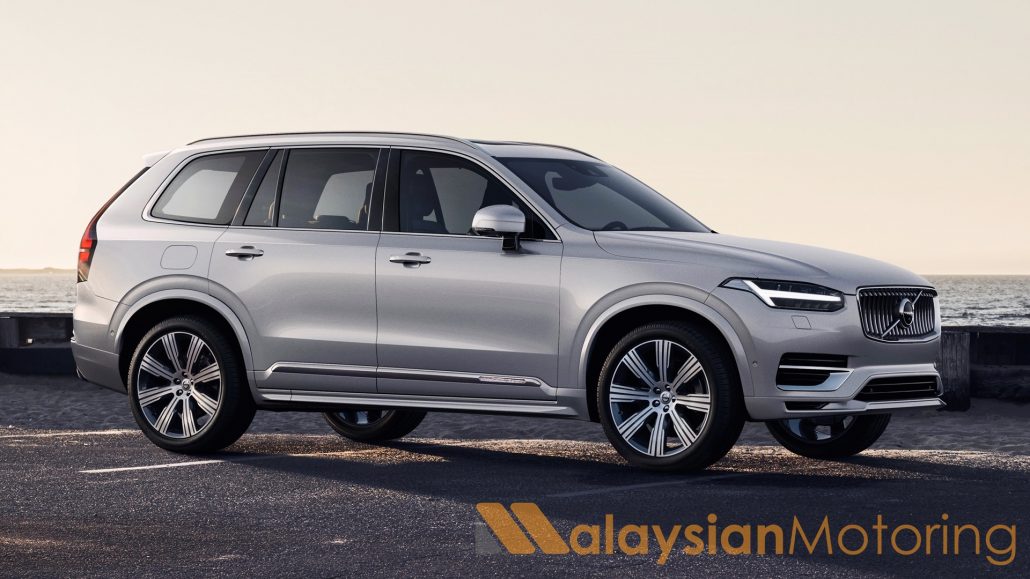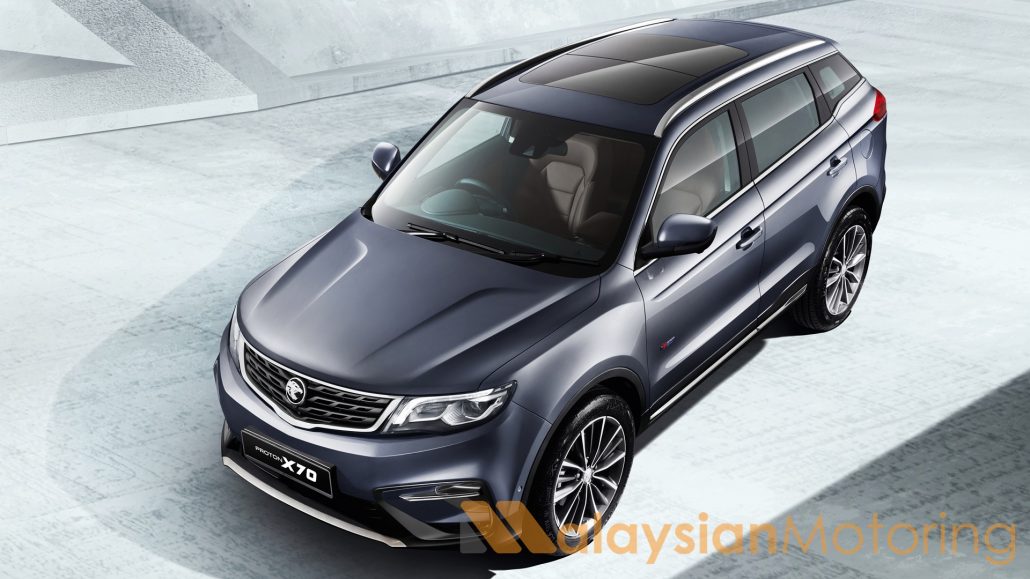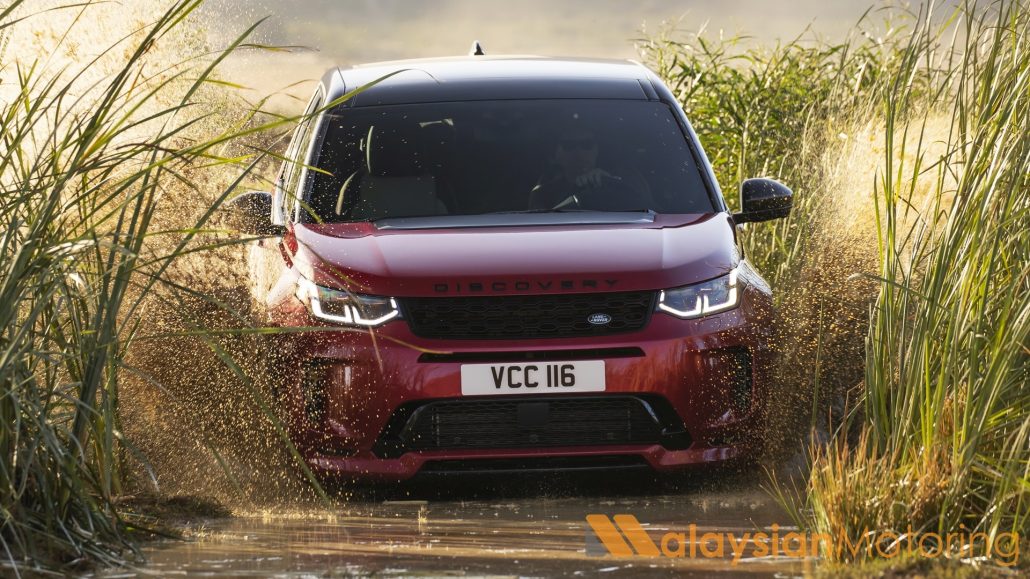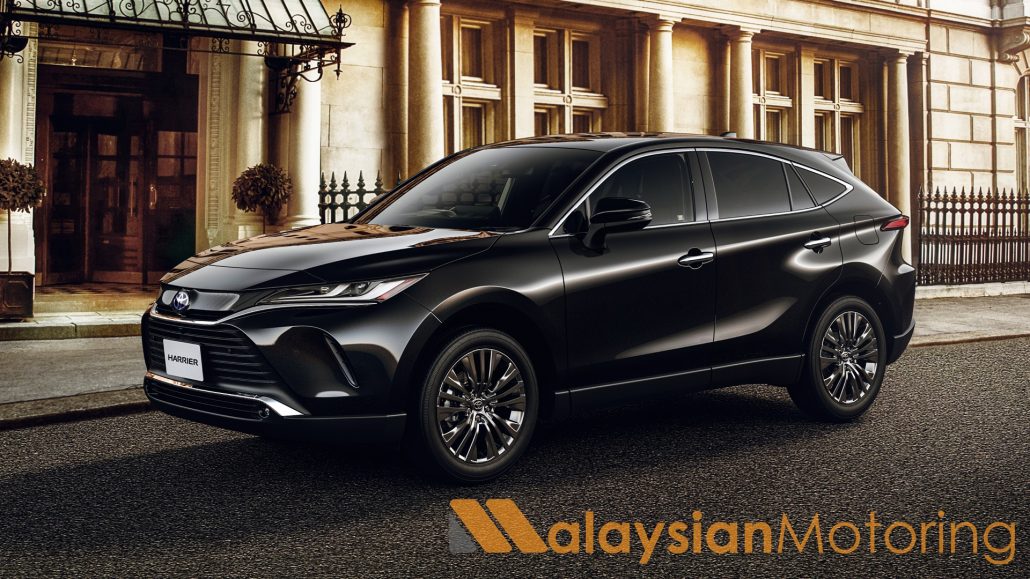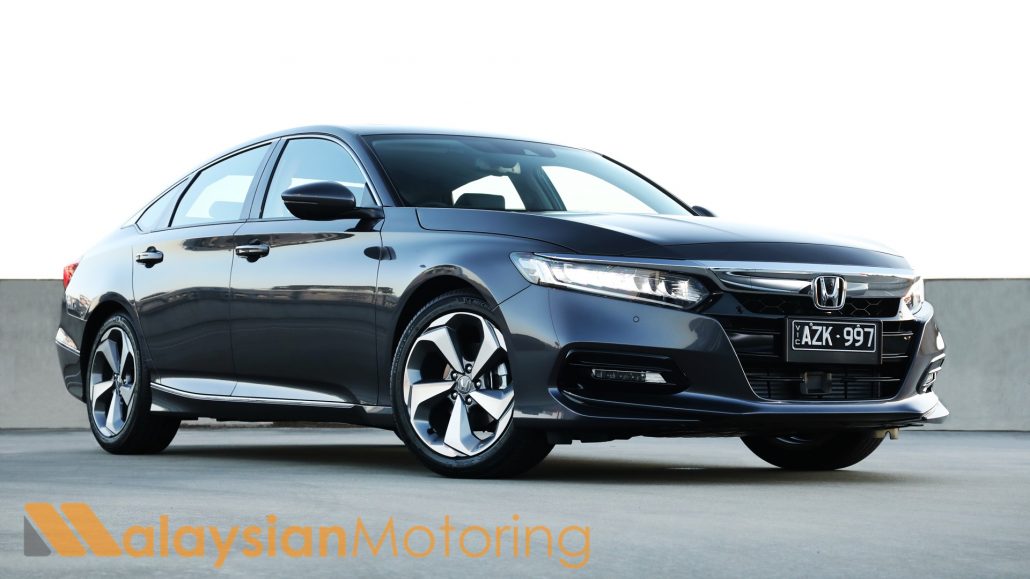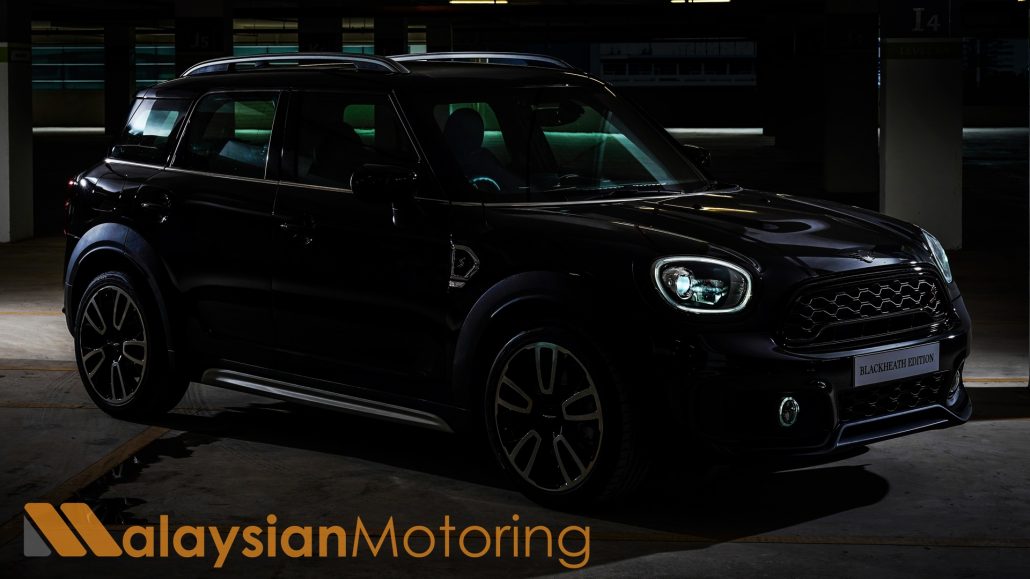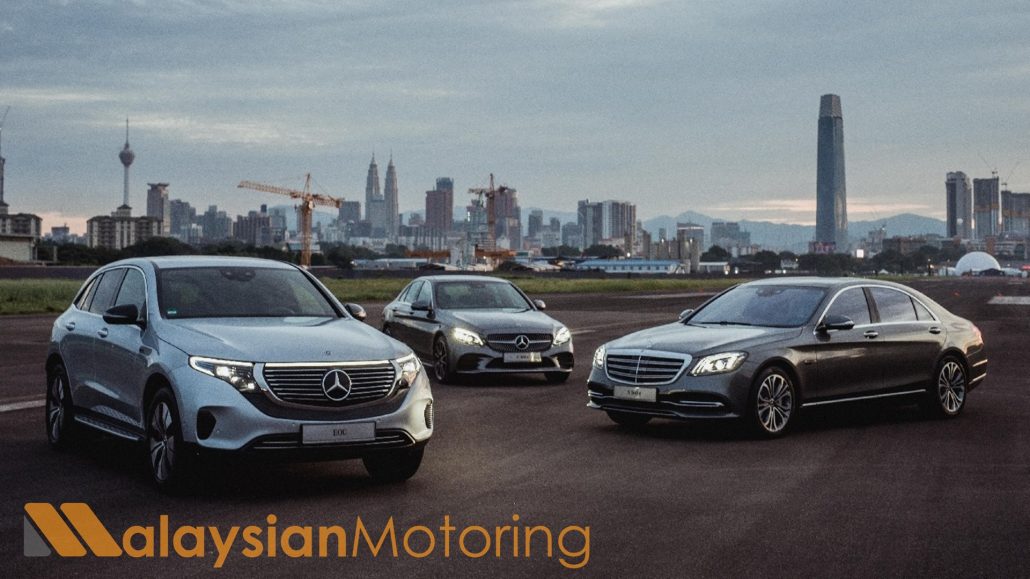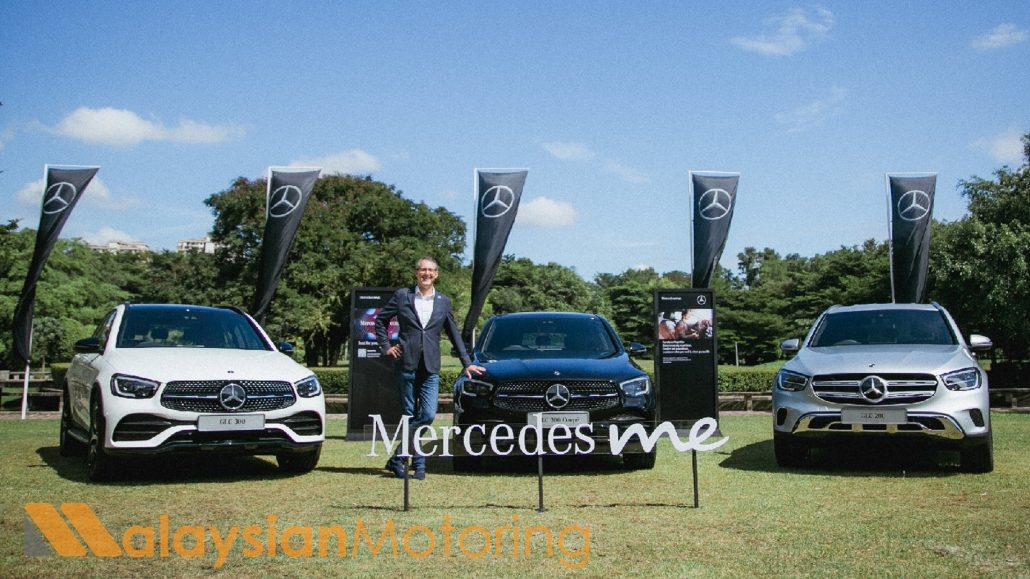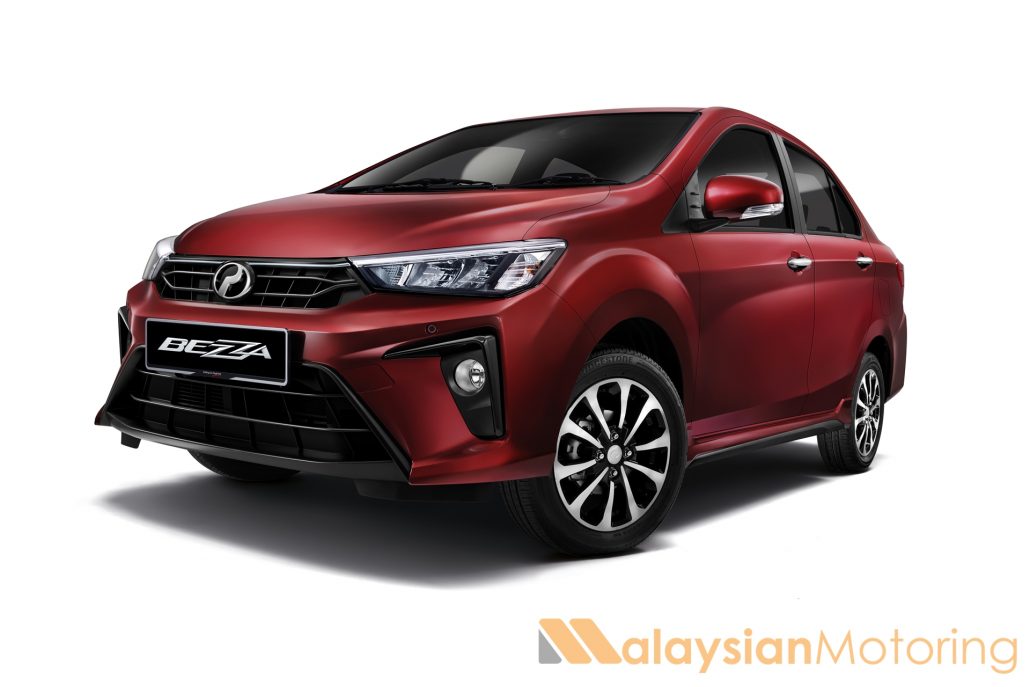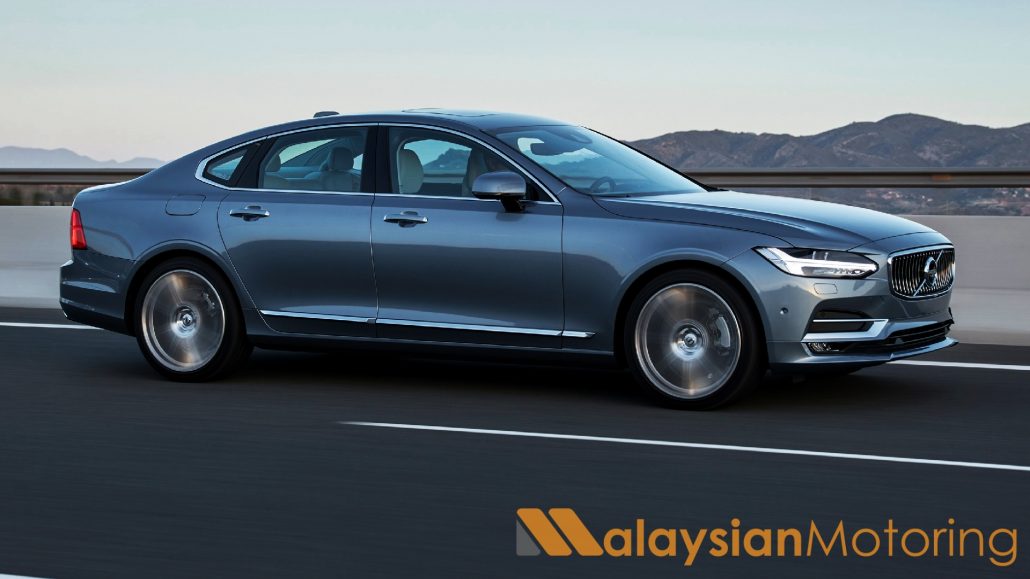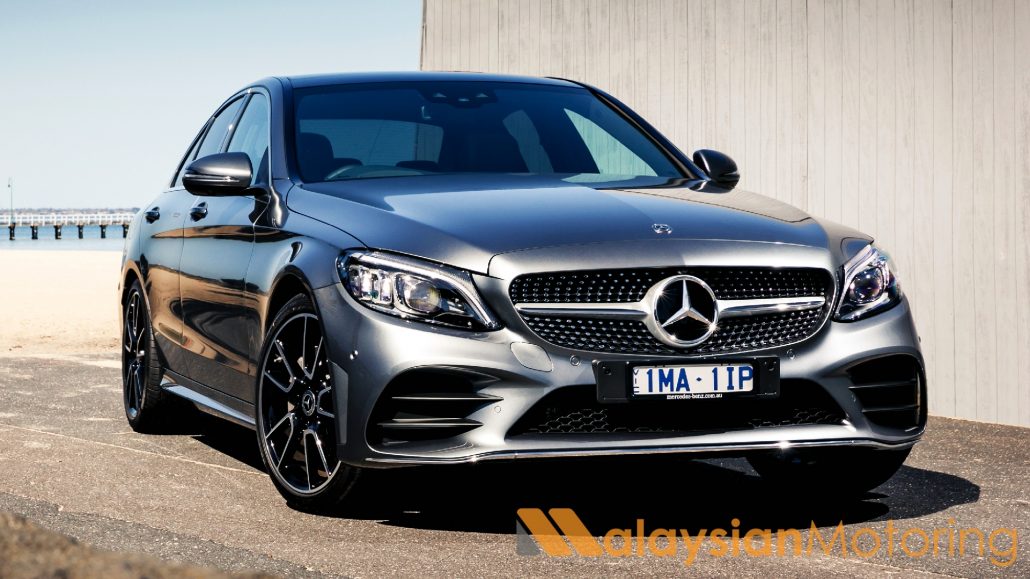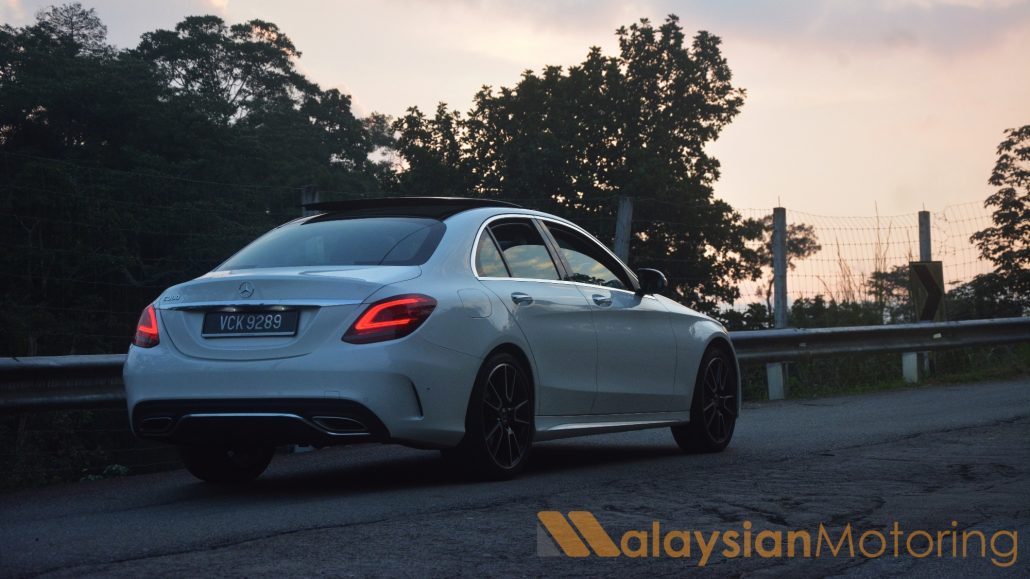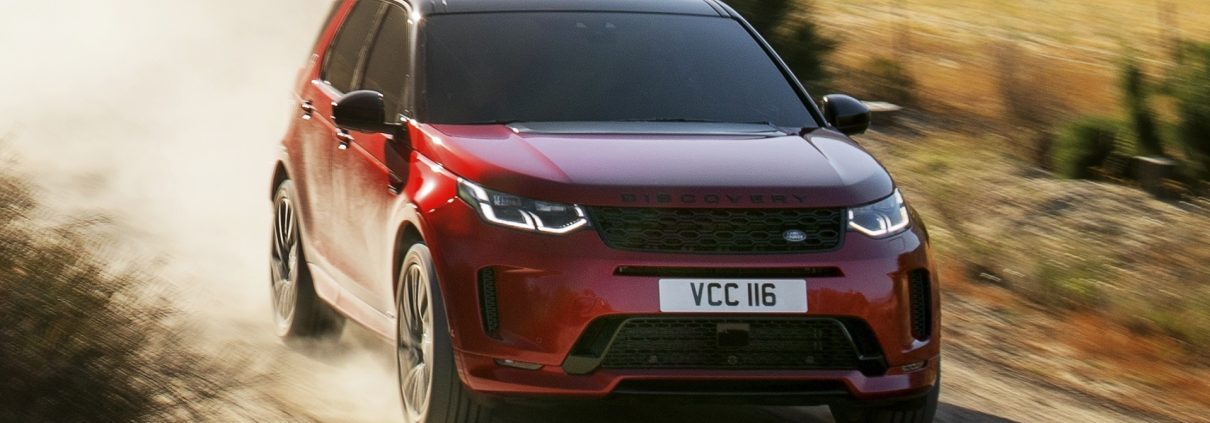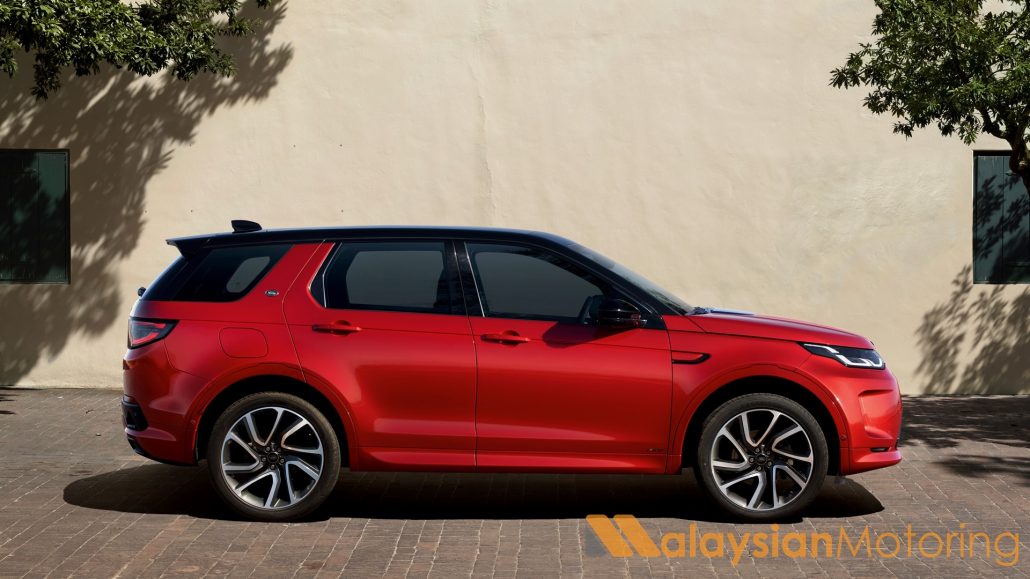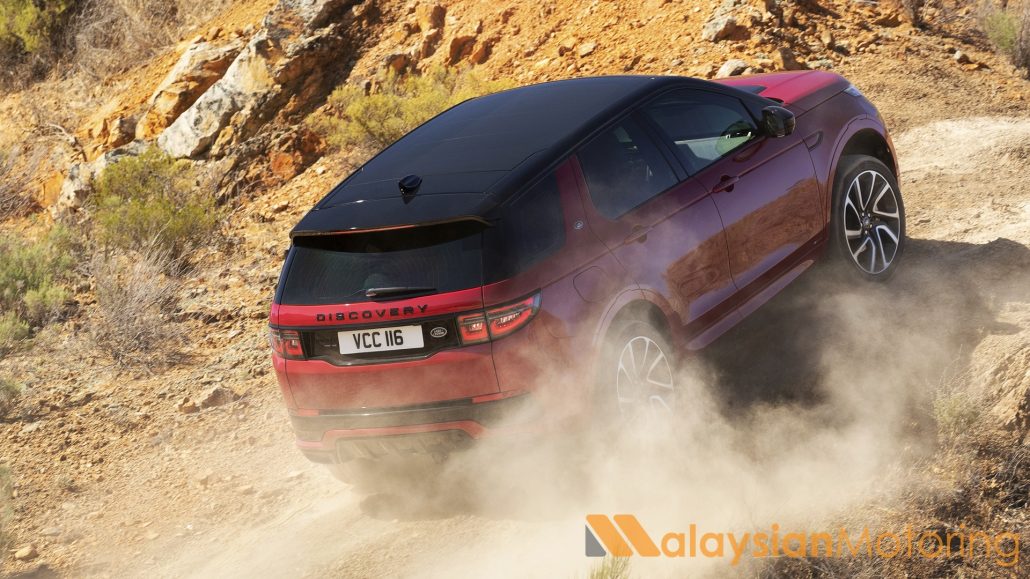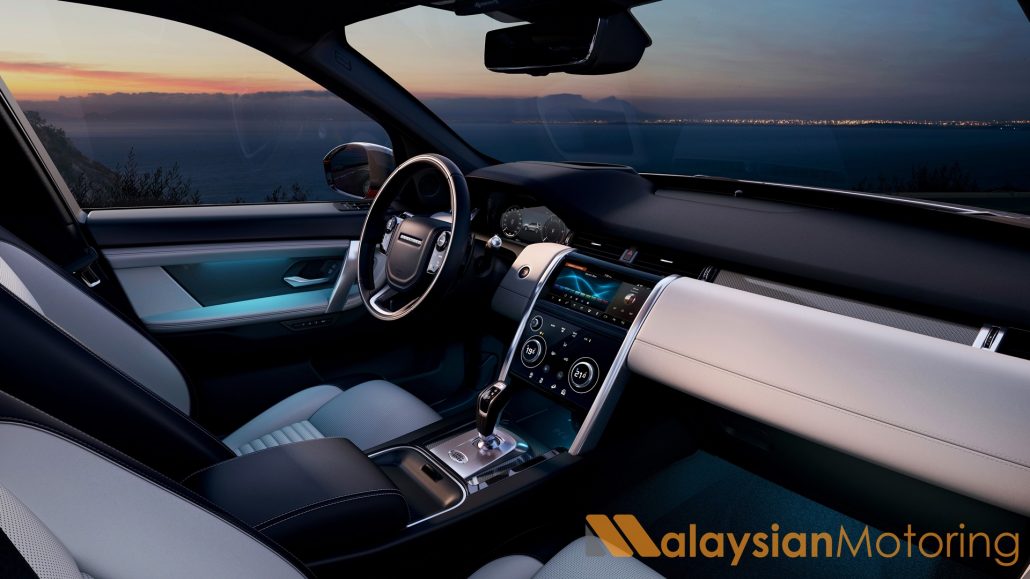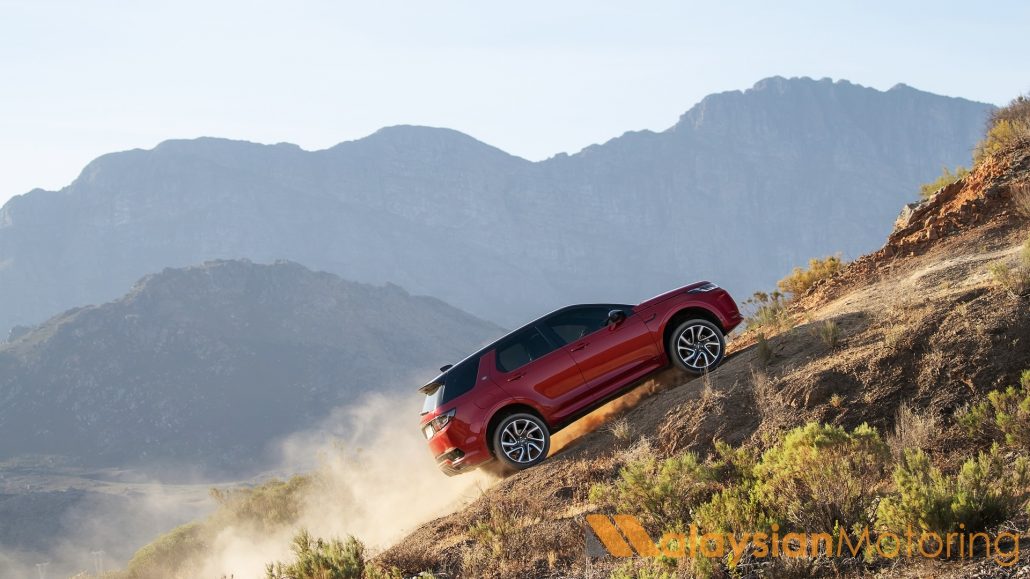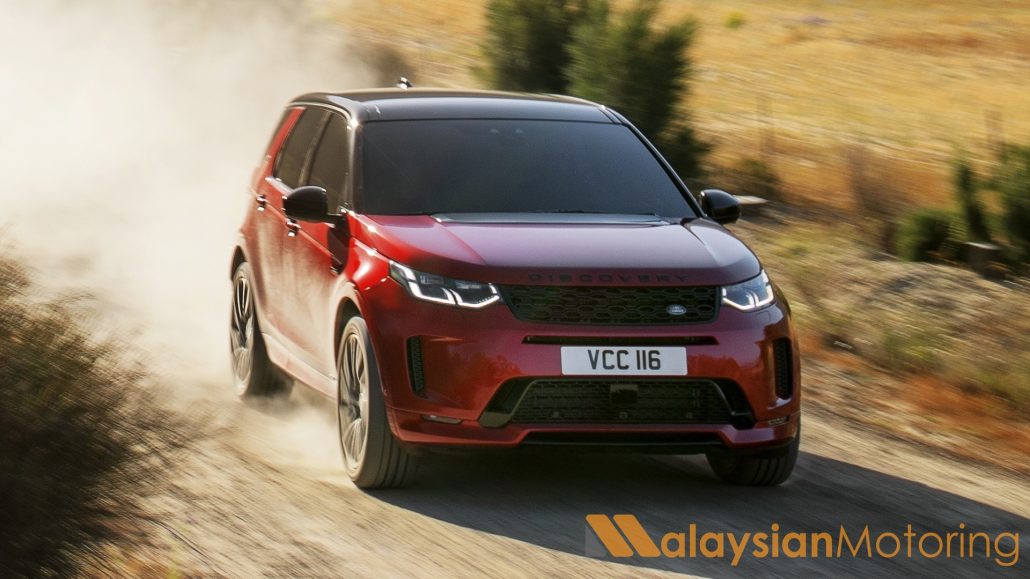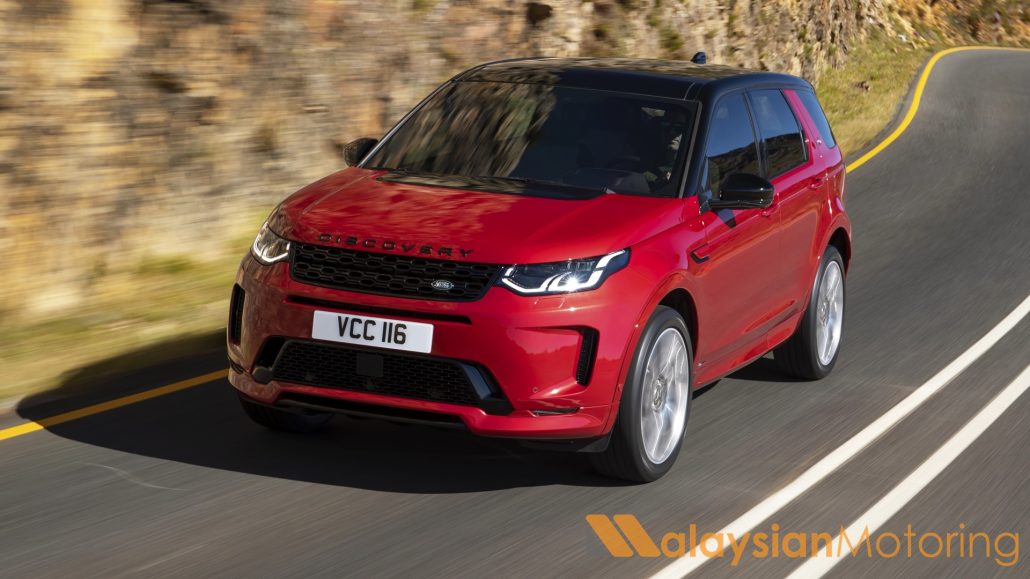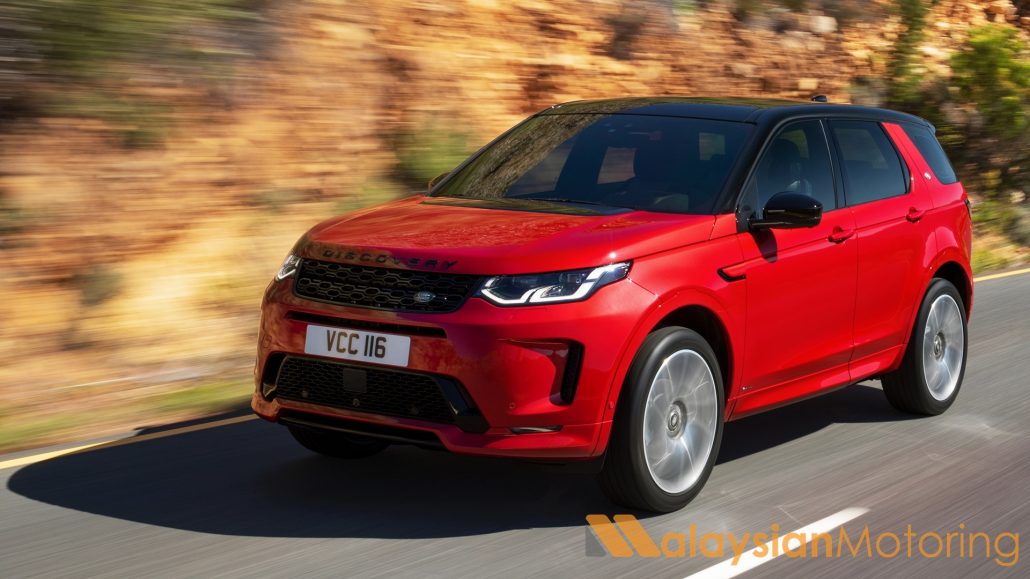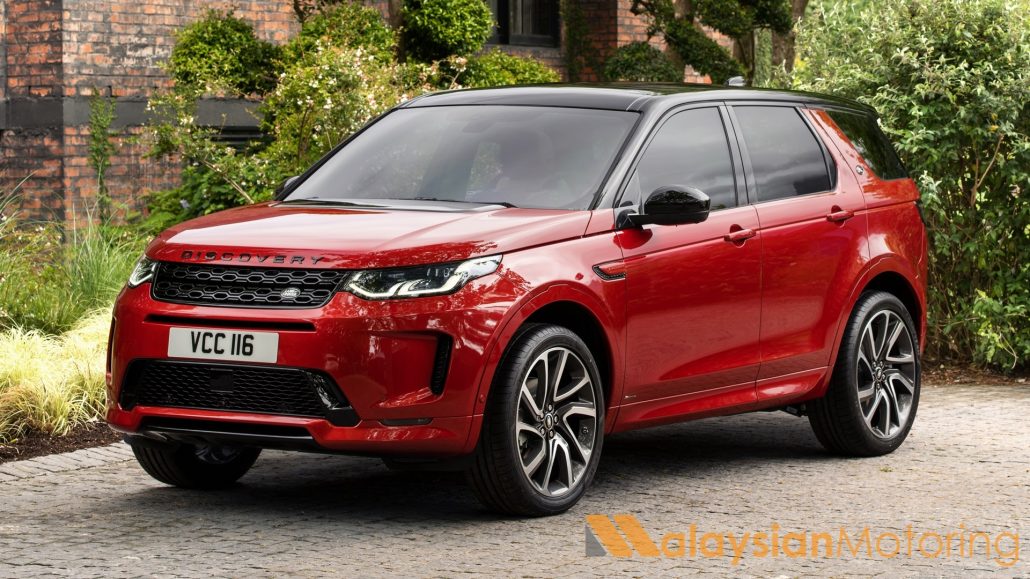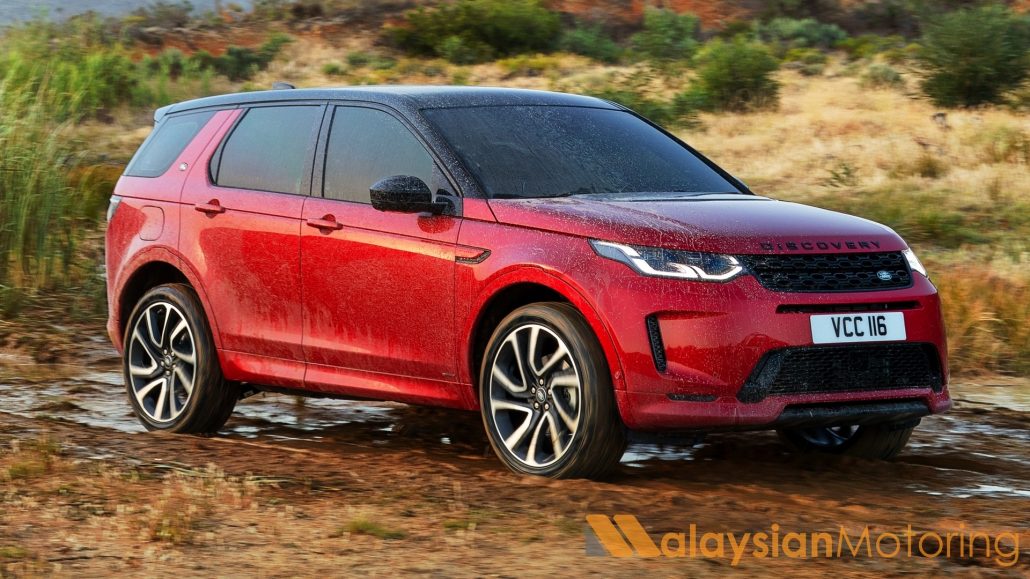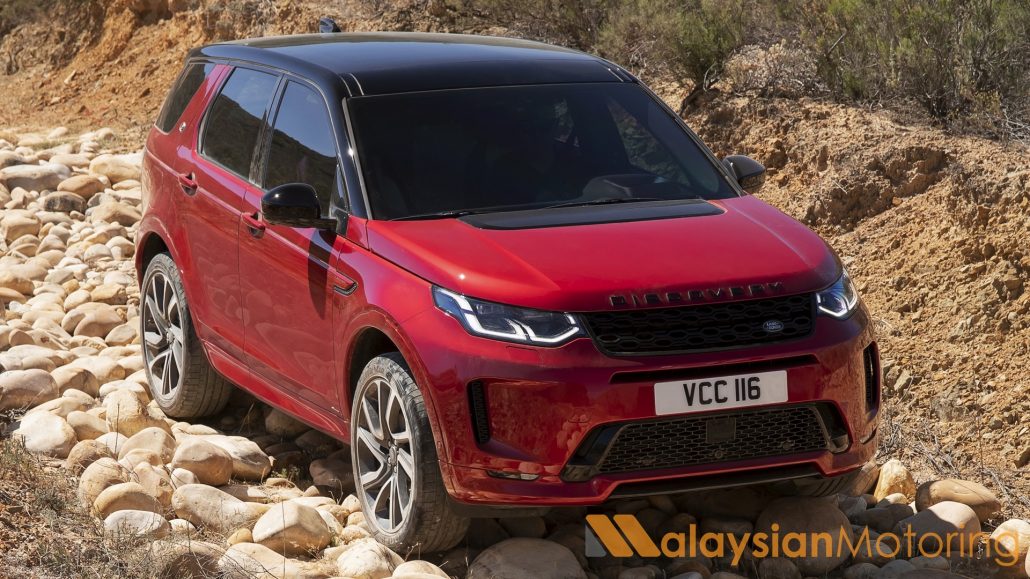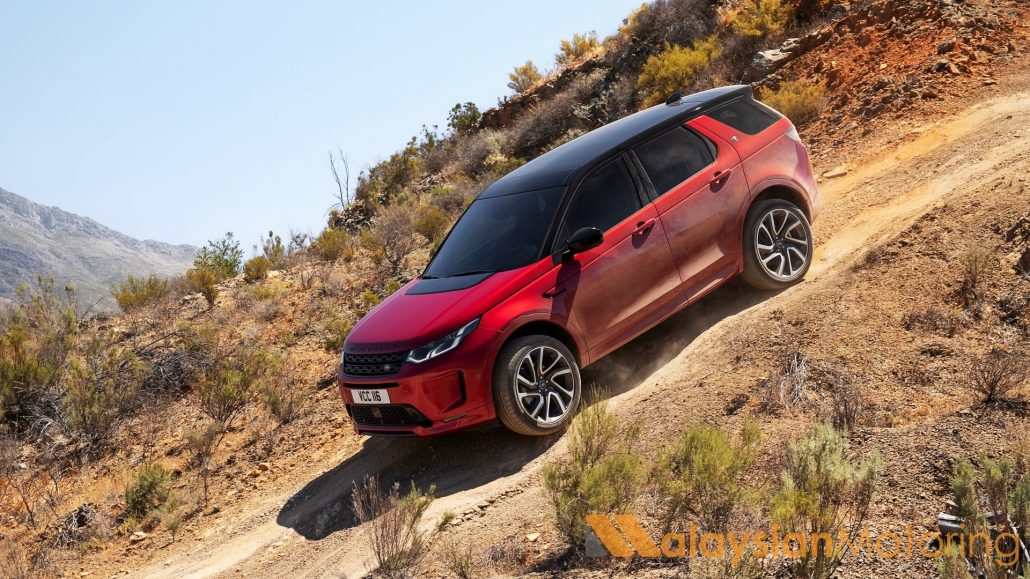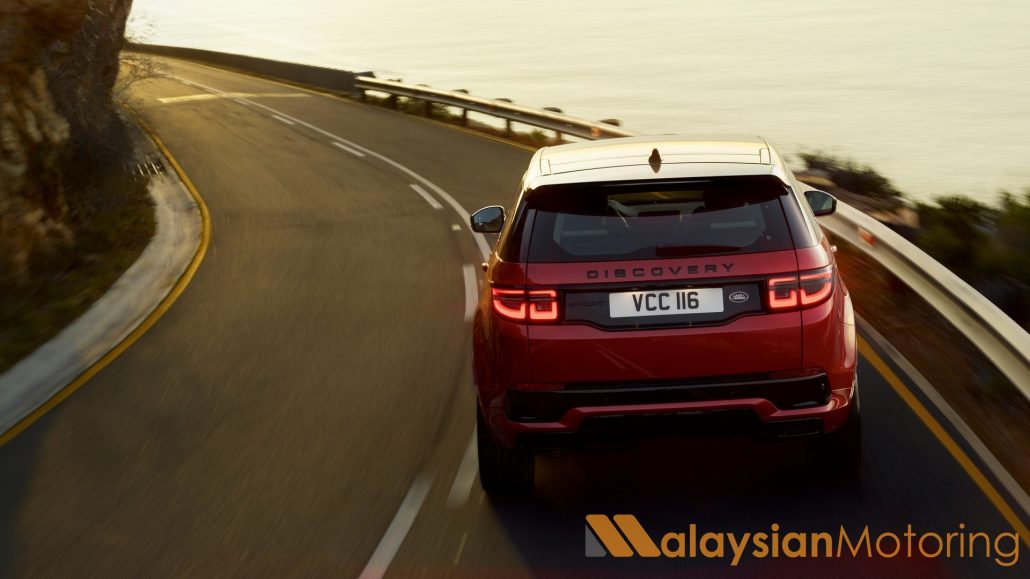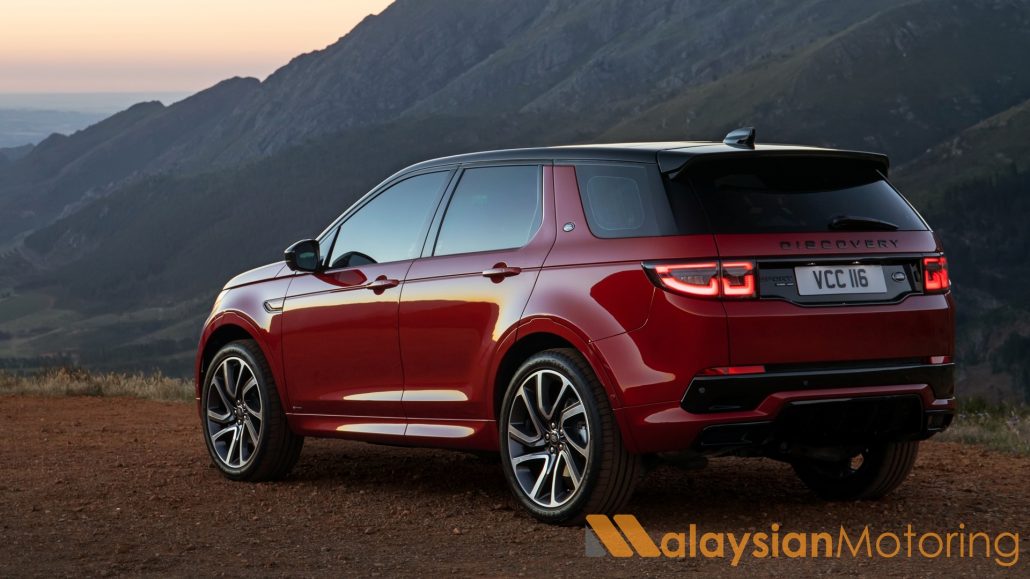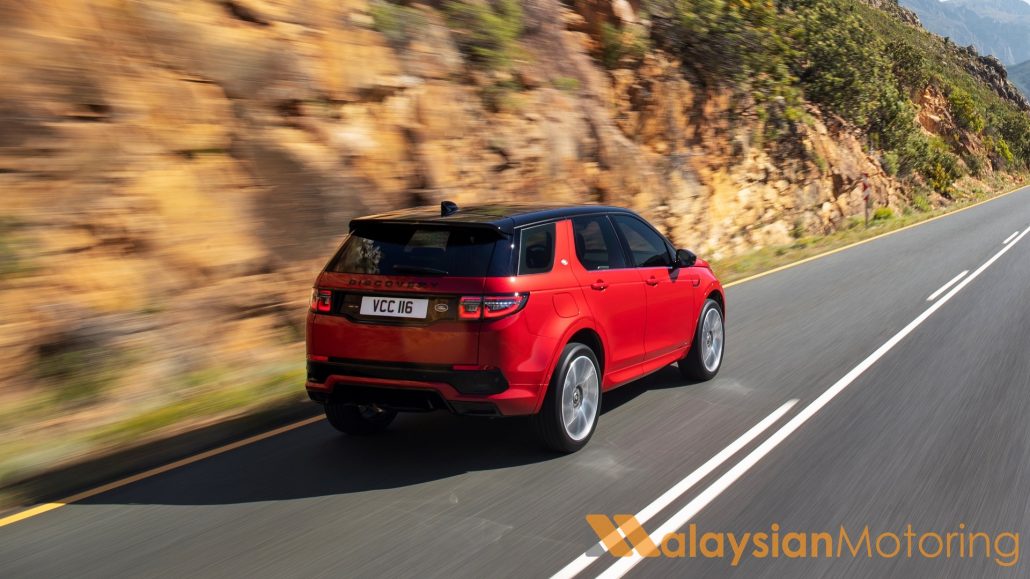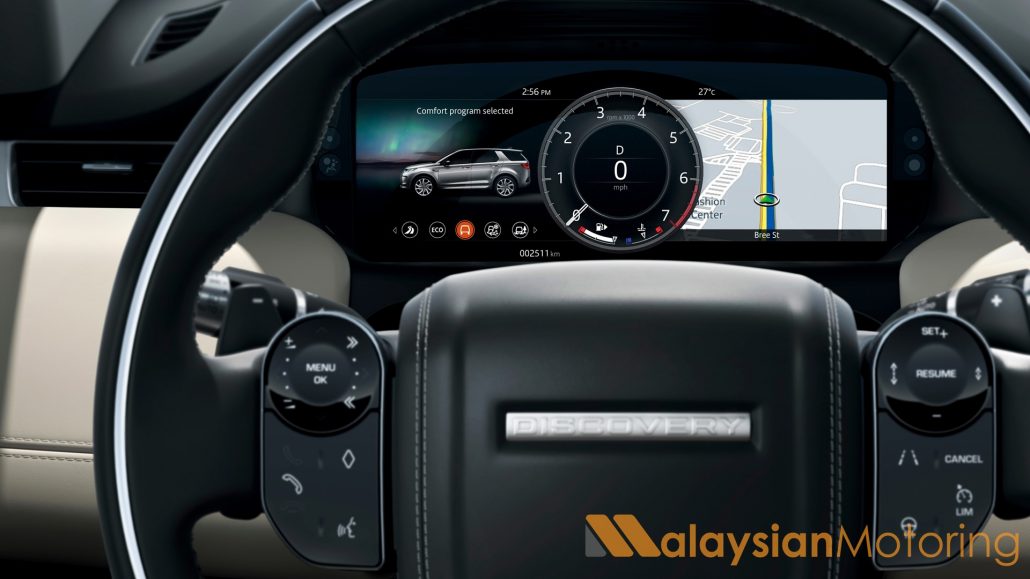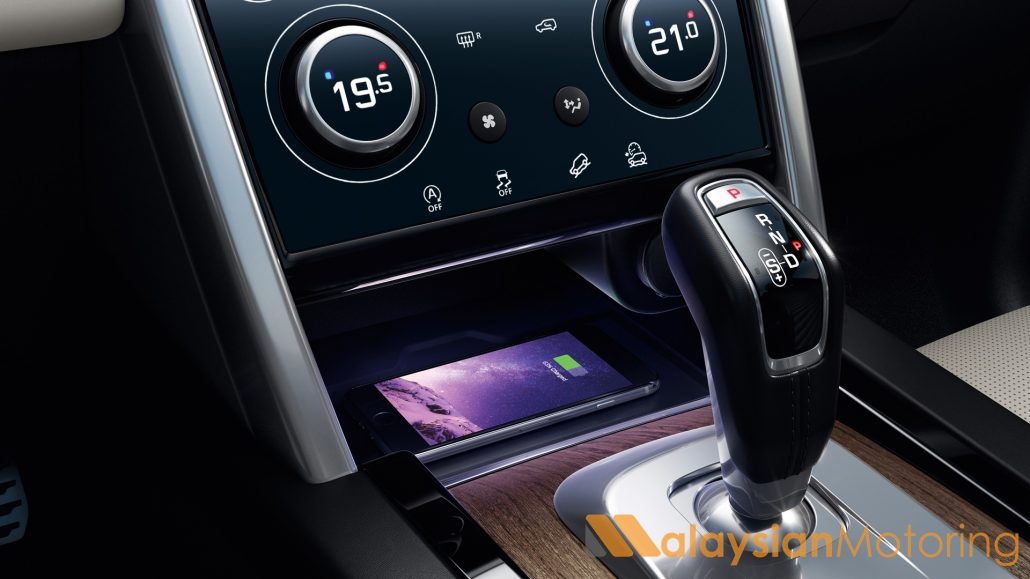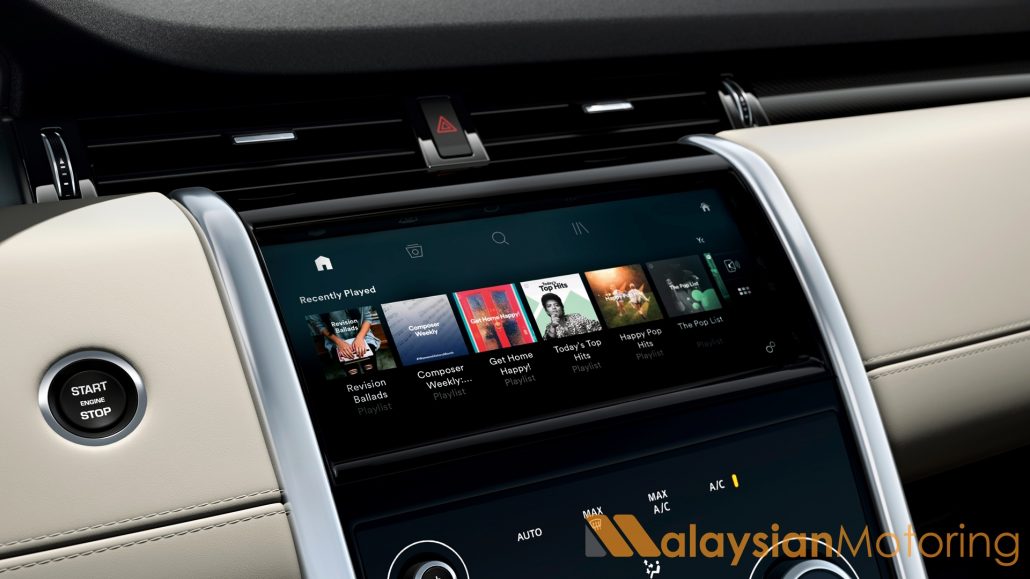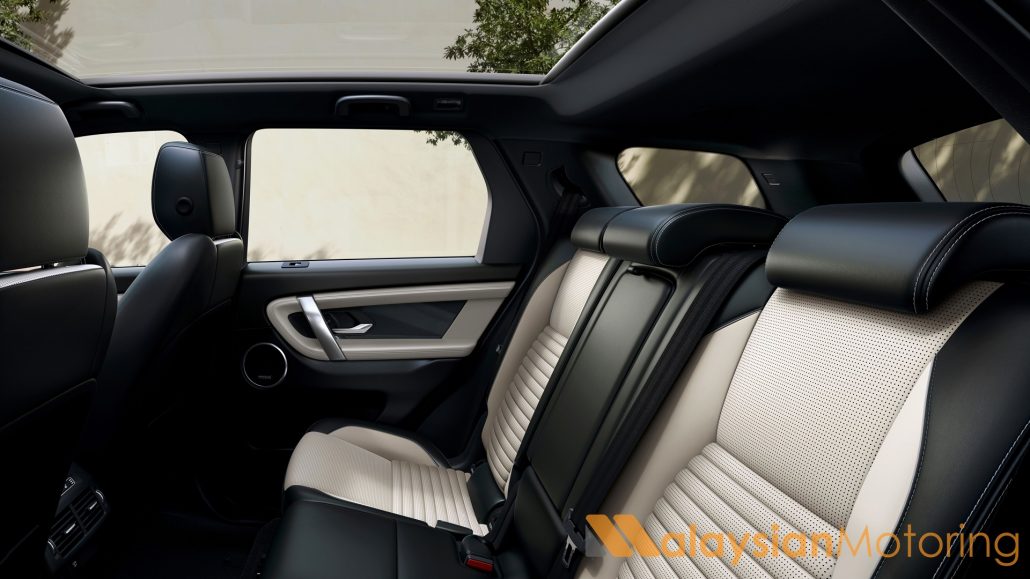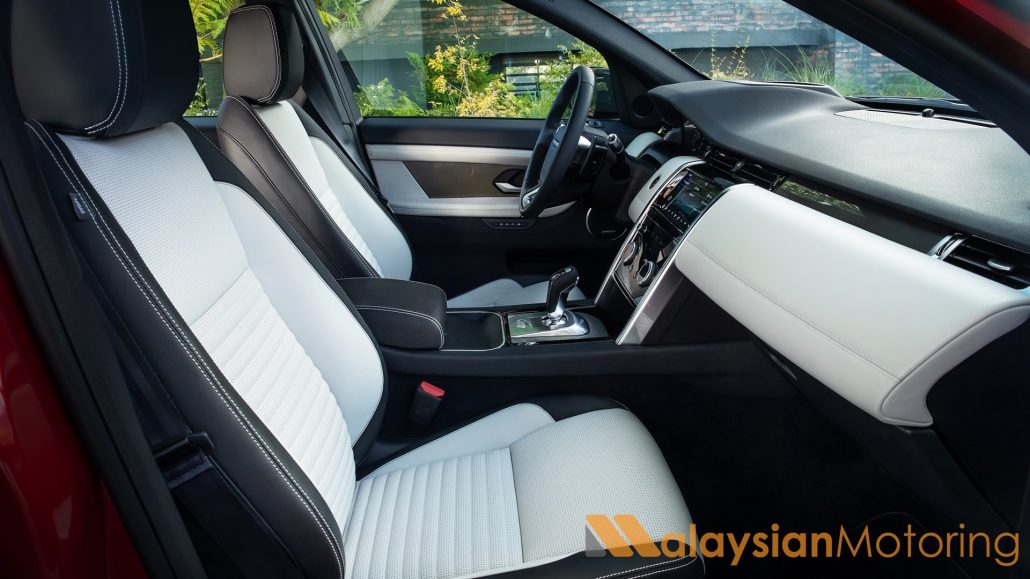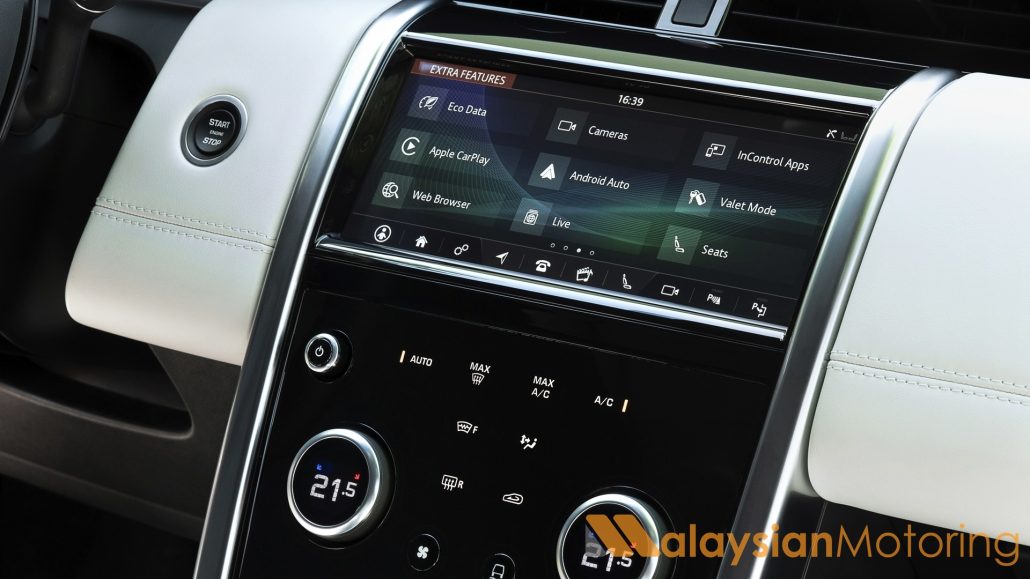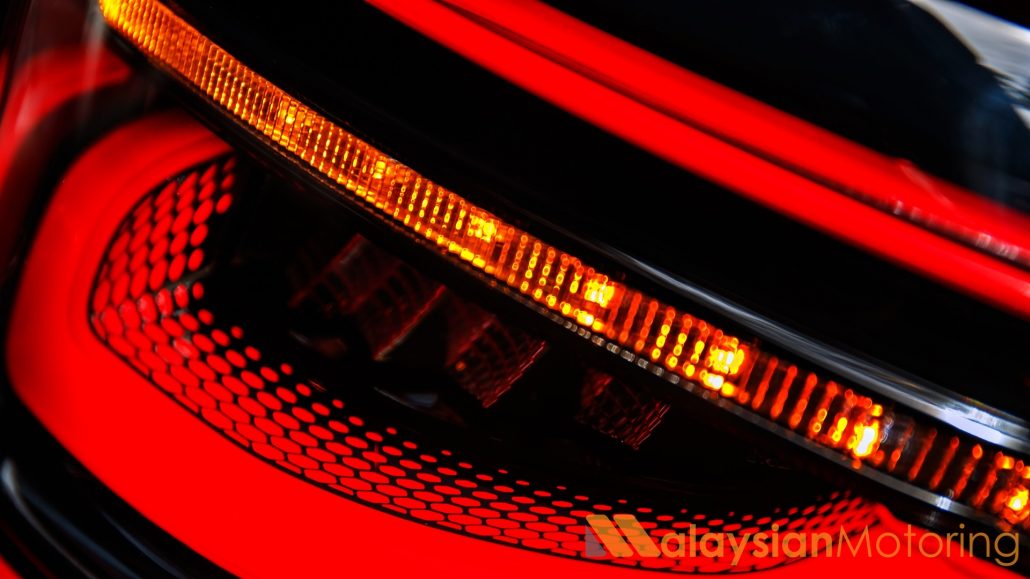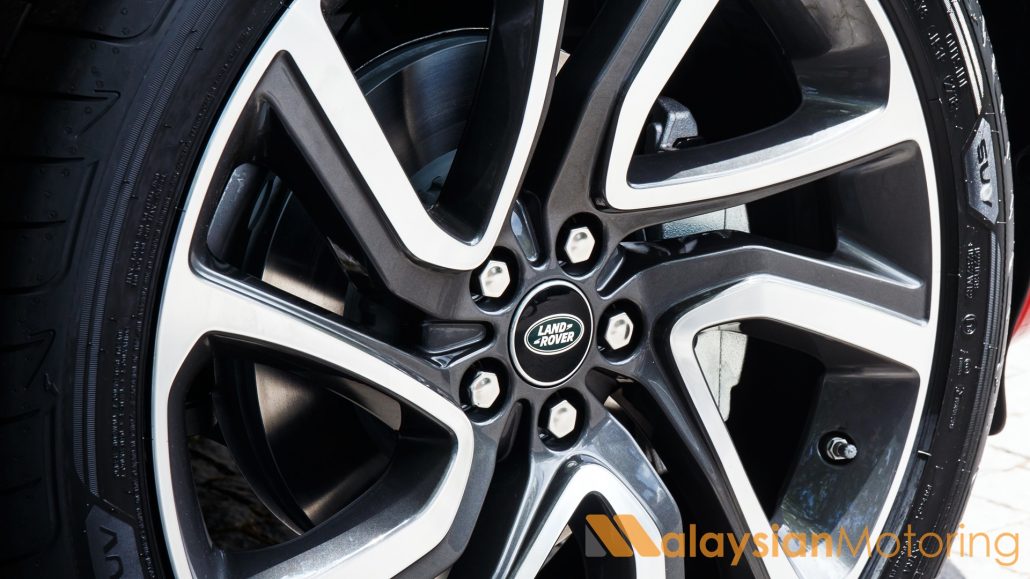Peugeot Facelifts 3008 For 2021 – New Looks, Tech, PHEV
With SUVs still all the rage, French marque Peugeot has unveiled its mid-life update to its popular 3008 SUV which now carries the very latest iteration of its design language as well as its most cutting-edge technological and engineering features. The 3008 now looks more in line with the updated 208, 2008, and 508 models, ensuring that it’ll remain relevant on showroom floors for some years to come.
The biggest update, naturally, is the frames grille – blending seamlessly into the bumper, the horizontal slats cut inward into the bumper itself to make it look properly integrated. This of course blends smoothly into the headlights and air intakes, with the former now featuring Peugeot’s vertical daytime running lights that also double up as indicators.
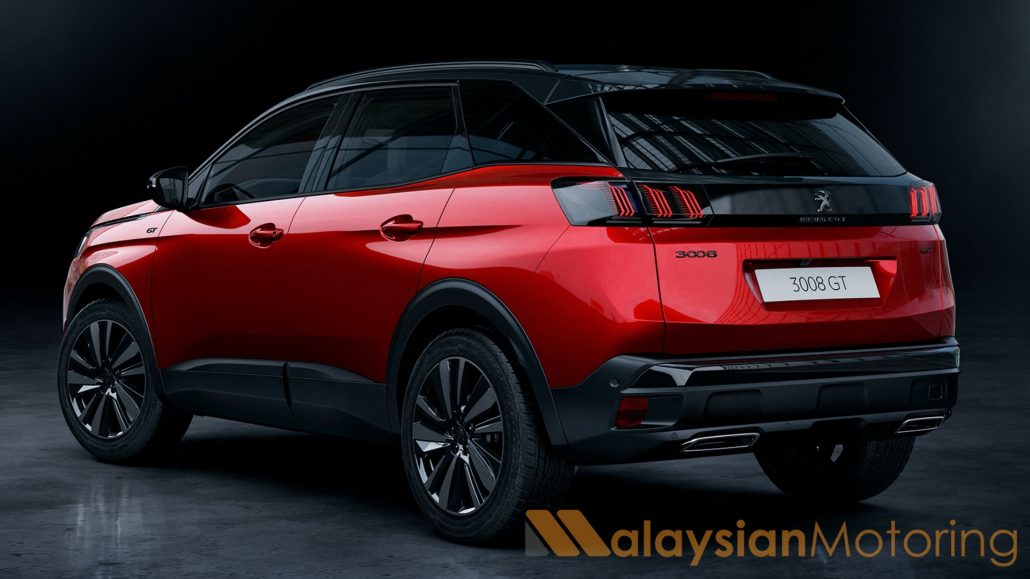
Moving down the side you’ll notice that the ‘bonnet vent’ and side trims have now been finished in black rather than chrome like they used to be. This is to lend the 3008 a more youthful appearance, in keeping with its appeal to younger buyers.
At the rear you now get full-LED, fully tinted taillights with sequential indicators rounding off the exterior changes. You can now get the 3008 in various ‘packs’ like the ‘Active Pack,’ ‘Black Pack,’ and the ‘GT Pack,’ with the latter featuring a unique grille and large 19-inch alloys.
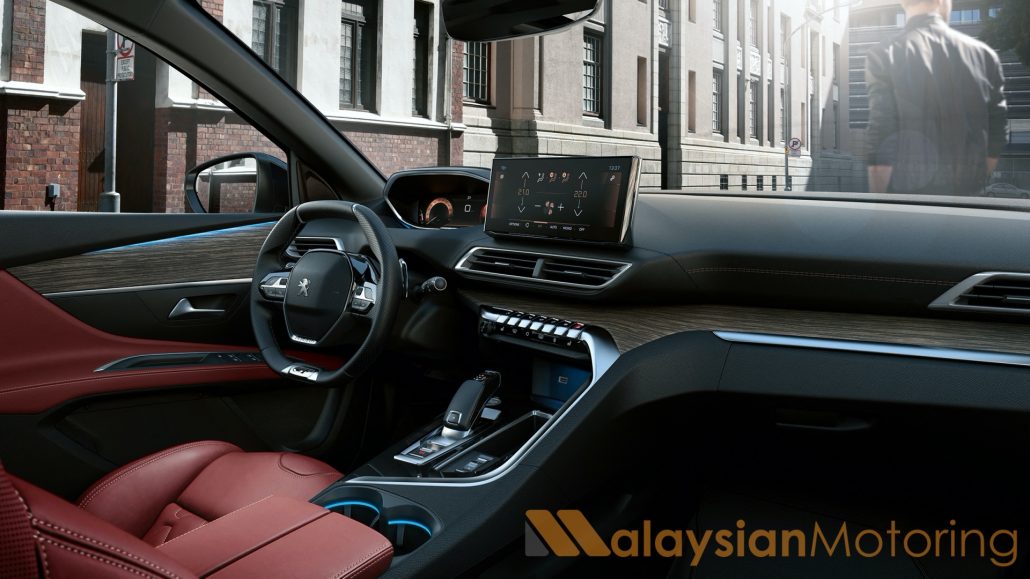
Inside there are more changes to be seen. The compact SUV has bundled in the very latest i-Cockpit suite inside, with a 12.3-inch digital instrument cluster now offering the very latest graphics and rendering, while the touchscreen infotainment display now offers 10-inches of digital real estate (which still offers up CarPlay, Android Auto, and MirrorScreen).
Standard across the range is the drive mode selector, which allows one to choose between Eco, Normal, and Sport. PHEV models get Electric and Hybrid modes, as well as Sport to choose from. You can have the cabin in a variety of interior upholstery options, though the GT model shown here gets red Nappa leather with faux-Alcantara lining.
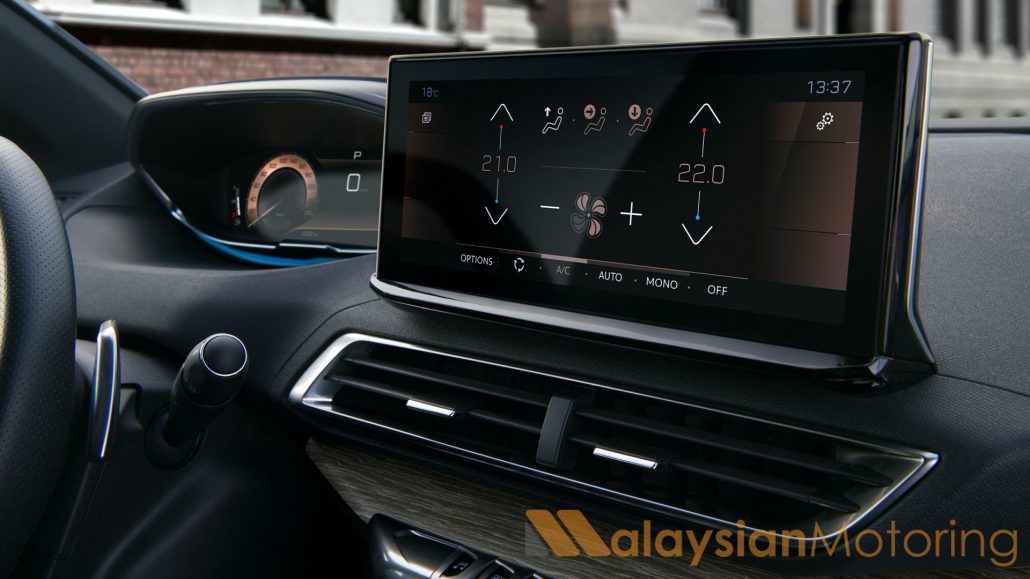
You can deck out the cabin with ‘Dark Lime Wood’ trim with contrasting chrome, as well as a frameless central mirror. You can also option on a 515W Focal audio system with bronze speaker grilles as an option, along with things like massaging seats, a dual-pane sunroof, and others.
In terms of motive force, you get two turbo-petrols and one turbo-diesel, with the range beginning with the PureTech 130. The 1.2-litre three-pot puts out 130hp and 230Nm, and can be paired with either a 6MT or 8AT, with power going only to the front wheels. The PureTech 180 and its 1.6-litre engine may be more familiar to us here in Malaysia, with 180hp and 250Nm on offer, mated to an 8AT. The 1.5-litre BlueHDi diesel engine (which we will probably never see here) makes 130hp but a sizeable 300Nm, with either an 8AT or 6MT pairing.
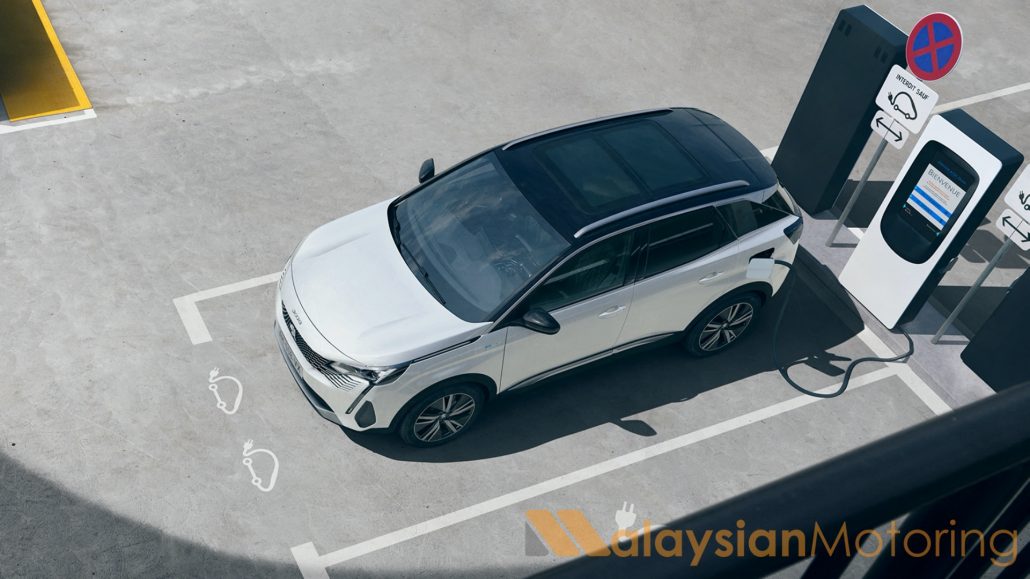
There are a couple of plug-in hybrid options now too, with the newest being the Hybrid 225. This front-wheel drive powertrain produces a total of 225hp and 360Nm by combining the PureTech 180 mill with an 80kW electric motor. The century sprint is dispatched in use 8.7-seconds, while official fuel consumption is rated at around 1.5L/100km.
This accompanies the Hybrid4 300 powertrain which uses the same engine but instead bundles in 2 electric motors (one on each axle to create an e-AWD system). So equipped, the 3008 can hit 100km/h in just 5.9-seconds, thanks to the 300hp and 520Nm on offer.
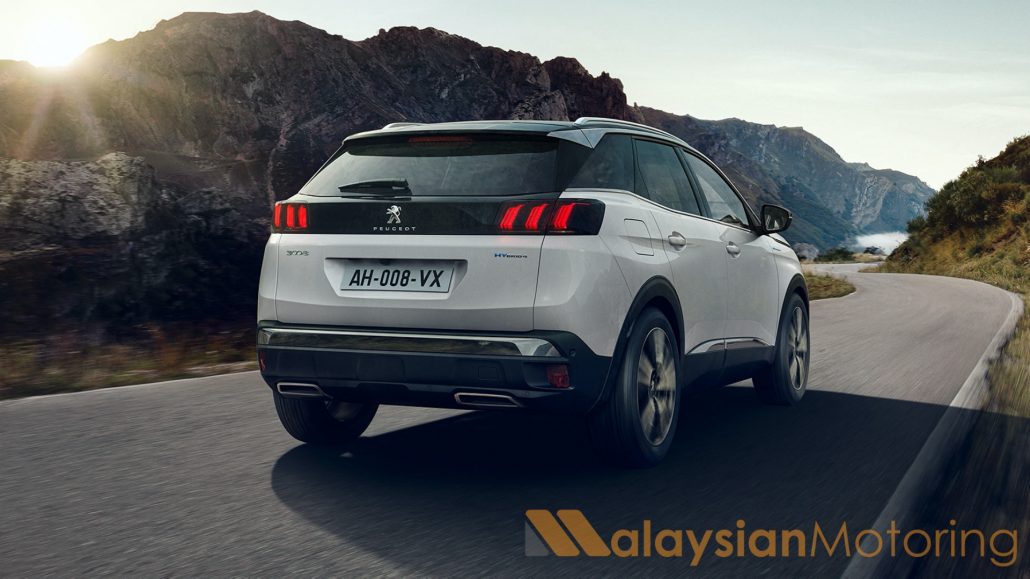
Both Hybrid models come with a 90kWh battery pack, which offers a maximum of 59km range on the WLTP cycle. Via an 8A domestic plug socket, expect the battery to be recharged from 0-100% in 7-hours, though a 14A outlet will cut that down to 4-hours. With a 7.4kW wallbox, the same charge can be completed in just 1.45-hours. Peugeot assures that its Hybrid batteries are guaranteed for 8yrs/160,000km to retain 70% capacity.
On the safety front, the new Peugeot 3008 looks pretty comprehensively equipped. It offers adaptive cruise control, 360º cameras with auto-parking function, lane-keep assist, driver drowsiness alert, high-beam assistance, blind-spot monitoring, speed-sign recognition, advanced grip control, night vision, and autonomous emergency braking up to 140km/h.
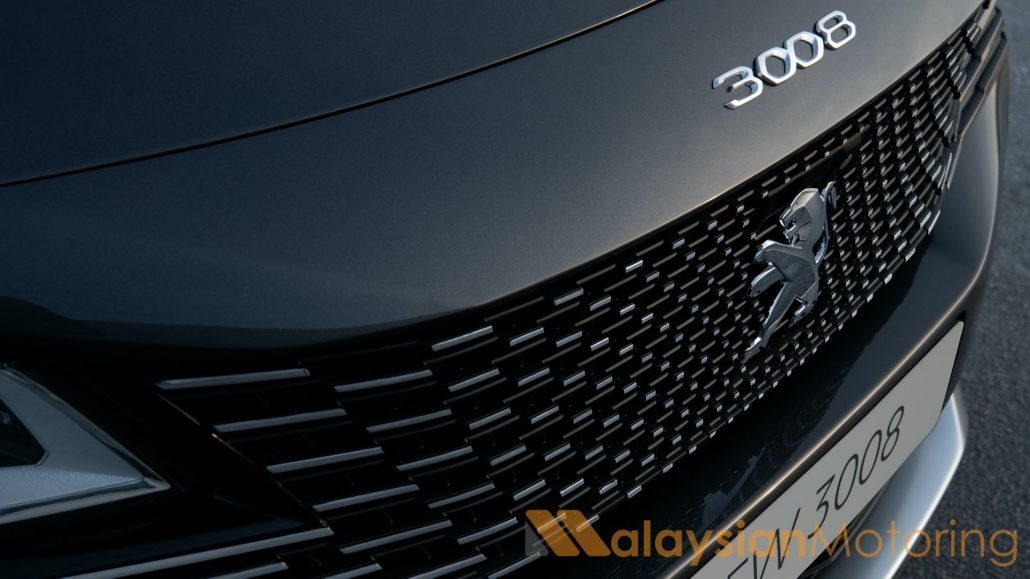
What do you think of the new Peugeot 3008? Reckon its latest styling updates are good enough to tempt you out of a PROTON X70, Mazda CX-5, or Honda CR-V perhaps? Let us know in the comments below.
GALLERY: 2021 Peugeot 3008 GT
GALLERY: 2021 Peugeot 3008 Hybrid4 300


